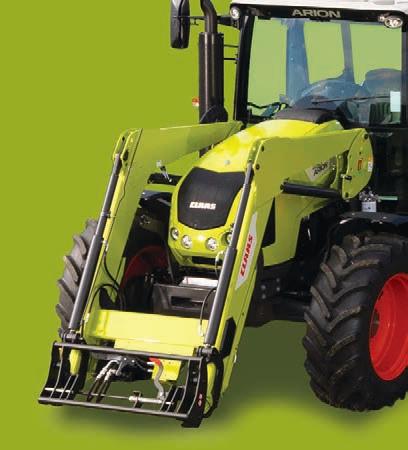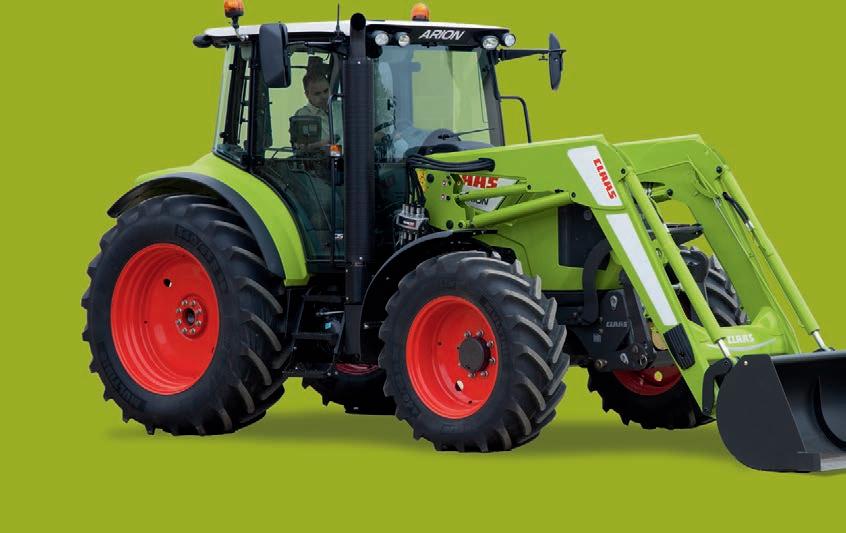








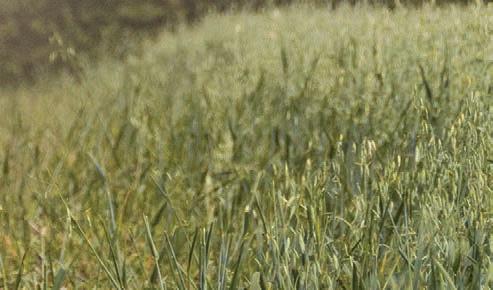

























































Vol




































































Vol

TNeal Wallace MARKETS Lamb
HE hoped-for boost to lamb prices from Chinese New Year celebrations has failed to materialise.
Dave Courtney, the chief customer officer at Silver Fern Farms, described sales from the annual celebrations held this year on February 10 as “subdued”.
“Overall, the Chinese New Year period was relatively subdued compared to previous years,” he said.
AgriHQ senior analyst Mel Croad said that is also her understanding and consistent with a lacklustre Chinese economy, which affects pricing and sales for high-value products such as meat.
Chinese traditionally celebrate the 15-day lunar Chinese New Year festival with family gatherings centred on food.
China took 56% of New Zealand sheepmeat exports last year, and exporters had hoped the new year celebrations would boost lamb prices, which are currently about 25% lower than last season.
Courtney said Chinese consumers remain cautious due to the effects of deflation, a weak property sector and high local government debt, but the country remains an important market for exporters.
“The Chinese market gives us optionality and the ability to move volumes, which helps to create price tension in other markets and also maximise the value we can make from the whole carcase.”
The global sales director for the Alliance Group, James McWilliam, said consumer demand in China remains weak due to cost-ofliving pressures and stagnating incomes.
“The food service sector, which is where a significant amount of our products are consumed, continues to be weak.”
View
Dave Courtney Silver Fern Farms
The market is being inundated with greater volumes of cheap South American beef, and Australia continues to export large volumes of mutton.
“Although it is early days, there are indications of increased sales activity post-Chinese New Year so we will be focused on leveraging this to support increased consumption over the coming months,” said McWilliam.
Continued page 3
5
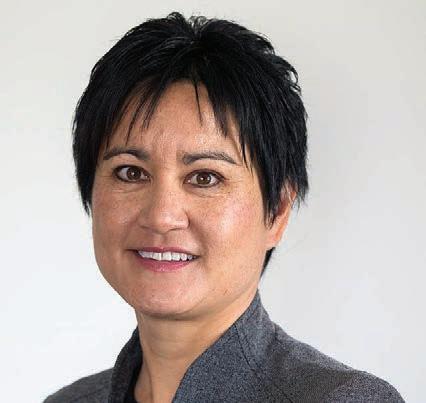
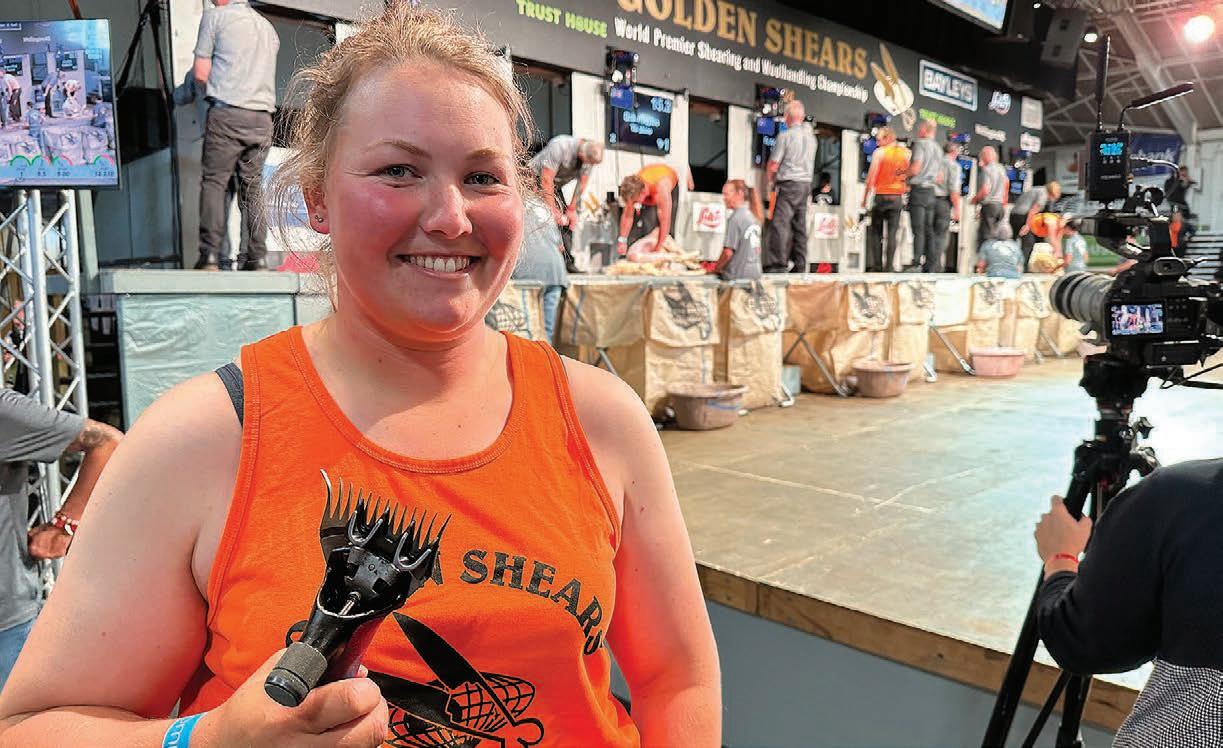
Katie Smith was one of the competitors in the junior shearing heats at the Golden Shears in Masterton at the weekend. It was her first time competing – “It’s a bucket list thing!” she says. Smith learnt to shear while working with her shearer husband and was pushed to enter by her family, who shear their own sheep on their 540 hectare sheep and beef property at Alfredton, Wairarapa.
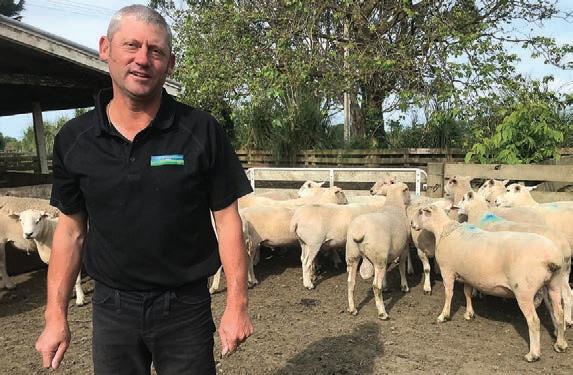
NEWS 3
William Morrison, like his father John before him, has always believed in the future of Wiltshire shedding sheep.
Increasing productivity growth by 1% would unlock tens of billions of dollars in economic value.
NEWS 13

As tough years for Synlait follow an era of remarkable growth, Keith Woodford looks at its future.
OPINION 17












EDITORIAL
Bryan Gibson | 06 323 1519
Managing Editor bryan.gibson@agrihq.co.nz
Craig Page | 03 470 2469 Deputy Editor craig.page@agrihq.co.nz
Claire Robertson
Sub-Editor claire.robertson@agrihq.co.nz
Neal Wallace | 03 474 9240
Journalist neal.wallace@agrihq.co.nz
Gerald Piddock | 027 486 8346
Journalist gerald.piddock@agrihq.co.nz
Annette Scott | 021 908 400
Journalist annette.scott@agrihq.co.nz
Hugh Stringleman | 09 432 8594 Journalist hugh.stringleman@agrihq.co.nz
Richard Rennie | 027 475 4256 Journalist richard.rennie@agrihq.co.nz
Nigel Stirling | 021 136 5570 Journalist nigel.g.stirling@gmail.com
PRODUCTION
Lana Kieselbach | 027 739 4295 production@agrihq.co.nz
ADVERTISING MATERIAL
Supply to: adcopy@agrihq.co.nz
SUBSCRIPTIONS
0800 85 25 80 subs@agrihq.co.nz
PRINTER
Printed by Stuff Ltd
Delivered by Reach Media Ltd
Andy Whitson | 027 626 2269
Sales & Marketing Manager andy.whitson@agrihq.co.nz
Andrew Fraser | 027 706 7877
Auckland/Northland Partnership Manager andrew.fraser@agrihq.co.nz
Jody Anderson | 027 474 6094
Waikato/Bay of Plenty Partnership Manager jody.anderson@agrihq.co.nz
Palak Arora | 027 474 6095
Lower North Island Partnership Manager palak.arora@agrihq.co.nz
Omid Rafyee | 027 474 6091
South Island Partnership Manager omid.rafyee@agrihq.co.nz
Julie Gibson | 06 323 0765
Marketplace Partnership Manager classifieds@agrihq.co.nz
Andrea Mansfield | 027 602 4925
National Livestock Manager livestock@agrihq.co.nz
Real Estate | 0800 85 25 80 realestate@agrihq.co.nz
Word Only Advertising | 0800 85 25 80 Marketplace wordads@agrihq.co.nz
Dean and Cushla Williamson
Phone: 027 323 9407
dean.williamson@agrihq.co.nz
cushla.williamson@agrihq.co.nz
Farmers Weekly is Published by AgriHQ PO Box 529, Feilding 4740, New Zealand
Phone: 0800 85 25 80
Website: www.farmersweekly.co.nz
ISSN 2463-6002 (Print)
ISSN 2463-6010 (Online)
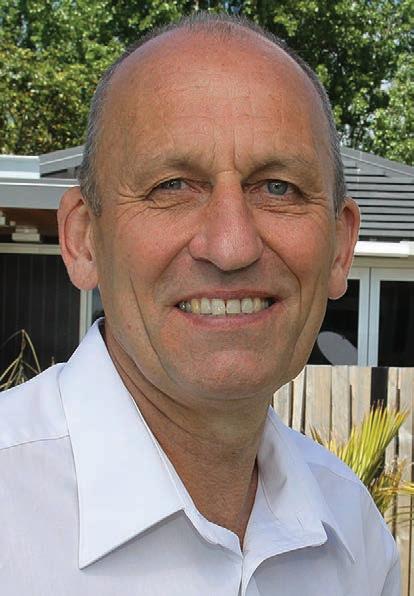
DairyNZ is partnering with Irish researchers to better understand methane emissions from pasture-based farm systems.
The four-year project, which started February, will see experts from DairyNZ and Ireland’s Agriculture and Food Development Authority, University College Cork and the Irish Cattle Breeding Federation working together to quantify methane emissions from dairy cows in pasture-based systems.
Listed honey company Comvita has disclosed an unsolicited, non-binding indicative offer for all shares from a credible overseas party.
The proposal is highly conditional, and the party has indicated it would prefer to implement any acquisition by a negotiated scheme of arrangement. The Comvita share price jumped 90c on the news, from $1.75 to $2.65. However, it had fallen by 50% over the past two years, down from $3.50.
Agritourism NZ has launched an agritourism academy.
Founder Marijke Dunselman said the accelerator programme workshops that were previously hosted across the country have ended. The new academy is more comprehensive, with pre-recorded courses for farmers who want to begin an agritourism business as a way to diversify.
People Expo events are back, providing dairy farmers with opportunities to better understand workforce dynamics, and get ideas on actions they can take to find and keep great people.
DairyNZ and Dairy Women’s Network are partnering to deliver four People Expo events in Northland, Bay of Plenty, Manawatū-Whanganui and Southland in March.
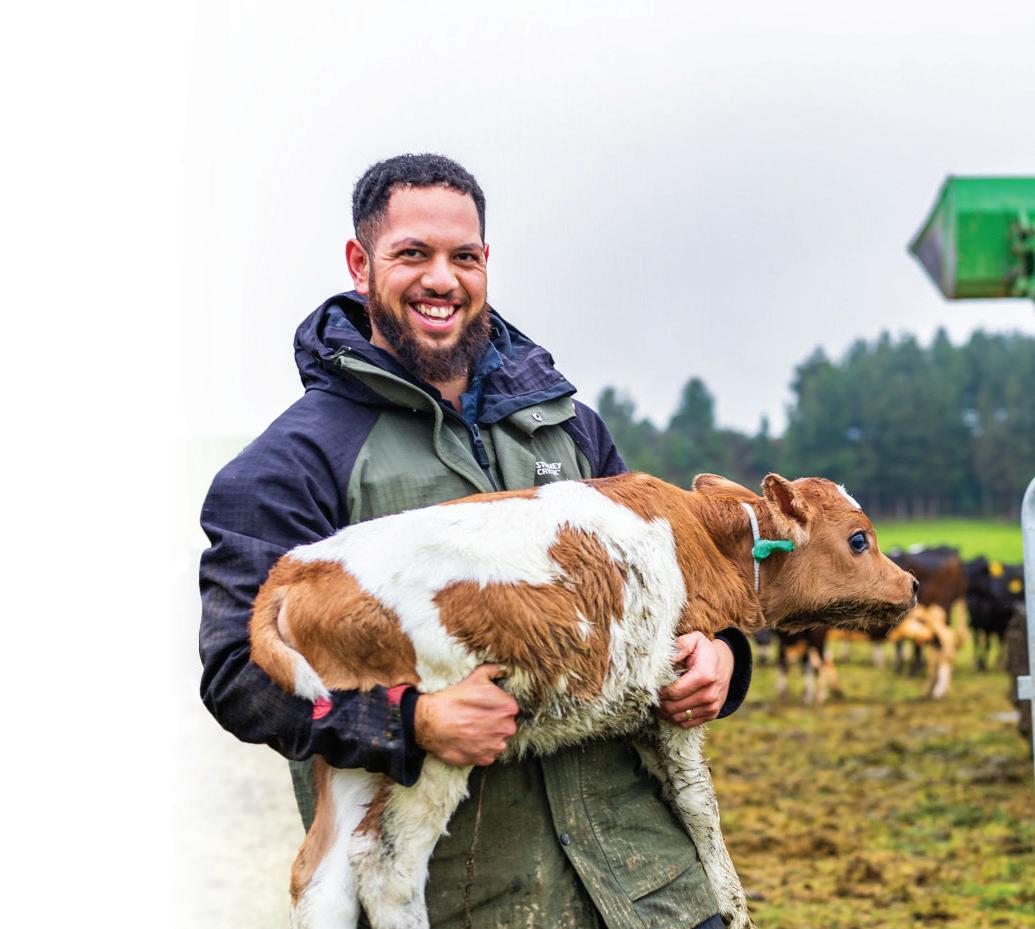
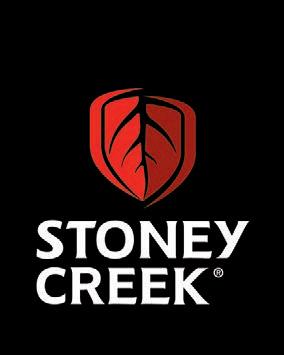

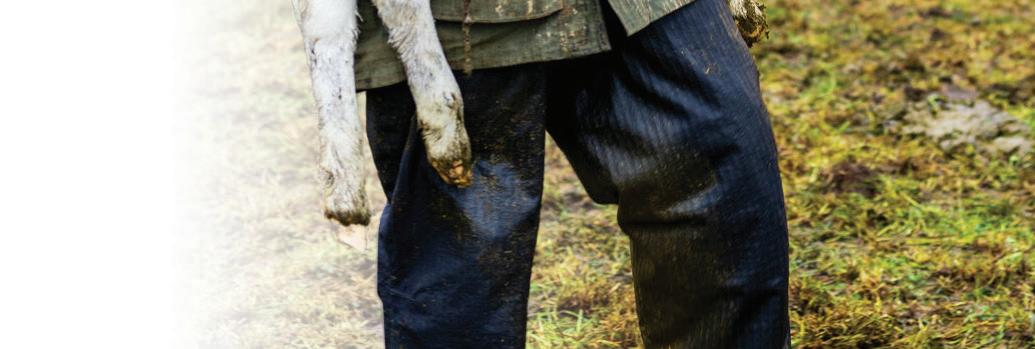

 Neal Wallace PEOPLE Employment
Neal Wallace PEOPLE Employment
WELSH-born Myfanwy Alexander is unashamedly blunt when she says the dairy industry’s greatest asset is under threat from poor and antiquated employment practices.
The North Otago contract milker and Federated Farmers branch president said unrealistic expectations for staff are causing burnout and deterring new workers from entering the industry.
Adding to her concern is that those not pursuing a career in dairying are denying themselves an opportunity to use New Zealand’s successful career pathway of share and contract milking to achieve herd or farm ownership.
Alexander, a contract milker on a 1000-cow farm near Duntroon in North Otago, was responding to “Dairy industry’s staffing tensions mount” (February 26) in Farmers Weekly, which reported that the Rural Support Trust and farming leaders in Southland are dealing with increasing stress and mental health issues stemming from employment issues.
Continued from p1
Croad said the Chinese economy still faces some challenges before it “will start firing”.
Markets in the United Kingdom, European Union, United States and Middle East are performing better than expected.
As parts of NZ start to dry and feed quality declines, Croad expects stock flows, which have
Alexander, along with dairy farm owner Louise Gibson, has established Sharefarming Consultants, a business that fosters a fair and balanced relationship between farm owner, sharemilker or contract milker.
The days of rewarding hard work with a box of beer are gone, she said, as young people want to be valued, have control over their lives, to play sport, join clubs and spend time with friends and family.
We need to move away from the view that movement and running around a farm to look like you are busy is productive.
Myfanwy Alexander Sharefarming ConsultantsShe fears pressure from farm owners and managers and unrealistic expectations for staff are prompting the next generation of farmers to take well-paying, 40-hour-a-week, Monday-toFriday jobs with agricultural servicing companies.
“My worry is, do we have a sustainable pathway for those leaving school or university to go dairying and get where they want
been slow to date, will accelerate.
A NZ Foreign Affairs and Trade report on China says the fundamentals that make it our single largest export market remain, but there are headwinds.
Plummeting consumer confidence saw NZ sales last year of dairy, meat and forestry fall by up to 20%.
A year after dropping its pandemic restrictions, China
Array NEA2 perennial ryegrass offers a unique ‘array’ of benefits, including high intake, yield, nitrogen uptake and persistence.
Ask about Array, the new superstar, today.
barenbrug.co.nz
to go?” Alexander said.
Dairying is a high-pressure environment, with that pressure and stress passed down through a farm’s workforce, creating unrealistic expectations and ultimately discouraging people from pursuing farming careers.
“Someone who was up bringing in the cows at 3am cannot be expected to still be cognisant at 5.30pm. Physically you cannot do that.
“It’s a cycle and we need to break the cycle.”
Alexander said dairy farms need to create a culture with boundaries so workers are recognised as humans. Ultimately that environment will allow them to be productive.
“We need to move away from the view that movement and running around a farm to look like you are busy is productive.”
She is not apportioning blame, saying that was how most current owners and managers were treated and it is all they know.
The Rural Support Trust is dealing with workers without employment contracts, which Alexander said reflects the traditional relaxed and trusting way the sector has operated.
That also needs to change if it is to attract a new generation of workers.
is undergoing an economic transition but the report adds it still provides a large and growing market of middle-class consumers seeking high quality food.
The Chinese economy grew 5.2% last year, exceeding the government’s 5% target and bouncing back from a lacklustre 3% growth in 2022. It is still well below the 6% achieved between 2015 and 2019.
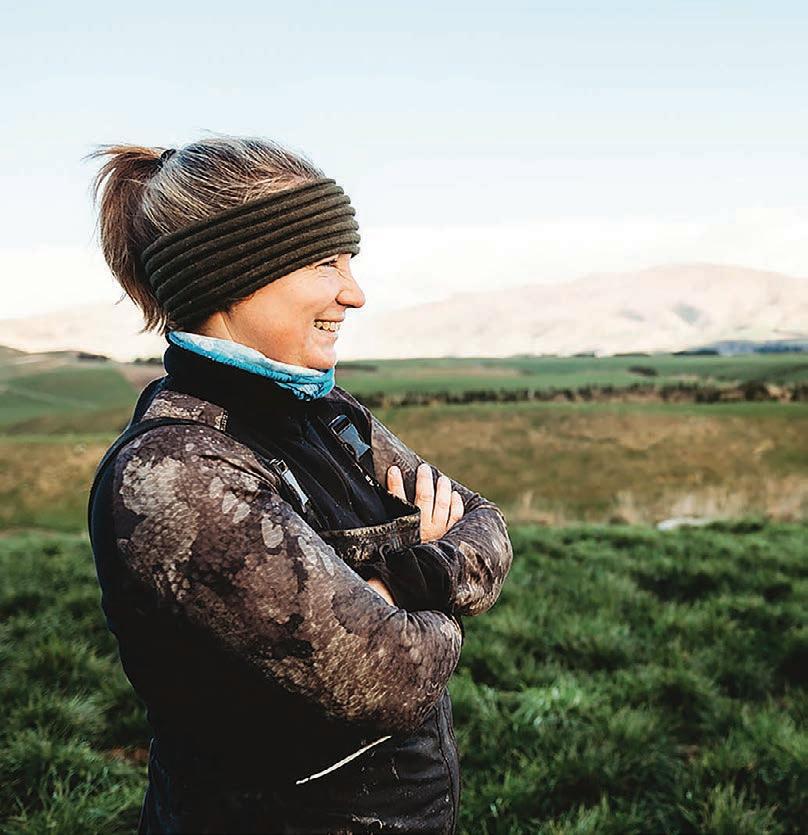
CHANGE: Employment conditions on dairy farms need to change to attract the next generation of workers, says North Otago’s Myfanwy Alexander.
“The times I have struggled mentally and physically were when there were no boundaries, which meant I had no autonomy.
“People need to feel they have a say in their lives. They’ve got relationships, family, a life outside the farm.”
Staff should not be expected to devote every waking minute to farm work.
“At the end of the day you have to ask yourself, ‘Who is going to show up to my funeral and who is going to look after my children should I die?’”
Despite price discounting, last November’s Singles Day, China’s largest e-commerce sales festival, saw a modest 2% increase in yearon-year sales, less than the 2.9% achieved a year earlier.
Forecast economic growth for this year is 4%, with economists stressing the need to stabilise the property market and encourage consumer spending. Youth unemployment,
If she could change things, Alexander said, her first move would be to ensure staff are treated as humans with employers and managers understanding that employees have a life outside the farm.
Her second move would be to ensure employers and managers were equipped with soft or staff management skills. Such skills have not previously been valued, she said.
“We need to get those old fashioned blokes to go learn those soft skills.”
considered an obstacle to consumer confidence, dropped from 21.3% in June to 14.9% in December while deflation was 0.3% last year.
The report says that the Chinese Government has introduced stimulatory economic policies such as issuing sovereign bonds and allowing local governments to refinance debt by issuing bonds.


 BNigel Stirling MARKETS Trade
BNigel Stirling MARKETS Trade
OTH sides in talks to tackle nearly a trillion dollars in tradedistorting agricultural subsidies were digging in their heels at the halfway mark of a meeting of global trade ministers last week.
New Zealand was represented by Trade Minister Todd McClay at the week-long biennial meeting of 164 World Trade Organisation ministers in Abu Dhabi, scheduled to finish up last Friday.
WTO director-general Ngozi Okonjo-Iweala heralded the consolidation of competing proposals for the agricultural talks into a single negotiating text as a significant step towards an agreement to tackle subsidies and tariffs on global agricultural trade.
However, the head of the organisation’s agricultural division, Edwini Kessie, on Tuesday said significant obstacles to progress in the talks remained.
Foremost among these was India’s request for a permanent dispensation for subsidies paid to its farmers.
In 2013 India was granted a temporary pass by WTO countries, and was demanding this be made permanent at the meeting in Abu Dhabi.
The temporary dispensation was to help India build up food reserves available to be released during times of shortages in the country.
But opponents argue this has led to excess production being exported and has depressed international prices for some commodities, among them rice.
Stephen Jacobi, the executive director of the International Business Forum (IBF), which includes New Zealand exporting heavyweights Fonterra, Silver Fern Farms and Zespri, among others, said making the dispensation permanent risked undermining an earlier WTO ban on export subsidies and emboldening agricultural protectionists around the world.
“Other countries that would love to get back into the export subsidies game might see this as an opportunity,” Jacobi said.
According to the OECD, governments around the world already pay their farmers $817 billion in subsidies annually.
The Dairy Companies Association of NZ released research last week showing prices on international dairy markets stand to gain 8% if European agricultural subsidies are reduced by half.
However, a former head of the Centre for WTO studies in New Delhi, Abhijit Das, who was attending the talks in Abu Dhabi, said subsidies are crucial to the livelihoods of Indian farmers and the welfare of the wider population.
He said the extra subsidies allowed by the temporary dispensation meant enough rice and wheat had been produced for state reserves to feed 800 million people during the height of the covid pandemic.
Das rejected the claim that subsidies paid to Indian farmers are undermining global export markets.
The subsidies are designed to build up domestic reserves and are not aimed at production for export. Where the Indian government has exported surpluses in the past it has done so at prices 30% to 50% above the international price, Das said.
He said if other WTO countries agree to the dispensation being

made permanent it could unlock progress in other parts of the talks.
However, with the United States and the 19 agricultural exporting powerhouse countries of the Cairns Group, including NZ, opposing the Indian proposal, the chances of a broader breakthrough seemed slim.
Speaking before the meeting’s scheduled conclusion last Friday, the IBF’s Jacobi said while it was positive that competing proposals in the agricultural negotiations have been consolidated into a
single document, there remain plenty of brackets in the text indicating disagreement between countries over the final wording.
“What that says is that while they are working on the same text they are not changing their views very much.”
Jacobi said the best outcome from the meeting would be an agreement for countries to keep talking with the hope that differences could be bridged by the time of the next WTO ministerial meeting in two years’ time.
DESPITE having poorer health outcomes than their urban counterparts, rural New Zealanders are considerably less likely to be admitted to hospital, a University of Otago-led study has found.
Published in the New Zealand Medical Journal, it is the first time large rural-urban differences have been demonstrated in use of
hospital services in the country.
Lead author Professor Garry Nixon, head of the rural section in Department of General Practice and Rural Health, said the results are surprising given rural New Zealanders have poorer health outcomes, including higher preventable mortality rates.
“The problem is even greater for our most remote communities.
“Despite the poorest health outcomes, highest levels of socioeconomic deprivation and
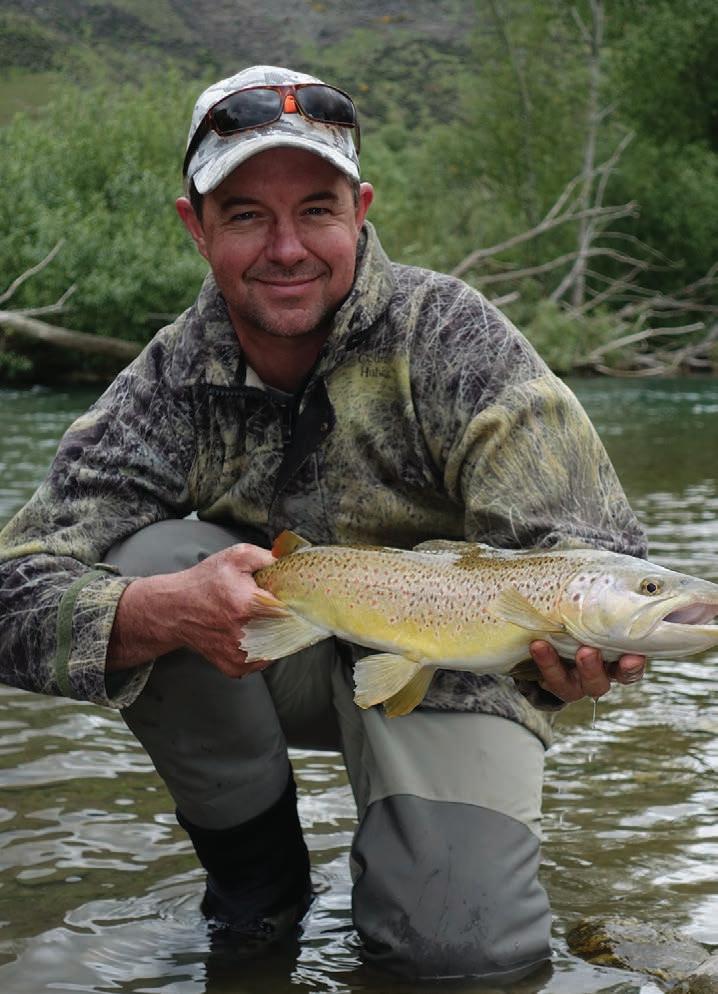
“
I think the issue is relatively complex and I think there is a degree of
the highest proportion of Māori residents, these areas have the lowest hospital admission rates and lowest utilisation of other hospital services such as emergency departments, specialist clinics and allied health services,” he said.
The findings also go against the pattern seen in similar countries – in Australia and Canada, the poorer health status and lack of access to primary care services results in higher hospital admis-
sions for people in rural areas.
The study used hospitalisation, allied health, emergency department and specialist outpatient data from 2014 to 2018, along with Census information, to calculate hospital utilisation rates for residents in the two urban and three rural categories.
The researchers found, overall, regional centres had the highest hospitalisation rates, and rural areas the lowest.
Relative to their urban peers,
rural people had lower allcause, cardiovascular, mental health, and ambulatory sensitive hospitalisation rates.
Those living in the most remote communities had the lowest rates of specialist outpatient and emergency department attendance, an effect that was accentuated for Māori.
Nixon believes there needs to be better monitoring of healthcare utilisation to help reduce these inequities.


 TNeal Wallace MARKETS
TNeal Wallace MARKETS
Sheep and beef
HERE appears to be little reprieve in store for New Zealand sheepmeat exporters battered by record volumes of Australian sheepmeat, with the lucky country forecasting another year of record production.
Meat & Livestock Australia (MLA) is forecasting lamb production will this year reach 621,000 tonnes, a 9% increase on 2023, and the fourth successive year of record production.
If achieved, the 2024 production will be 21.3% above the 10-year average.
The MLA forecasts the 2025 lamb crop to drop to 587,000t and then rise to 606,000t in 2026 due to improved carcase weights.
Record Australian sheepmeat production in the past year has

been blamed for dampening international prices in key NZ markets like China.
After three years of consecutive
growth, the Australian sheep flock is forecast to fall 2.9% this year to 76,500,000, but that will do little to curb meat production.
Mutton production this year will be the largest since 2006 at 254,000t, up 3.14% on 2023, before falling for the next two years.
Stephen Bignell, MLA’s market information manager, said as the largest world’s sheepmeat exporter, Australia is optimistic markets will absorb the extra production.
“Economic resilience in the United States and emerging markets will drive demand for lamb, while the outlook for consumer demand in China remains uncertain,” he said. Meanwhile, Rabobank said limited or negative wage growth in key global economies in the coming year could mean steady or declining beef consumption.
Jen Corkran, Rabobank’s senior NZ animal protein analyst and author of the Global Beef Quarterly report, said as a premium-priced protein, beef sales often suffer when economic

AROUND the boardroom table of some of New Zealand’s biggest primary sector businesses are influential women blazing a trail for future generations.
Marked annually on March 8, International Women’s Day (IWD) is a global day celebrating the social, economic, cultural and political achievements of women. With the theme this year of Inspire Inclusion, it aims to forge a more inclusive world.
The first woman to head a major NZ agri-business co-operative, Jessie Chan, said NZ needs strong leaders in the primary sector now more than ever before.
“Women need to build the confidence to say to ourselves, ‘I belong here,’ and hold our own
at the leadership table.”
Chan is quite deliberate in what she takes on, always looking to ensure her governance roles interconnect in a way that serves the community and wider industry, while also striving to inspire others to take up leadership roles and achieve their goals.
She said women don’t need to be represented as movers and shakers.
“We just need to be respected equally for our work and contribution to the sector. We must also remember that respect must still be earned, regardless of gender.
“There is a fine line as a woman in leadership between holding your own and practicing humility and respect for others.
“There are less challenges than there used to be, but we are still not quite there.
“I still occasionally come across
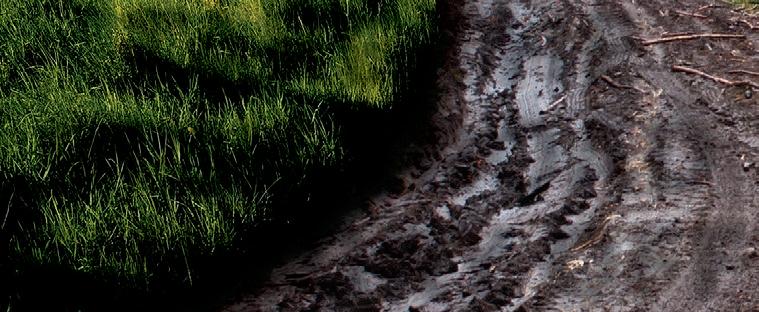

old-school men that secretly, or not so secretly, think I shouldn’t be there, but I see them as the minority and remind myself that the rest of us will move on without them.”
The other challenge is being able to make space among other roles as mum, organiser, farm manager, school volunteer and the list goes on.
“I see so many talented women that could contribute further in the leadership space, but they are giving so much to their families and communities that it is almost impossible.
“The inspiration part starts with our rangatahi. As mothers, aunties, grandmothers, we should be teaching our young people the concept of equality, not only in gender but in all areas, and living it by example.
“Influencing the next generation
is where we will see real change. Women in leadership won’t be a big deal, it will just be normal, and we are getting there.”
Chan attributes much of her success to her humble beginnings, learning her leadership skills from her sawmiller father who raised her and her three siblings after her mother left when she was 10 years old.
Chan has worked in a range of primary sector management positions over a 20-year period, including central government, local government, non-profit and commercial organisations. She was awarded a Member of the NZ Order of Merit in 2022 for services to dairy and agriculture, received the Women in Governance Award for Inspiring Governance Leader in 2021, and was named Dairy Woman of the Year in 2017.
Economic resilience in the United States and emerging markets will drive demand for lamb.
Stephen Bignell Meat & Livestock Australiaconditions put pressure on consumer spending.
“In a market where beef production growth is limited, like the US for example, we may see consumers willing to tolerate higher prices at the expense of some consumption, thus maintaining demand,” she said.
“While in a market with growing supply such as Australia, lower prices may be needed to encourage consumption.”
The NZ bull beef kill is down 3.9%. Beef exports for 2023 were up 7% by volume (511,680t) but down 9% in value ($4.4 billion).
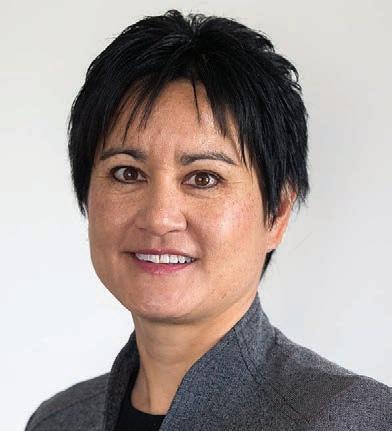
NO EXCEPTION: Jessie Chan says women don’t need to be represented as movers and shakers, they just need to be respected equally for their work and contribution to the sector.
Chan is currently a director of AgriZero, AgReserach, NZ Pork, and PharmaZen and previously served on the boards of RuralCo, Ngai Tahu Farming, Alpine Energy, Meat the Need and Bioprotection Aotearoa.
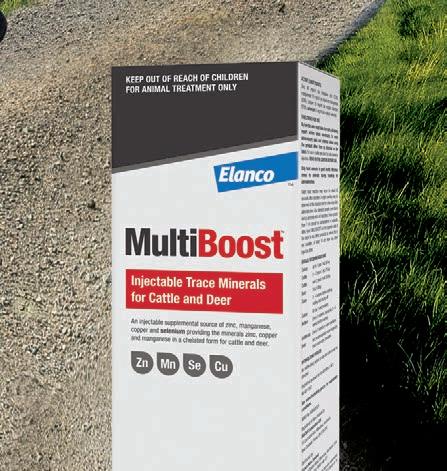


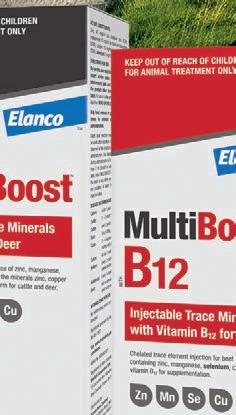



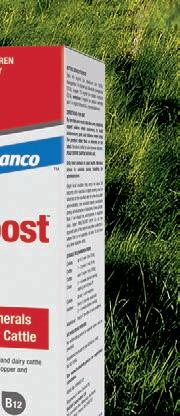


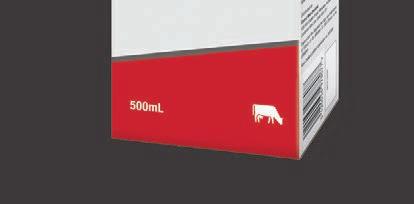




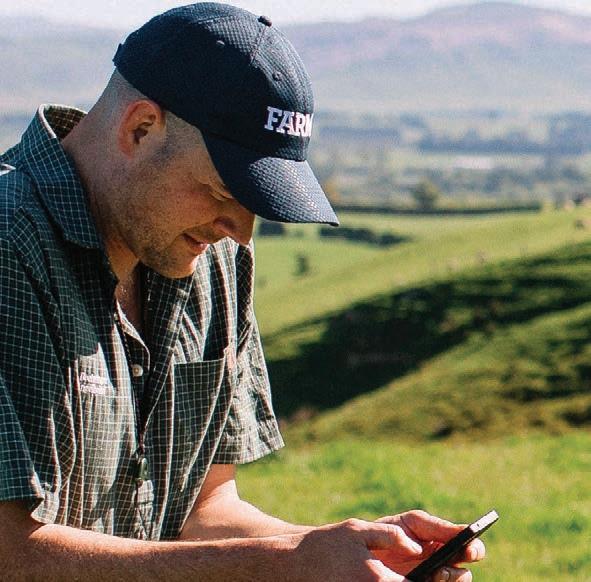




We've been busy working on some game-changing new features. If you are on the fence about FarmIQ, now is a great time to jump on over.
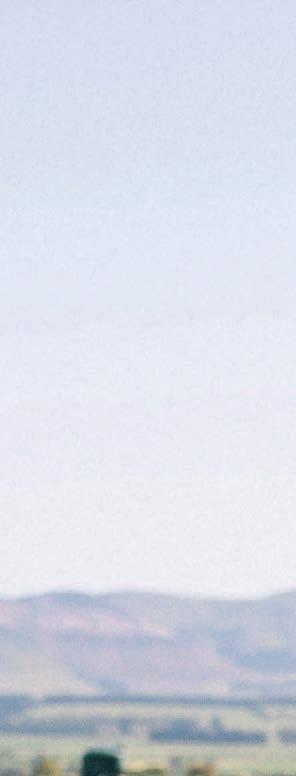
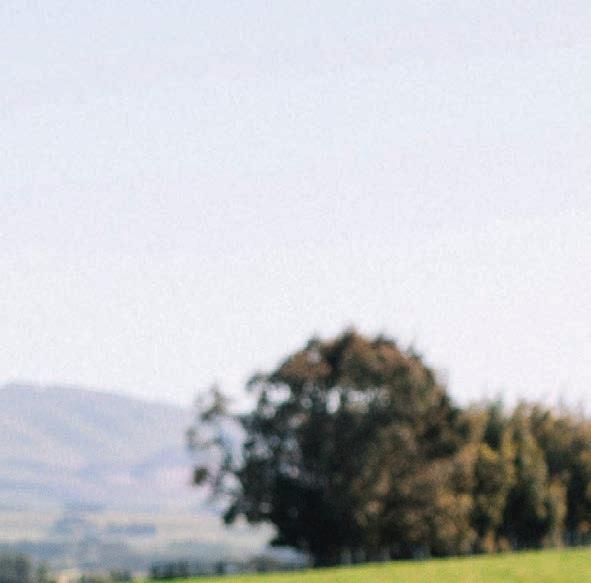
New packs, new features and multi-farm discounts.


We've got a tool that will make sorting your FWFP a hell of a lot easier, taking you through all the sections step by step.
Have a play around with FarmIQ free for 30 days and check out our new features including tasks, animal health treatments, FWFP and more.
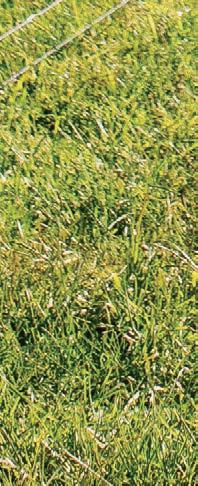
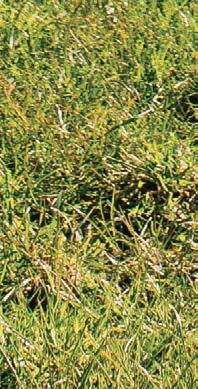










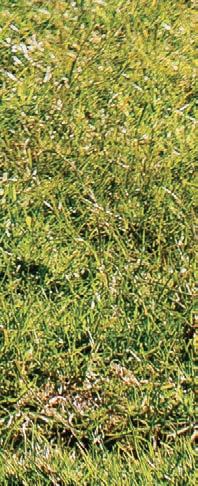
 Hugh Stringleman NEWS Food and bre
Hugh Stringleman NEWS Food and bre
WOOL-shedding sheep and those breeds that don’t grow wool are now being marketed on workload and productivity gains for hill country sheep farmers around the country.
Coarse wool returns that do not cover the costs of shearing and crutching, along with the labour demands of drafting and dosing, are convincing a growing number of farmers to look for no-wool options.
The buying and selling of Wiltshires has dominated sheep sales over the summer, this year and in two or three previous years.
Some older farmers are not prepared to breed their way to shedding sheep, opting instead to sell all existing ewes and replace them with full-breed Wiltshires, Southland breeder Tom Day said.
Day promotes his sheep for the easy care, low labour, and frugal expense qualities that enable him to run 5800 hectares with only two labour units.

Morrison’s father, John, gathered all the Wiltshires in the country together at Marton in the 1980s and the Morrison family has used and championed that breed ever since.
Morrison said demand for rams has doubled every year for the past four or five years and is now being led by commercial farmers all over the country.
He likened this move toward shedding sheep to the flurry of exotic sheep importations in the 1990s when the focus was on fertility.
“We find that single-trait focusing on shedding up until now is giving way to productivity traits such as carcase characteristics, growth rates and reproductive performance.
“But sometimes the real sheep farming traits are being left out of selection decisions as people advocate or demand 100% shedding.
“This also drives a market expectation that all Wiltshire sheep shed their fleece completely, all of the time, which is not the case.”
He called for more research into how shedding occurs, because it is not 100% genetic.
To make sense of sheep that have no wool, farmers need to plan for what they will do with the extra time available.Derek Daniell Wairere Rams
While a decade ago there may have been only four or five recorded flocks, there are now somewhere between 20 and 30, Morrison said.
“Wiltshire sheep and the range of alternative breeds will benefit hugely from the large increase in performance recording, both in the numbers of stud flocks and numbers of sheep being recorded.
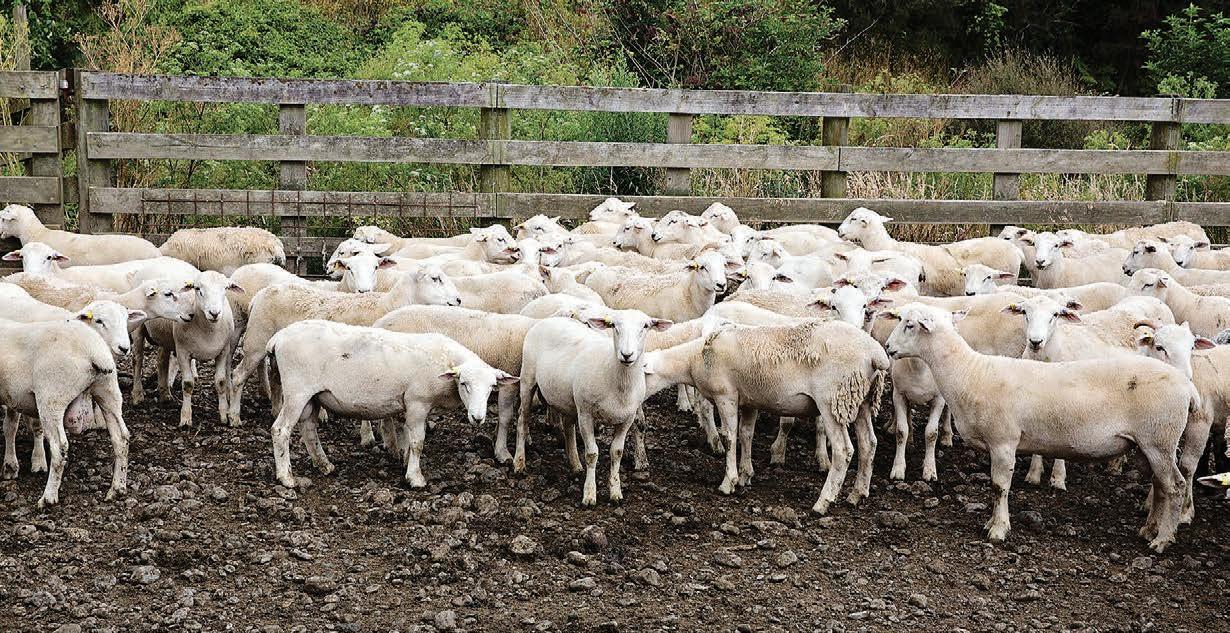
selling newly named Nudie sheep – is Derek Daniell’s Wairere Rams based at Masterton and Pahiatua.
Wairere is quickly building its no-wool sheep numbers by using artificial insemination (AI) and embryo transfer (ET) with genetics from the United Kingdom that were not previously in New Zealand, along with natural mating to NZ-born Nudie ram hoggets retained by the company.
Over three mating seasons it has put 4500 ewes to both AI and ET, with conception rates in the mid to high 60s for frozen semen AI and about 10% lower for ET.
All Nudie and Streaker (halfbred) ewe lambs were retained for hogget mating and returned 78% conception for the Nudies and 91% for the Streakers, with 103% and 135% scanning results respectively.
Surplus Streaker lambs have been killed this summer for comparison against Wairere Romney ram lambs, showing good weight-gain margins in the early drafts, levelling off later on.
flock will be graded up from the Wairere ewe base to ensure that all the renowned traits will be incorporated in the Nudie flock, including facial eczema resilience.
“April 2024 will be the last year for artificial breeding with genetics from the UK, as we have a strong and diverse genetic pool to
sheep industry demand – wool or no wool.
He still believes coarse wool has a brilliant future, especially in its deconstructed uses, and is a member of Wools of NZ.
“To restore faith in wool the researchers and marketers need to come up with at least $10/kg.”

“In the past three or four years the demand has increased dramatically, and it is not just the lifestylers now but bigger commercial sheep farms.”
Day sold 30 two-tooth rams and 20 ram lambs at his annual Tarata Hills sale in February near Dipton for an average of about $1000, with a starting bid of $600 to keep them affordable to all buyers.
Day and his father before him, Malcolm, have been breeding Wiltshires since 2002, when Malcolm bought a farm in the Tākitimu mountains without power supply or a woolshed.
“He got some flack in the first few years, and it is great to see him getting recognition as the popularity of these sheep grows.
“We now have coastal sheep farmers near us talking about it, and if anyone is hard to convince, it is a Southland farmer.”
That was an observation echoed by leading Wiltshire breeder and ram seller William Morrison, Ardo Farms, in Rangitīkei.
“These sheep will make huge genetic gains in the next five to 10 years,” Morrison said.
Somewhat later to begin – but now throwing big bucks and plenty of energy into breeding up and
“Currently our focus is building numbers in our flock, so that we can get to a stage where we can exert some selection pressure,” Daniell said.
Wairere will have over 2000 Nudie and part-breed ewe lambs after this year’s reproductive cycle.
“The bulk of the breeding
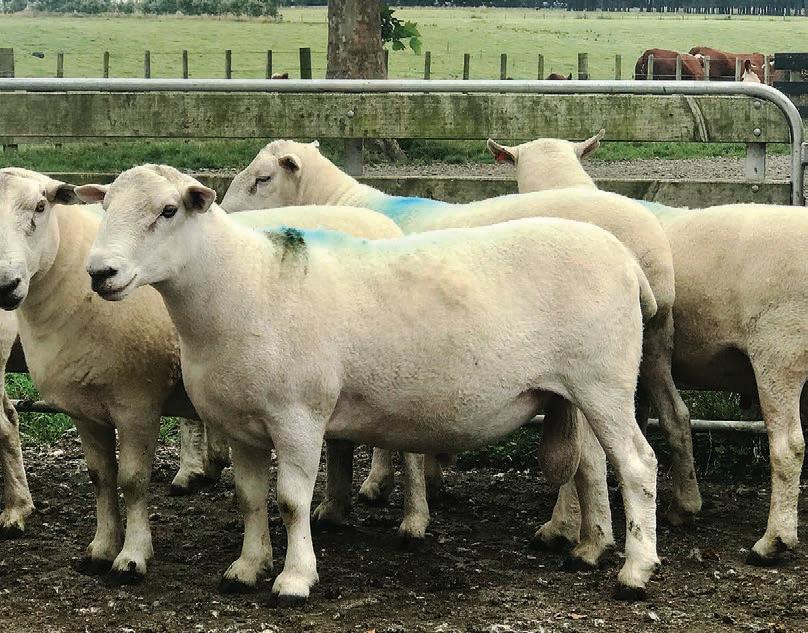
establish our flock with,” Daniell said.
Besides shedding, farmers using Nudies want to know that lambs can grow quickly to 20kg CW or more, maintain or improve their flock lambing percentage, allow a good hogget mating and maintain or improve constitution.
The Wiltshire genetics in NZ have been limited in their scope and outcrosses are needed, Daniell said.
Farmers who buy in also need more than first-cross hybrid vigour which, although welcome, is by its nature limited.
“To make sense of sheep that have no wool, farmers need to plan for what they will do with the extra time available.
“You might not need that additional shepherd, or their house, or their farm bike.”
The bulk of the Wairere home and satellite sheep flocks remain Romneys and their composites, and the Nudies and their partbreeds are catering for what Daniell calls a split underway in
Wairere marketing manager Pierre Syben said that “the reality is that as a breeder of sheep genetics for the sake of our client base we have looked for an alternative to wool-growing sheep”.
“The move to shedding sheep is deeper and wider spread than many may realise,” he said.
PGG Wrightson genetics representative and auctioneer Cam Heggie said shedding sheep have become more affordable and the ewes and ewe lambs are coming to market.
He said of ewe lambs for $400 and two-tooth ewes for $500, “it is not just shedding, but faecal egg counting, facial eczema resistance, carcase characteristics and recorded breeding, all providing options for intending buyers”.
“We are seeing older farmers, perhaps the more traditional ones, taking an interest in what shedding sheep have to offer.
“We have given crossbred wool 35 years of hope, but hope is not paying the bills.”
 Neal Wallace NEWS Business
Neal Wallace NEWS Business
has reported a softening in halfyear results as it faces the same challenging trading conditions as its rural clients.
Announcing its six-months result to December 31, it reported revenue of $560.9 million, down 4%; net profit after tax of $12.7m, 40% lower; and operating earnings before interest, tax, depreciation and amortisation (EBITDA) of $36.6m, 24% lower.
A majority of the PGG Wrightson (PGW) board decided not to pay an interim dividend, with the capital reinvested back in the business to avoid extra debt.
Compared to the same period a year earlier, operating EBITDA was down $11.2m, revenue was $24.9m lower and NPAT $8.4m less.
Chair Garry Moore said despite challenging market conditions, PGW traded solidly in the period under review.
High inflation and interest rates, and rising debt levels combined with subdued demand and softer returns, created a demanding environment for the agricultural sector.
“This half-year result can be

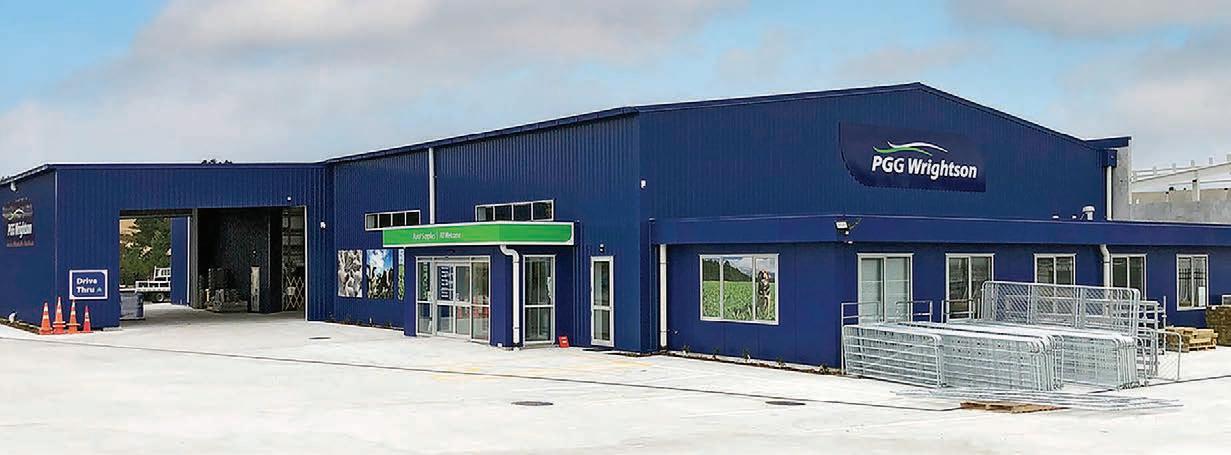
This half-year result can be described as steady in the context of the headwinds the sector and the wider economy face.Garry Moore PGG Wrightson
described as steady in the context of the headwinds the sector and the wider economy face,” Moore said.
He said the Retail and Water Group, which includes rural supplies, Fruitfed Supplies, water and agritrade, traded well despite less farm and orchard spending.
The Agency Group, which includes livestock, wool and real estate, reported an operating EBITDA of $1.4m for the period, a reduction of $2.2m, with revenue of $81.6m, down $3.1m.
The livestock business was affected by the reduced volumes of livestock traded, particularly North Island cattle and dairy.
PGW has been actively managing and reducing spending in a variety of areas, prompting Moore to describe the outlook for the agricultural sector as “cautious”.
International markets are still challenging, El Niño is affecting the weather, prices for sheep and lamb in particular are low, input costs are high and demand from New Zealand’s largest export
market, China, remains subdued.
“The carryover impacts of Cyclone Gabrielle together with supply chain issues associated with offshore conflicts and higher interest costs are all contributing to temper the short-term outlook and prospects,” Moore said.
There are positive signs from rising dairy prices, the removal of tariffs on dairy exports to China, heavy kiwifruit, apple and pear crops and signs that interest in real estate will recover in the months ahead.
But there are headwinds.
“On balance, we remain cautious and expect to see subdued activity over the remainder of the financial year,” Moore said.
“Given the mixed signals in the



macroeconomic environment, we have revised our forecast operating EBITDA guidance for the year to June 30 2024 to around $50 million.”
Chief executive Steve Guerin said given the context of the challenges facing the agricultural sector, it is a pleasing result.
“It’s been a tough year for us and a tough year for our clients and it has been rare to have a cycle in farming where every sector is doing it tough.”
That said, Guerin said there are some signs of optimism, helped by recent increases in the forecast milk price.
Inquiries for pivot irrigation systems have picked up, interest in buying horticulture units and dairy farms is higher and PGW has increased its retail market share.
While beef prices are stable, he said there are few signs of improvement in the sheep industry.
Guerin said while farmers and growers continue to buy the necessities, discretionary spending is low as they focus on servicing and paying down debt.
PGW makes most of its income in the first half of the year and while it has lowered its full-year result, Guerin said company forecasts include expected lower income.


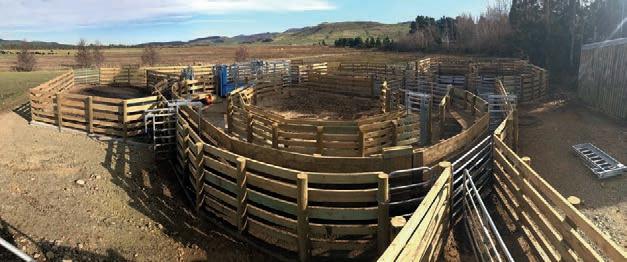



 RRichard Rennie TECHNOLOGY Emissions
RRichard Rennie TECHNOLOGY Emissions
ESEARCH studying the effect of the methane mitigator Bovaer on dairy cows has been given the thumbs-up by New Zealand’s head of gas research.
In research published in the Journal of Dairy Science, scientists at Wageningen University in the Netherlands studied the impact of feeding 3-NOP, trade name Bovaer, to Friesian dairy cows over the course of their lactation for one year.
The research found Bovaer had no effect on the cows’ body condition score, weight, or food intake, but they had a 6.5% increase in milk yields, milk fat and protein.
Bovaer was developed by giant Dutch nutrient company DSM as a methane mitigation treatment to be administered in cows’ daily ration.
Since commercialising it is
now approved for use in 40-plus countries and territories including the European Union, Canada, Australia, Brazil, Chile, and Turkey.
In the critical area of methane reduction, Bovaer also demonstrated the expected positive results over the length of lactation with reductions of 21% in methane emissions per cow per day, 20% reduction per kg of dry matter fed, and 27% in methane intensity per kg of milk production.
It is a credit to [Bovaer manufacturer] DSM. As a company they wanted to be very comprehensive about how they have tested their product, compared to short-term claims that some products may make.
Dr Harry Clark NZ Agricultural Greenhouse Gas Research CentreThe level of methane reduction also varied significantly over the lactation period. It ranged from a 16% reduction in methane per kg of feed at the dry period to 20%-16% reduction through mid-lactation, and spiking at 26% reduction in late lactation.
Dr Harry Clark, director of the NZ Agricultural Greenhouse Gas Research Centre, said the trial work was valuable on grounds of its robust design and the length of time the scientists had plotted the impact of Bovaer in the cows’ diets.
“It has tried to look at the whole long-term impact, and it also highlighted how the actual reduction in methane is quite dependent upon the type of diet the cows are on.”
The cows were fed a conventional dairy feedlot diet, comprising meal and grass-corn silage, but the proportion of fibre within the diet altered depending upon the lactation period.
The researchers noted that dietary composition had a large

ENDORSED: Dr Harry Clark, director of the NZ Agricultural Greenhouse Gas Research Centre, has given a thumbs-up to the latest research on methane mitigator Bovaer.
effect on 3-NOP’s effectiveness.
“It is a credit to DSM. As a company they wanted to be very comprehensive about how they have tested their product, compared to short term claims that some products may make.”
He noted it was also a positive that using Bovaer may increase milk production, although the amount detected was relatively small at 6.5% increase. He said the work indicated the
 Richard Rennie NEWS Horticulture
Richard Rennie NEWS Horticulture
THE use of the controversial bud break spray Hi Cane on kiwifruit will come under the spotlight with a week-long hearing in Tauranga.
The hearing will determine the future of the spray, which has been given a 10-year phase-out period by the Environmental Protection Authority (EPA).
Hi-Cane, or hydrogen cyanamide, is a plant growth regulator widely used by the sector to promote the growth of shoots and bud break in a controlled manner. Its action mimics winter chilling for bud production, and a gradual rise in winter temperatures has meant its use has become particularly widespread in recent years in the western Bay of Plenty.
Its use has a controversial past, and in 2019 the EPA called for more information on its impact upon the environment and humans. There was no visible
alternative on the horizon to replace hydrogen cyanamide at the time.
In late 2022 evidence was submitted by New Zealand Kiwifruit Growers Incorporated (NZKGI) on its low environmental impact, but the EPA determined there remained a level of “moderate technical uncertainty” around the chemical’s original risk assessment. It extended an original five-year phase-out period to 10 years.
That decision sent NZKGI back to dig further into the science of the spray, which will form the basis of its presentation to the committee over the hearing week.
“With this hearing, it will now be up to the decisionmaking committee to decide if they support the EPA’s recommendation,” NZKGI CEO Colin Bond said.
NZKGI’s submission maintains that EPA modelling overestimates the risks of the spray, while also underestimating its benefits, and that the EPA’s economic benefit


estimate of Hi-Cane as “mediumhigh” should be reclassified as “high”.
NZKGI also maintains that the EPA has failed to take account of the strict systems, controls and practices instilled around the spray’s use in NZ.
With this hearing, it will now be up to the decision-making committee to decide if they support the EPA’s recommendation.
Colin Bond CEO NZKGIZespri has also submitted to the EPA hearing.
In its submission the kiwifruit marketer maintains removing use of the spray will have significant economic impacts, amounting to over $2 billion over 10 years.
It estimates that it could make 15% of commercial orchards unprofitable immediately and up to 30% could be placed into
financial distress by removing HiCane use.
It also challenges the EPA’s use of data from trials that did not involve Hi-Cane or kiwifruit, and says it has overestimated the human health risk, modelled on risks that did not account for controls already in place to minimise that risk.
“Neither the EPA’s assessment of risk nor the controls proposed are evidence based,” it states in its submission.
Bond said growers also have the opportunity to present in person to the committee and there are “quite a significant number” who intend to do so.
He said he understands there are four individuals submitting in person against the spray’s use. The EPA is obliged to abide by whatever decision comes out of the committee hearing. Bond acknowledged such committees tend to support EPA recommendations.
“So, we are cognisant of the challenge there, but all our science supports what growers tell us, so
If you‘re short on sta , shed space or patience get in touch with us today. We‘ll rear your dairy replacements or beef calves to 100kg ensuring they‘re ready for future success.
reductions in methane output for New Zealand cows fed Bovaer may be at the smaller end, given the higher fibre content in their diet compared to feedlot Dutch cows.
The research indicated there was an inverse relationship between increasing fibre content and the amount of methane reduction achieved.
“It is great to see a long-term experiment that has been done well.”

CANED: NZKGI CEO Colin Bond says the sector will be obliged to adhere to whatever the recommendations are from the committee hearing, but hopes the sector has a good science-based case for its continued use.
we feel we have a strong case.” He expected the industry will have a ruling from the committee by April.

 TNeal Wallace NEWS Health
TNeal Wallace NEWS Health
HE awarding of €3.4 million (about $5.9m) in damages to an Irish machinery operator who lost an arm while working for a Southland contractor could raise questions about New Zealand’s legal jurisdiction if the order is enforced here.
The ruling from the High Court in Ireland followed a hearing initiated by Padraig Lowry, who was injured in the 2015 accident.
The Irish Times reports that his lawyer now intends seeking to have the order enforced in NZ.
Daryl Thompson, the Southland contractor who employed Lowry, said he did not defend the case as the employment contract was signed in NZ so NZ law applied, and the incident had been investigated by WorkSafe NZ, which found he was not at fault.
Rural Contractors NZ chief executive Andrew Olsen said if the court ruling is enforced in NZ, it
raises significant questions about the jurisdiction of WorkSafe NZ and the Accident Compensation Corporation system.
“There seem to be two different interpretations of the same set of facts by two different jurisdictions.
“We’ll stick to the findings from NZ and we’ll support our member.”
The Irish Times reports Lowry lost the lower part of his right arm when it was caught clearing a blockage in the chute of a combine harvester in January 2015 while working for D Thompson Contracting.
Thompson is examining the judgment and its implications, but said he has no idea what it means given an investigation by WorkSafe NZ found no evidence
There seem to be two different interpretations of the same set of facts by two different jurisdictions.Andrew Olsen Rural Contractors NZ
his company was at fault.
“The inquiry concluded Padraig received an induction on the general health and safety policy, hazard register, safety procedures and a copy of the operators’ manual for the harvester.
“It also found Padraig failed to follow the operator’s manual or our health and safety policy.
“The investigation stated Padraig accepted responsibility for reaching into the chopper of the harvester when he was aware that it was still winding down, and that he did not wish any action to be taken against the company as he believed that he was trained and competent in the operation of the harvester and was aware of the company policy and procedures.
“The investigation was also clear that it was difficult to identify any additional practicable steps that we could have taken to avoid this accident,” Thompson said.
He acknowledges the impact on Lowry and his family.
“This was a tragic accident and we recognise the life-changing impact this had had on Padraig

Lowry. Our thoughts are with him and his family.”
Asked if he could be liable for the fine should he enter the European Union, Thompson thought it unlikely.
Farmers Weekly approached Lowry’s lawyer for comment and clarification about why the case was taken, the contradictory findings and the implications, but received no response.
Olsen said between 400 and 500 experienced seasonal machinery operators come to NZ to work each year and he does not expect the case to deter people from coming here.
“We anticipate workers will continue to come to NZ next year and beyond and have petitioned
FAILURE: A
WorkSafeNZ inquiry concluded that Padraig Lowry ‘failed to follow the operator’s manual or [the contractor’s] health and safety policy’ when he reached into the chopper of a combine harvester to clear a blockage as it was winding down. He lost the lower part of his right arm.
the immigration minister to remove more red tape from the Accredited Employer Worker Visa to allow easier entry access for highly skilled drivers.”
Olsen said the association has been in touch with sister organisations in Europe to provide balancing arguments in the case.
Unrelated to the Irish case, Olsen said the association has approached WorkSafe NZ to see how members can interact more with officials to address the 10 biggest health and safety issues they face.
The idea is to find simple-tomanage solutions that small to medium businesses, which most of the organisation’s members are, can adopt.
Staff reporter NEWS Animal welfare
A FAR North farming couple has been fined $29,000 and banned from dairy farming over a lack of feed and poor treatment of their farm animals.
Mathew Hudson, 78, and Josette Eleanor Hudson, 73, were sentenced in the Kaitaia District Court on February 20 after pleading guilty to four charges under the Animal Welfare Act, following a successful prosecution by the Ministry for Primary Industries (MPI).
MPI regional manager for animal welfare and NAIT compliance north, Brendon Mikkelsen, said animal welfare inspectors visited
the Hudsons’ farm in September 2020 following a complaint about the poor condition of their dairy herd and a lack of feed.
“One of their cows was found
RESPONSIBILITY:
The Ministry for Primary Industries’ regional manager for animal welfare and NAIT compliance north, Brendon Mikkelsen, says people in charge of animals are responsible for their health and wellbeing at all times.
suspended in hip clamps, because it was severely underweight and incapable of supporting its own weight. The animal was suffering pain and distress for days from
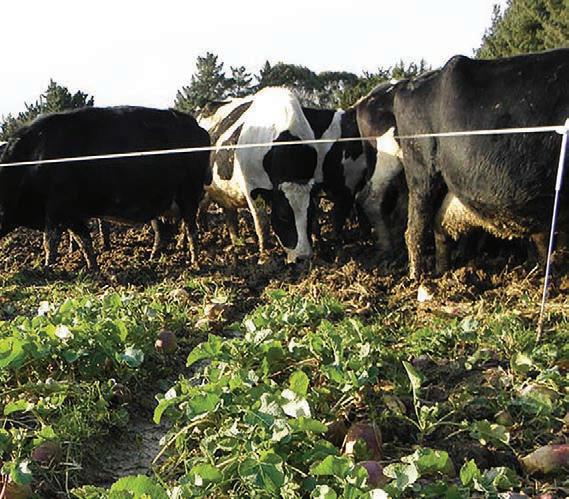
the abrasions on its bony hip area and it was euthanised to end its suffering,” Mikkelsen said.
Animal welfare inspectors found their cattle were producing less than five litres per cow per day, considerably less than they would be capable of if appropriately fed. Grass cover at the farm was uniformly low, and they were not providing supplementary feed to their dairy herd.
The inspectors concluded the Hudsons failed to provide proper and sufficient feed to all their animals.
Of the 242 cattle at the farm, 69 cows were below the minimum standard of Body Condition Score, meaning they were too thin and needed urgent action to improve their condition.
“The Hudsons are experienced farmers who knew their responsibility to their animals and failed to live up to it. One of these cows was so thin, Mr Hudson used a tractor to drag it from a drain it was stuck in – leaving the animal with significant open wounds which were not treated.
“When we find evidence of neglect and cruelty to production animals we will prosecute. Most farmers do the right thing for their animals – providing supplementary feed when needed and timely veterinarian care,” Mikkelsen said.
In addition to the fines, the court ordered the Hudsons to pay $18,213.72 in costs for veterinarian services and farm consultant fees.


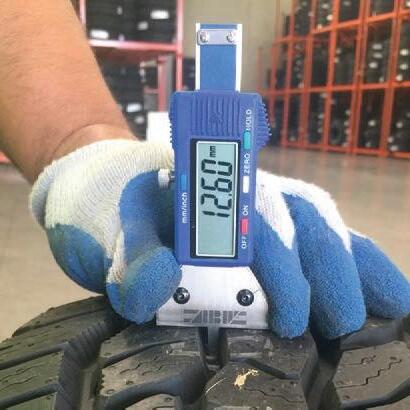

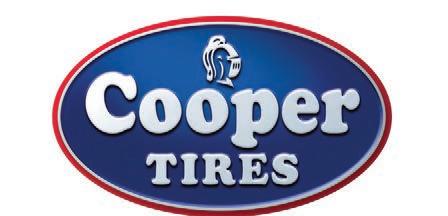
 Gerald Piddock MARKETS Dairy
Gerald Piddock MARKETS Dairy
CONTINUED improvement in customer demand has led to Fonterra lifting the forecast for its organic milk price from $9.55/kg milk solids to $9.85/kg MS.
It brings the revised forecast range for organics to $9.35-$10.35/kg MS, up from $9.05-$10.05/kg MS.
That demand is from the United States and the United Kingdom, where almost 90% of Fonterra’s sales book is now contracted, Fonterra group director of Farm Source Anne Douglas said.
“Fonterra Organics is in a strong position and, as always, we will keep monitoring any risks that could potentially impact the business.”
Fonterra has 110 organic farms throughout the North Island, Fonterra Organics business relationship manager Stuart Luxton said, speaking at a field day at Pāmu’s organic dairy farm Earnslaw, just north of Taupō.
“I refer to our programme as a small cooperative within the embrace of a much larger co-operative,” he said.
The milk is processed at Morrinsville, Hautapu and Waitoa. As a result, transport is the biggest expense.
Fonterra general manager of organics Andrew Henderson said its milk solid growth has doubled from 2020 to 2023/2024.
The products go into the market as Mainland organic cheese and butter, Kāpiti Mature Cheddar, Anchor Blue Milk and NZMP Ingredients.
These products go into 13 different countries that have different certification criteria.
While the spike in costs of living over the past few years has put downward pressure on organic sales, consumer demand for more sustainable products and health and wellness influenced by the covid pandemic has offset a lot of that pressure, he said.
“That’s why we’re still seeing growth.”
The co-op’s market development manager for organics, Anna Maginness, said the organic dairy market globally is worth US$24 billion (more than $38bn) and growing around 5% a year.
“Depending on what data source you look at, it’s expected to grow to around US$50bn by 2030.”
However, it is still minuscule compared to the global conventional dairy market, which sits at US$570bn.
“It’s still very much a niche premium offering.”
Organic dairy had a 20-50% premium over conventional dairy depending on the brand and product range, Maginness said.
Two of its biggest markets are the US and China. The former is well established with a lot of growth across butter, cheese and yogurt.
Fonterra sends a lot of its organic product into this market in the form of powders and beverages through Orgain.




It also sends ingredient products into infant formula as well as butter and cheese.
The market in China is still developing with infant formula and UHT milk being the main product categories driving this market.
In China, the milk is sold under the Anchor brand with this market experiencing huge growth over the past three years.
Fonterra’s product also goes into South Korea in the form of cheese products for children.
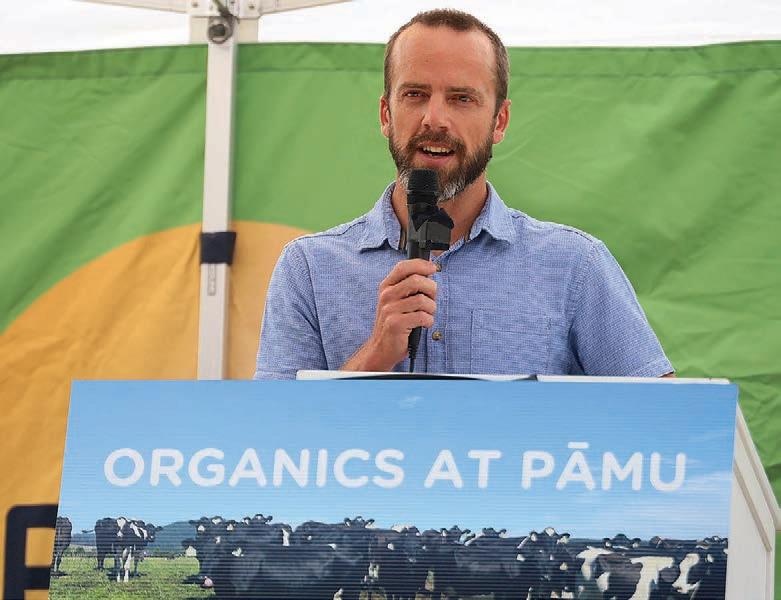

UPWARDS: Fonterra general manager of organics Andrew Henderson says milk solids growth from its 110 organic farms has doubled from 2020-2023/2024.
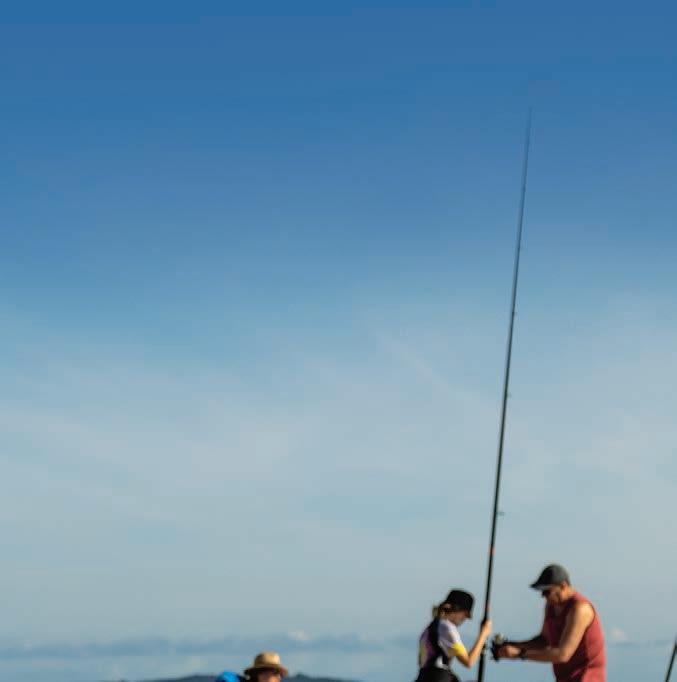

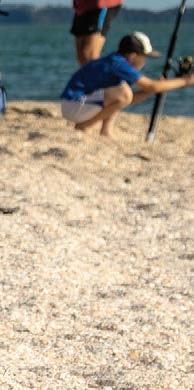





 Hugh Stringleman MARKETS Livestock
Hugh Stringleman MARKETS Livestock
BUYERS will have great opportunities to go deep into proven Angus beef genetics during March and April when long-established North Island studs Atahua and Wairere have dispersal sales.
For the Tuesday, March 19 Wairere Angus sale at Meremere, near Hawera, there will be over 100 recorded heifers, in-calf heifers, PTIC cows and calves.
At the Monday, April 8 dispersal sale, Atahua Angus will put up all its breeding females, comprising 40 mixed-age cows, 26 first-time calvers and 30 rising two-yearold heifers, plus all the associated calves.
There will be 140 to 150 lots in total, being all recorded, tested and transferable females and their calves. A bull sale in June will complete the exit from stud breeding.
In the autumn season for dispersals, cows and the older heifers are pregnancy tested, but not too big for transport, and the calves are usually weaned before or after the sale.
Wairere Angus has been at the forefront of the industry for several decades, including being among the first to utilise

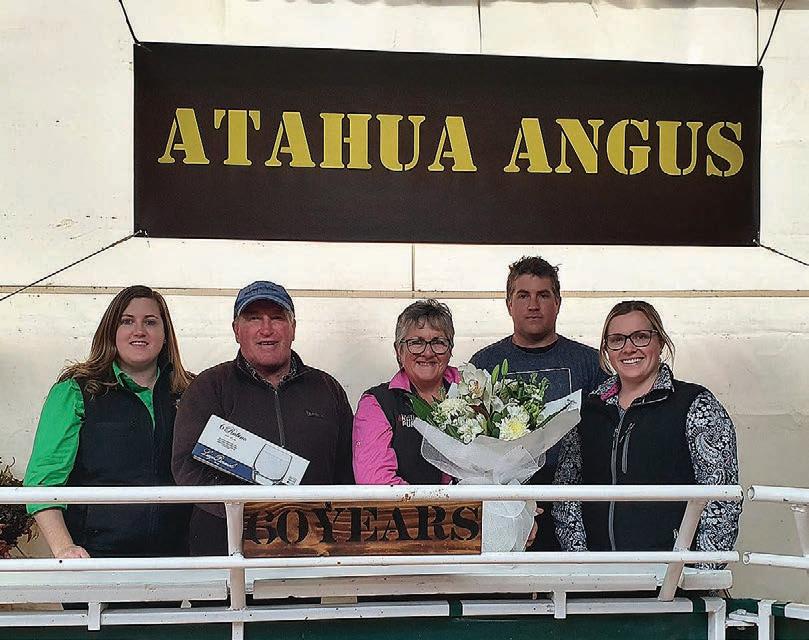
Breedplan and ultrasound scanning.
It is a foundation member of Angus Pro in 2021 – now one of 40 members.
Stud principal Cedric Lander aims to wind Wairere Angus down after its final bull sale in early June.
“In recent years we have put more and more carcase into cattle, including using plenty of artificial breeding, bringing in American and Australian genetics.



“We mainly focus on high growth rate, rather than worrying about birthweight.
“By selecting sires, individually mating cows, and using artificial breeding where that suits best, we have kept the EBVs rising and improved the overall averages of the females,” Lander said.
Alan, Michele, Colin, and Louise Dalziell are the owners of Atahua Angus in Manawatū, after Alan and Colin’s parents established it back in 1961.




Atahua has regularly brought in bloodlines from Australia and Canada, and since the early 2000s has morphology tested sperm, aiming for results of more than 70% normal sperm to guarantee their clients fit-for-purpose bulls.
A firm supporter of the Beef Expo, formerly known as the National Angus Show and Sale, Atahua Angus has amassed a total of 10 Supreme Champion Angus titles and six Champion of Champion titles over the decades.
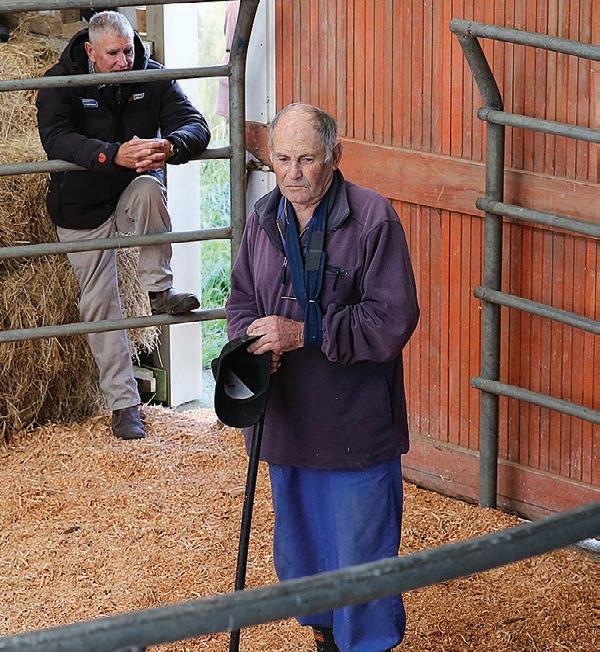
A highlight was the 1992 auction when one of its bulls, Atahua Legacy, sold for $155,000 to a syndicate of Kaharau Angus and Rangatira Angus at a record price for a New Zealand bull, bid by the late Colin Williams.
The Angus stud has operated on the 240 hectare home farm at Kiwitea. For 25 years that was run in conjunction with an Āpiti hill country block of 290ha, which was sold in May 2023.
Speaking for the family, Michele Dalziell said the decision to disperse the stud is an emotional one, but all agree it is the right time.
They will continue with commercial beef cattle farming and look back with pride on the “legacy” of Atahua.
PGG Wrightson Livestock national genetics manager Callum Stewart has had a lifelong connection with Atahua, going back through his father Bill, also a livestock representative.
“Although their dispersal sale marks the end of an era, Atahua won’t disappear.
“No matter where the breeding focus goes in future, I know the bloodlines the Dalziells have built up over more than 60 years will continue to provide value in Angus herds across New Zealand for generations to come,” Stewart said.
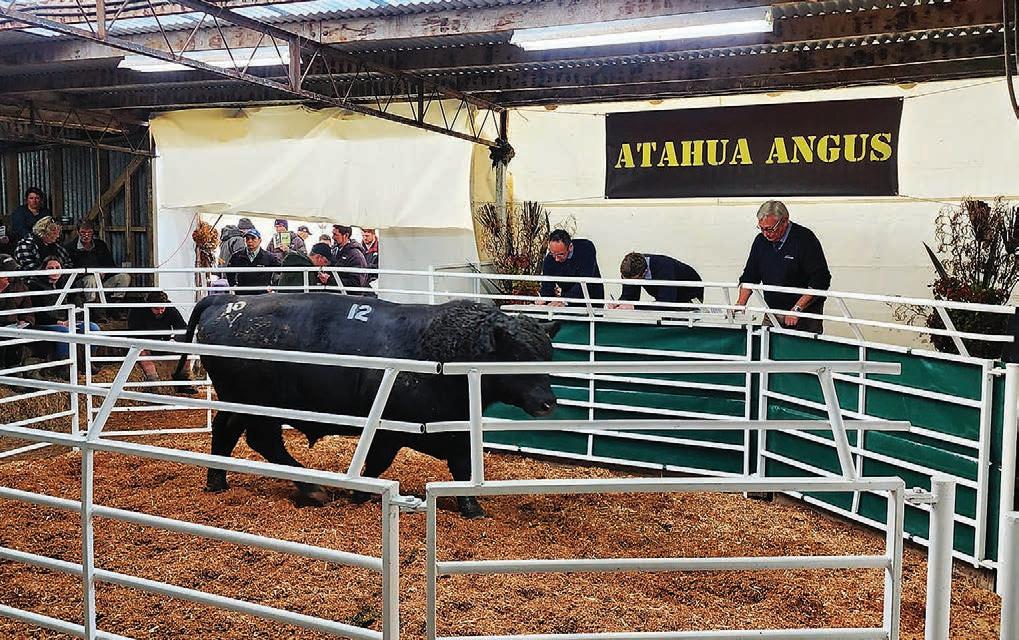
 Neal Wallace NEWS Production
Neal Wallace NEWS Production
INCREASING productivity growth by just 1% would unlock tens of billions of dollars in economic value for New Zealand, with gains from the primary sector central to achieving that.
That is according to research released by ASB, which also found that businesses, not the government, need to lead that charge.
The NZ Institute of Economic Research (NZIER) report shows NZ productivity continues to lag behind international peers – meaning New Zealanders work harder but produce less.
The report looked at growth opportunities and what business, the government and banks can do to grow productivity and found lifting productivity growth from 1.5% to 2.5% would see real GDP hit $500 billion by 2045, an increase of about 5% on current projections.
Despite agriculture, forestry and mining contributing more to value-added products than the OECD average, the report found




the sector is not highly productive.
NZIER principal economist Christina Leung said investment in capital, knowledge, research and development to improve productivity in NZ has been low, but any change has to come from business, not the government.
“When we look at other more productive small, advanced economies, business is leading the way with support from government and the finance sector,” she said.
NZ business needs to be more ambitious, embrace innovation and invest in capital.Christina Leung NZ Institute of Economic Research
“NZ business needs to be more ambitious, embrace innovation and invest in capital, knowledge and research and development as an engine for growth and sustainability.
“The country’s economic growth over the past two decades has been largely driven by adding more people to the workforce, and this
needs to change, we need to work smarter.”
Leung said NZ’s exports have grown in the past 30 years, but relative to other small, advanced economies, still remain low with earnings accounting for less than a quarter of gross domestic product.
Of the top 20 companies in the 2023 Deloitte Top 200, only seven are exporters or have international operations: Fonterra, EBOS Group, Air NZ, Mainfreight, Zespri, Silver Fern Farms and Alliance Group.
The report cites the kiwifruit industry as an example of an industry that has improved productivity by using its scale and exports built on a partnership between growers, processors, researchers and Zespri.
“Since the changes in the industry that led to the formation of Zespri in 1997, the industry has been transformed and is a textbook case of how to turn a worthless food commodity into a high-value product.”
This model allows growers to adopt new, protected varieties and quickly develop and share growing and vine management practice across the industry.
This has been supported by an estimated $800 million

investment in automated postharvest infrastructure and technology.
The report notes that NZ research is heavily oriented towards agriculture.
“Outside the agriculture (primary) sector, the linkages are limited, so access to research funding is often very competitive and proprietary.”
The report concluded that NZ businesses rather than the government need to take the lead in increasing productivity by treating innovation as an engine
for growth and sustainability.
“If the business cannot or does not recognise the need to innovate its products or processes, then no government incentives will make a difference.”
The report suggests business, researchers, government agencies and financiers work together to support innovation, identify opportunities and develop plans.
This can require a shift in the attitude of managers to embrace new ideas and technology for the government to remove any policy and regulatory obstacles.




























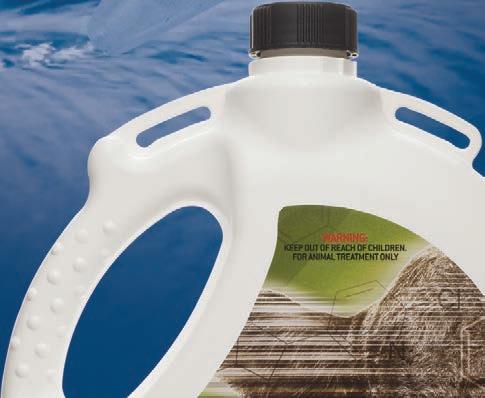





































 YCraig Page Deputy editor
YCraig Page Deputy editor
OU could never accuse those in New Zealand’s rural sector of not working hard.
But, according to new research released by ASB, it may all be in vain. Hard work, it seems, doesn’t always equate to high productivity.
In fact, the NZ Institute of Economic Research (NZIER) report shows productivity in the country continues to lag behind that of many other countries.
In short, New Zealanders work harder but produce less. The report says it’s because businesses have been slow, or reluctant, to invest in those things that can make everyone’s lives easier: capital, knowledge and research and development.
The report looked at growth opportunities and what business, the government and banks can do to grow productivity. It found lifting productivity growth from 1.5% to 2.5% would see real GDP hit $500 billion by 2045, an increase of about 5% on current projections.

NZ relies heavily on the agriculture industry.
But despite agriculture, forestry and mining contributing more to value-added products than the OECD average, the sector is not highly productive.
NZIER principal economist Christina Leung says any change in approach has to be driven by business, not the government. If businesses cannot, or does not, recognise the need to innovate, there is little point in asking the government for a helping hand.
There is also concern about NZ’s aging labour force, with the report highlighting the need to take action on productivity now to ensure the future sustainability of providing essential services like health and education.
Leung issued a challenge to NZ business to be more ambitious, embrace innovation and invest as an engine for growth and sustainability.
“The country’s economic growth over the past two decades has been largely driven by adding more people to the workforce, and this needs to change, we need to work smarter,” she said.
NZ’s exports have grown in the past 30 years, but compared to other small, advanced economies, exports still remain low with earnings, accounting for less than a quarter of gross domestic product.
Of the top 20 companies in the 2023 Deloitte Top 200, only seven are exporters
or have international operations: Fonterra, EBOS Group, Air NZ, Mainfreight, Zespri, Silver Fern Farms and Alliance Group.
But there is one shining light in this country. The kiwifruit industry has improved productivity, building on a partnership between growers, processors, researchers and Zespri.
“Since the changes in the industry that led to the formation of Zespri in 1997, the industry has been transformed and is a textbook case of how to turn a worthless food commodity into a high-value product,” Leung said.
The report says businesses have been slow to invest in those things that can make everyone’s lives easier: capital, knowledge and research & development.
It is an approach that has allowed growers to adopt new, protected varieties of kiwifruit and quickly develop new technology and share information across the industry.
It hasn’t come cheap. The kiwfruit industry has invested an estimated $800 million in automated infrastructure and technology.
But, as the old saying goes, sometimes you have to spend money to make it.

Dr Clive Dalton
WaikatoTO THOSE in the industry wanting the live cattle export trade to resume, and the politicians who will have to approve it, can I suggest that they all sign on as deckhands for a trip, and enjoy the fresh sea air and tropical sunshine for three weeks to decide the future of the trade.
Then include a short stay at voyage end, to see what kind of life the cattle will enjoy.
And on the flight home, study the Five Freedoms that animals must have under the Animal Welfare Act 1999.
Pay special attention to No 2 – Freedom from discomfort, and No 4 – Freedom from distress.
Decisions can then at least be based on facts, and not on predictions or bull’s wool about a “Gold Standard”.
QUITE astonishing to read about [Foundation for Arable research CEO] Dr Alison Stewart’s speech at a Hamilton conference, urging farmers not to think agriculture is exceptional and to get over “this ‘we’re special and need to be treated in a special way’” mindset, in “Changing crops for a challenging world” (February 19).
I don’t know of any farmers who think this.
I find it incredible that she makes this comment considering FAR gets its funding from farming, from everything we grow, by way of a levy.
I showed this article to my husband, and he said farmers are essential.
She also said “There’s no one in New Zealand saying ‘Let’s make life difficult for agriculture’.”
Has she been asleep for the past six years of the previous government?
Tourists may be important too, but we can’t eat them!
Send your letter to the Editor at Farmers Weekly P.0. Box 529, Feilding or email us at farmers.weekly@agrihq.co.nz






In my view ...
Acland is chair of Beef + Lamb NZ and a sheep, beef and dairy farmer.
FARMING is the foundation of New Zealand’s economy – it’s our country’s engine room.
It provides the key ingredients to multiple products and multiple stories that we sell to the world.
Farming can’t afford to stand still, we need to continue to improve in all pillars of our production – people and planet. However, we will struggle if we’re not profitable.
Profitability is the key.
We know regulation is needed to give New Zealanders confidence that farmers are good custodians of our environment, but regulation must be light on bureaucratic process and enable farmers to lead change.
Farms are biological systems, so rules need appropriate flexibility to allow farmers to manage their specific catchment and farm risks and to innovate to solve challenges in the way farmers are so good at.
We know that meaningful and enduring change in the rural space must be farmer-led – it needs to be from the ground up.
Catchment communities are critical to this progress.
When farmers are working together, in a co-ordinated way, to tackle the risks in their region –that’s when real progress is made. It’s critical that the government continue to support these groups.
The other thing farmers need is certainty – most of us are here for a generation or more, we operate on generational cycles rather than election cycles.
Certainty means we need enduring regulation.
We need to aim for cross-party support on environmental issues – farmers don’t want to be at the mercy of pendulum-swing politics.
Policy should focus on the outcomes we’re looking for and give farmers the ability to innovate and adapt our systems to meet those outcomes.
Climate change in agriculture is a prickly issue – most farmers accept they have a part to play, but they want the methane targets to be fair.
The scientific understanding of methane, its warming impact and how it should be dealt with from a policy perspective has evolved recently.
It’s clear from research carried out by respected climate scientists at Oxford University for Beef + Lamb NZ last year that the current methane reduction targets are too high.
We welcome the coalition government’s agreement to review the targets based on no additional warming.
NZ can be a world leader in terms of setting appropriate targets for biogenic methane, targets that recognise the warming impact of gases, as well as the important role our agricultural sector plays in producing quality sustainable protein for a growing world. But leading needs to have our people following – all our people.
If farmers feel confident that targets are underpinned by the latest science they will get on board with achieving them and
if they meet those targets, they shouldn’t face a tax on their emissions, but be celebrated.
If farmers have certainty on this, they will invest in and try new technologies that they otherwise might not be willing to do.
Pricing agricultural emissions needs a rethink.
Things have moved significantly on this issue globally, and NZ needs to look outwards and explore other ways to achieve our goals.
Rather than pricing agricultural emissions, most countries are now looking at ways to incentivise change.
In California, farmers earn carbon credits by using biodigesters to reduce their methane emissions.
The Canadian government is currently consulting on a proposal where farmers could earn carbon credits for undertaking actions like improved diets, management or other strategies that support more efficient animal growth. The European Union has also moved back from pricing agricultural emissions.
We have an opportunity to position our produce and grow trade through promoting and celebrating NZ farmers for the fact they are already the most emissions-efficient producers of protein in the world and they continue to improve.
Biodiversity is another area that needs work.
Sheep and beef farmers care about biodiversity. We know this because 24% of the country’s native vegetation cover sits on sheep and beef farms
But the National Policy Statement (NPS) for Biodiversity penalises farmers who have done the most to protect their biodiversity to date.

Those farms will have major areas identified as having a Significant Natural Area (SNA) and face major restrictions going forward in what they can do on that land.
The definition of an SNA currently identifies any biodiversity (regardless of value) as being significant. If implemented in its current form, a substantial cost and time burden will fall on landowners.
It’s vital we pause implementation of the Biodiversity NPS and take time to create a new framework. This framework should support landowners to integrate and manage biodiversity as part of productive farming systems and incentivise rather than penalise the protection and enhancement of indigenous biodiversity. This could include support with fencing, pest control or even the possibility of establishing biodiversity credits. We must strike a balance
with policy where increasing profitability and productivity from our rural sector sits alongside a thriving environment.
We also need to recognise the significant progress farmers have made in improving their environmental performance over the past decade – this has come at considerable cost.
We can’t afford for the environment to be an election issue – it’s just a part of what we do as farmers to manage our land and we need to get to a place where we’re celebrated for the great job we do.
My challenge to decision makers is to enable and empower meaningful long-term change by allowing farmers to innovate and grow, with policy that will set us up for a generational cycle rather than an election one.
• This is an excerpt from Acland’s Pitch a Policy address delivered at the National Bluegreens Forum in February 2024
BACK in the late 1970s my late father said to my brother and I that if we wanted to own our own farms the only way to do that was through dairy. Dairy, he said has a co-op structure that is designed to support the farmer, work for the farmer owners, and as a collective invest and add value to the product.
Meat and wool, he said, were driven by short-term imperatives of securing supply.
“Flirting for supply,” he would say. “No future.”
Consequently, we did one of the very first dairy conversions, in 1981. We are forever grateful to the Dairy Board consulting officers, the LIC, NZDG – they
created wealth for us beyond our imagination at the time. We had been trying to survive but with dairy we thrived.
So, I was fascinated when the Open Country flyer turned up in the mailbox headed “Cash flow is king”, offering “payment methods that pay faster and can pay more than Fonterra”. (I note “can”, not “will”.)
Undoubtedly cashflow is king, but I would argue that total cash trumps it.
I looked at Dairybase data as of February 10 this year. I used operating profit per hectare as my basis for comparison as it considers costs associated with producing the milk. Milk price alone is a poor measure of on-farm profitability.
The data shows that over the past nine years, Fonterra farmers enjoyed a cumulative total of an
extra $2426 /hectare of operating profit.
It is worth noting that it is in seven of the past nine years that Fonterra farmers enjoyed a higher operating profit per hectare and for two years Fonterra was behind, presumably through the impacts of the restructure. True that Open Country’s milk price was higher on average by 7c a kg over the period, but that didn’t seem to follow through to profit lines.
I avoided using individual years in isolation as timing of payments relative to the accounting year does impact the numbers. However, for the record the biggest advantage that Fonterra had in a season was $1066/ha and biggest advantage Open Country farmers had was $618/ha, but that can be distorted by the timing of payments hence the use of the nine-year average.
Average milksolids per hectare was similar with 1198 kg/ha for Fonterra and 1249kg for open country farmers.
Fonterra farmers do have capital tied up in the processing side of the business and we have seen a depreciation in share value resulting from both changes in methodology of valuation – and with dairying no longer being in growth mode. With Fonterra now focused on adding value to New Zealand milk, I foresee a time when any new supplier wishing to join the co-op will have their supply put through a model to see whether it adds value to the existing shareholders’ milk – Fonterra will no longer be the fallback option if the others disappoint. We make extensive use of the six months’ free credit on supplies and milk powder, which enables us
to sell surplus calves before paying rearing costs.
The Farm Source points have enabled us to install solar on the house and all but eliminate the house power bill.
Every 10 cents Fonterra pays in dividend will add about $120/ ha to our operating performance, only needing a 20 cent dividend to cover our cost of capital (plus some) on shares at 8% interest cost. Within that there is a natural hedge against lower milk prices. The LIC shares have yielded us well into double digits.
Silver Fern Farms have provided us with a no-wait collection of cull stock plus bonuses and dividends. Farmers Mutual Group has given us 40 years of competitive insurances and no-hassle claims. We will continue to be co-op members because they continue to add real value to our business.

IRECENTLY caught up with ACT MP Mark Cameron, the chair of the Primary Production Select Committee.
After the 2020 election I emailed the agricultural spokespeople of ACT and National, asking for any relevant information for my columns. Cameron sent me a weekly summary. I was duly ignored by the various National Party agricultural spokespeople, which was their choice.
The select committees are a vital part of our electoral system. They are where the hard work is done. After legislation is read for the first time in the House it is generally referred to the select committees, where they debate the issues. Whereas in the full Parliament political posturing seems the order of the day, in the select committees common sense generally prevails.
As well as deliberating on legislation, they receive reports from relevant government departments and are able to cross-examine. They are also able to go into much greater depth than is possible in the chamber. Individuals and organisations can make written and oral submissions to the committee.
The Primary Production Select Committee currently has a majority of members who are either farmers themselves or have strong links to the rural sector. The one exception is Green MP Steve Abel, who is described as a climate and environmental activist with strong links to Greenpeace. The good news is that he is but a small minority in a pro-farming group.
Cameron knows what he wants from his team and it is all positive for the rural sector. He wants a collegiate approach when it comes to fresh water, Overseer and any law that affects farming.
That’s really positive.
He is committed to having local solutions to local problems. He strongly opposes the top-down approach. He points out that issues like sediment load and E coli pollution are issues for individual catchments and should not be legislated for on the basis of one size fits all.
He also believes that the job of the central government is to provide a template for the local councils to adapt for their individual challenges. That markets should create environmental requirements and not the central government.
I’ve been covering Parliament on and off for longer than I care to remember, and I was really
heartened by the Cameron approach.
I’m totally over the dictums from on high on the basis that Wellington knows best. It doesn’t. What is suitable for Southland is totally different to the issues facing Wairarapa.
I’m also totally over the current circus over Significant Natural Areas, the crass stupidity of some regional councils over wetlands and the present vagaries of the Resource Management Act. That Cameron wants to fix them in the current term was music to my ears.
I also totally agree with the industry setting scientifically based sustainability and environment goals that are appropriate to our markets. Again, I don’t want a government edict telling me what the markets want and how we need to change if we are to succeed.
Who knows best, a civil servant behind a desk in Wellington or the industry, as Fonterra is currently doing with its environmental initiatives?
Cameron’s second-in-command is Miles Anderson, who I also rate particularly highly. He is a feeton-the-ground, super-intelligent grassroots farmer who will represent the sector well.
As you may have gathered I came away from the meeting in a positive frame of mind. For the first time in decades the industry has a select committee that knows what we’re about and that’s great news not just for the sector but for the country. Our success isn’t limited to the Primary Production Select Committee. We have three associate ministers – Nicola Grigg,

For the first time in decades the industry has a select committee that knows what we’re about.
Mark Patterson and Andrew Hoggard – who are farmers in their own right and certainly understand grassroots issues. We also have farmers on other important select committees. Northland’s Grant McCallum is on the Education and Workforce Select Committee along with Suze Redmayne, who is also the Junior Whip, an important position. Of great importance is Mike Butterick being deputy chair of the Environment Select Committee. He will be able to cull the missionary zeal of the eco warriors of the Ministry
for the Environment and the Environmental Protection Authority, which is vital for our sector.
Going forward under the current coalition government is positive for the sector.
There are farmers in all three parties of the coalition.
I believe we can end up with a strategy that is designed by farmers with legislative support from the MPs I’ve mentioned.
The problem is the sector doesn’t have a cohesive plan to take us forward. As I’ve written at length on previous occasions, we need a single voice, a primary production hub.
We have legislative opportunities we haven’t had for a long time. A single voice would guarantee our long-term future if we can bury our differences and move ahead as one.

been fortunate enough to run my own little agri-comms business.
Like most owner-operator outfits, it runs lean. Clients sign on with a two-page contract and a handshake – knowing full well that if I don’t deliver, they can (and should) drop me. It’s not for everyone, but this lack of administrative oversight suits me down to the ground.
I like being able to just focus on the work.
Landing on a payroll recently was a bit of a shock. I chafed under the first few days of induction manuals, HR systems and health and safety briefings. I was hired to do the work, and all this extra stuff felt like it was just getting in the way.
direction. Like most things done day after day after day, that way of working has become part of my identity.
Having to abruptly start following someone else’s rules –however commonsense and well intentioned they are – just hasn’t felt right.
But something has balanced out the paperwork chafing. Something that I can already tell is worth it: joining a team.
Dropping into the weekly scrum with half a dozen people who are equally obsessed with transforming food systems for human and environmental
resilience has been a welcome change.
The opportunity to learn from people who have been doing the hard yards of system change in food and farming for decades, is worth the price in admin hours. Being able to build off their reputation and hard lessons learnt will be worth giving up a little autonomy.
With all the talk of “Team Ag” recently, it’s a good time to pause and reflect on what collective work can achieve – even if it costs the individual time, money and effort.
The food New Zealand farmers produce is rated as the world’s
In this series, the lads discuss levers.
THIS month, for the first time in half a decade, I took a regular job.
Up until now, I’ve
I found myself empathising with a lot of farmers out there who look at the mounting pile of regulations the same way. It’s slowing down the real work.
In the same way that a tennis player or golfer might struggle to take up a team sport, it’s been harder than I thought to give up some of that autonomy and self-
MILES OF FILES: Our ability to sell into top-end markets like the European Union will be built on endless farm environment plan updates and the like, says Daniel Eb.

safest because of the assurance and monitoring schemes that run on boring paperwork.
New Zealanders overwhelming trust farmers to properly care for their livestock because the rules generally keep pace with social expectations, the vast majority of farmers comply and breaches are enforced. We are slowly (probably a bit too slowly) building a firewall against a future biosecurity threat through increasing NAIT compliance.
No individual farmer, however talented, can achieve these things. Instead, everyone pays the price in paperwork.
This isn’t full-throated support for all regulations. Many of the recent batch lacked farmer input
Those intending to add to the paperwork load have a responsibility to design it well. Continued next page
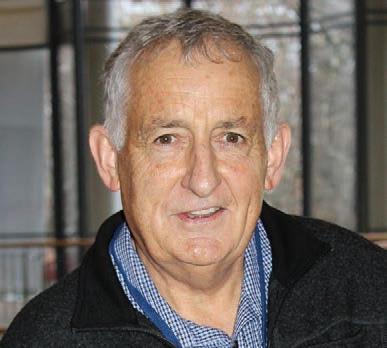 Keith Woodford MD at AgriFood Systems kbwoodford@gmail.com
Keith Woodford MD at AgriFood Systems kbwoodford@gmail.com
FOR much of the past 20 years, Synlait was an entrepreneurial player in the New Zealand dairy industry, with a strong focus on growth. For a long time, it seemed to be doing everything right.
Alas, after remarkable growth through to 2019, the wheels have progressively fallen off over the past four years. Synlait now faces an existential threat. Where did things go wrong and where does the path now lie?
Synlait’s fundamental problem is that for the second year running it is operating at a loss. Synlait’s recent stock exchange guidance is that it expects to report a loss of between $17 million and $21 million for the first half of the 2023/24 year.
Go forward a little further, and unless there is a big unexpected turnaround in the next few months, Synlait will have made a loss in three out of the past four years.
Another issue is that Synlait has begun leaking nervous farmers to Fonterra. Several years ago, there was a waiting list of farmers wanting to join Synlait.
Despite the lack of profit, Synlait has recently been earning around $1.6 billion in annual export revenue, comprising about 6% of New Zealand’s dairy industry exports. It is an important company.
My interest in Synlait has been twofold. Given that I was Lincoln’s professor of farm management and agribusiness from 2000 to 2015, I was interested in all the NZ dairy companies, including Synlait.
Perhaps more importantly, I have also been interested in the issue of A1 versus A2 milk ever since 2004, and in 2007 the first edition of my book on the topic, Devil in the Milk, was published.
In 2010, I was in some discussions with Australia-based Geoff Babidge who was the CEO at the a2 Milk Company (a2Milk).
Continued from previous page
and quickly evolved into political footballs.
They relied far too much on the stick (for example, tax) instead of the carrot (new market development – like biodiversity or robust carbon sequestration credits).
It was obvious that a2Milk needed a reliable supply of top quality A2 milk if it was going to produce infant formula. It was also obvious that this would be hard to get in Australia.
So, I said to Geoff that he needed to talk to Synlait in NZ, which was too small to have come on Babidge’s radar.
To cut a long story short, I teed up a meeting between Babidge and Synlait CEO Dr John Penno in January 2011. Babidge knew that he needed Penno, not that he actually voiced that to Penno, being too smart for that. But Penno was not convinced he needed Babidge. It was an interesting meeting.
However, the seeds for mutual benefit between Synlait and a2Milk were sown, and I then stepped aside.
Fourteen months later a detailed agreement between the parties in relation to A2 infant formula was finally inked.
It was that partnership between a2Milk and Synlait that set both companies on an amazing journey of interdependency and wealth generation. I kept watching from the sidelines.
Returning to the current situation, the focus within the financial media has been that Synlait’s existential problems are a consequence of high debt. However, debt would not be a problem if Synlait were making good margins on its manufactured products. The accounts as at July 31 2023 show debt of $413 million but this is only 34% of debt plus book equity.
There should not be anything frightening about the current financial leverage, if only Synlait were profitable. However, Synlait’s operating margins have declined markedly as revenue has stalled but costs have risen. Hence, Synlait is at the mercy of its bankers.
The share market has now lost confidence in Synlait, with shares as I write this article in midFebruary 2024 selling for 70 cents. One year ago, the shares were selling at around $3.50.
In 2019, the shares were selling at up to $13, based largely on outstanding profitability of Synlait’s “a2 Platinum” infant formula manufactured for a2Milk, before a precipitous drop in earnings on the arrival of covid.
Synlait’s immediate challenge is to repay $130m of bank debt in late March 2024. I have some confidence that Synlait’s bankers will renew this debt on a shortterm basis, but at a considerably increased interest rate.
A bigger challenge for Synlait is that it has to repay $180m of
Worse, they put the stick and the carrot at the wrong end – leading with threats of punishment, instead of splashing some cash to incentivise farmers to experiment with the new markets first, before showing the stick.
Data duplication remains an unnecessary time-waster and policymakers failed to account for
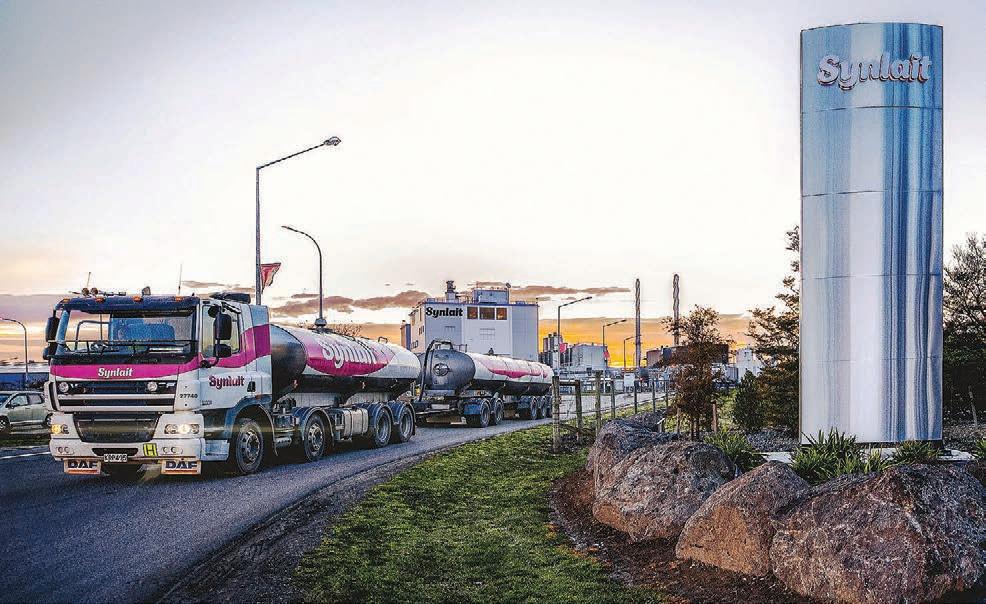
five-year bonds in December 2024.
These bonds, with a face value of $1, are currently trading for 79 cents, providing a yield, assuming Synlait can actually repay the bonds, of 30%. That reflects the scepticism of the market that Synlait can manage its debt repayment obligations.
There are only two options for Synlait. Either it has to sell assets or it has to raise more share capital.
The most obvious asset to sell is its consumer products division, Dairyworks. This was acquired in 2020 for $116m. Dairyworks now focuses on cheese, having discontinued its yoghurt and spreadable butter products under Synlait management.
However, unless Dairyworks can be sold at a huge premium, which is doubtful, it won’t be enough to turn the books around.
There are only two options for Synlait. Either it has to sell assets or it has to raise more share capital.
The Dairyworks assets have been for sale since June 2023, but so far no one has come forward at a price that Synlait considers satisfactory. Perhaps that will change soon, given that Synlait needs to make something happen urgently. Time is running out.
Synlait also owns mothballed cheese-manufacturing facilities at Temuka, which it acquired in 2019 for between $30m and $40m. It has written down these assets by $12m but a further write-down seems likely, which will increase the net loss for 2023/2024.
The other potential sale would be the underutilised Pōkeno processing facilities, south of Auckland. But who would purchase those right now?
Perhaps Singapore-based Olam, which already has a new plant at
the weight of so many regulations being imposed so quickly – particularly at a time when weather and economic shocks were straining farm balance sheets and the wellbeing of those on the land.
Those intending to add to the paperwork load have a responsibility to design it well.
But the high-value future of
Tokoroa, could be interested if it were a bargain. Would Olam want another plant drawing on an overlapping milk-supply catchment, within which there is already significant competition for milk? I am confident that they could rustle up the necessary funds if they wanted to.
If Synlait cannot successfully sell assets, the only other options are to either raise more share capital or to be bought out totally by a new owner. This gets tricky given two existing major shareholders.
The biggest financial stakeholder is Bright Dairy from Shanghai with 39% shareholding. Bright has been a shareholder since 2010, when Synlait was still a private company.
Bright cannot increase its shareholding unless it offers to purchase all shares. Would it be willing to buyout the company itself, or alternatively sell its shares in a buyout? Bright’s public response until now has been that it is happy with its current shareholding and intends to stay as a long-term shareholder. That could change either way.
If Bright really wanted to, it could find funds to purchase 100% of Synlait. However, there is a big fly in the ointment – a2Milk. a2Milk is the second biggest Synlait shareholder with a 19.9% shareholding, theoretically headquartered in NZ but with all senior executives based in Australia, China and the United States. Most of the share trading occurs in Australia despite it being a NZ company.
Like Bright, a2Milk can only increase its percentage of shares by offering to buy all shares. a2Milk is also the most important purchaser of Synlait’s products. It is debt free and has more than $750m sitting in the bank. This would be more than sufficient to purchase Synlait.
Both Bright and a2Milk have shareholdings that effectively
the food and fibre sector will inevitably come at a paperwork price that is greater than today’s.
Our ability to sell into highstandard markets like the European Union, or prove the environmental claims that the world’s most discerning customers are looking for, will be built on endless farm environment plan
WOBBLING:
After remarkable growth through to 2019, the wheels have progressively fallen off over the past four years, Keith Woodford says.
prevent other corporates from pursuing an outright purchase unless at least one of them agrees to sell.
Also, there are particularly strong reasons why a2Milk cannot afford to let go of Synlait.
Without Synlait, which holds the licence for manufacture of Chinese-labelled “a2 Platinum”, a2Milk is in big trouble. It would mean a2Milk would need to obtain an equivalent licence for its majority-owned Mataura Milk in Southland.
Obtaining that licence could be a long process, and there is also a long herd-conversion process before Mataura will have the necessary volume of A2 milk.
Things have got more complicated over the past year with a very strained relationship between a2Milk and Synlait.
Not only is a2Milk now seeking damages from Synlait for nonperformance, it also wants to use non-performance as a reason for breaking commitments relating to exclusive sourcing of supply.
The two companies are in arbitration but it is far from clear how that will end up. I could say a lot more about the disagreements but all I want to say here is that it is a nasty situation.
The cleanest outcome would be if a2Milk were to make an outright bid to purchase Synlait. Bright could then decide to sell or retain its shares.
If Bright decided to retain the shares, then a2milk would need to buy at least 76% of other shareholdings to obtain control. Perhaps a2Milk is biding its time, as the screws are tightened on Synlait. And then, what would Bright decide to do? Perhaps a counter offer to ratchet up the price?
The only thing close to a certainty is that something big now has to happen. The Synlait of the future is going to be very different to the current Synlait.
updates, GHG number calculations, online catchment meetings, new supply chain assurance reports and real-time water, animal health or other sensor monitoring.
Even when designed perfectly, it will mean chafing under paperwork at 10pm in the farm office or at the kitchen table.
But that’s why we have red wine.
An illustrious 18-year tenure with Deer Industry New Zealand has come to an end for Innes Moffat.
Annette Scott caught up with him as he prepared to depart.
DEPARTING Deer Industry New Zealand chief executive Innes
Moffat has given 18 years of unwavering support and service to an industry he stumbled upon rather than aspired to.
But he has no regrets as he leaves the helm.
“I have spent a fair part of my life working with the red meat industry and reached a stage in life where I’m thinking ‘What’s next?’” Moffat says.
While he has “other things” he is interested in, just what those things will be are yet to evolve.
“I am too young and too poor to retire so there will be something next.
“I am desperately proud of NZ’s ability to produce the highest quality, safe food. We don’t celebrate that enough.”
Maybe there’s a hint there of his future.
Moffat ended his tenure at DINZ on March 1, leaving behind a legacy of transformation and industry growth.
In his four years as chief executive, DINZ underwent significant transformation.
The culmination of this evolution occurred last year when DINZ successfully refined its industry-led priorities and streamlined its processes while at the same time there was a recalibration of the organisation’s team.
With the completion of DINZ’s transformation, Moffat says leading the team has been a “privilege and pleasure” and though it has been a tough call, it is timely now to step down.
“The industry has been through tough times, much of which was externally imposed by the pandemic and international trading conditions, which required serious recalibration for the organisation.
“Venison after covid is out the other side, we are on the right track now. The industry has a clear role and clear strategy, it is the appropriate time for the industry to take up fresh leadership into the next phase.”
Moffat was appointed chief executive in 2019 after working as manager of the industry’s productivity improvement programme for six years. Before that he was venison marketing manager for eight years.
His involvement in the meat industry started in 1996 with the NZ Meat Producers Board as a development officer for the Asian market.
The industry is different to five years ago; it is different to 15 years ago and it will be different in five years’ time as well. There is constant evolution in NZ marketing companies to meet changing consumer preferences.
This was not what he aspired to be as a youngster growing up on the family farm in Otago.
“I grew up on a sheep and beef farm near Balclutha. I thought I would be a farmer, I guess because it was all I knew, but with my parents’ encouragement I went to university and I have a degree in history and political studies.
“Coming through the reforms of the ’80s as a teenager, farming was tough, it really wasn’t an attractive place to be. My parents’ encouragement at the time was probably good as I learnt to have an open mind.”
After graduating from university Moffat headed abroad and worked in the United Kingdom for three years across a variety of jobs, from
working on farms to truck driving and serving in bars.
Returning to NZ and expecting to get a job with his university degree didn’t quite go as planned.
“I worked under contracts with some government departments until I eventually landed a role with the NZ Meat Board. They sent me to Brussels to represent the NZ meat industry for market access and quotas with the European Union Commission.”
On his return to NZ four years later he was looking for something different and that’s when he teamed up with DINZ.
“Part of the appeal was the small organisation representing farmers, processors and exporters with involvement across the entire value chain from genetics, grassroots farming, policy, to talking with international markets involving the plate back to the genetics and everything in between.
“Our industry certainly has changed and it will continue to change. There were a lot more farmers with deer 15 years ago.”
Moffat has every confidence that the NZ deer industry will continue to adapt, thrive and produce high quality products for international markets, providing a valuable contribution to NZ’s economy.
A particular highlight of his time with DINZ has been the passionate farmers.
“Deer farmers take a deep interest in the work we do, they feed their passion into the industry and are happy to share what we do well and what we could do better.
“Farmers took ownership of the Passion2Profit programme and it was very gratifying, the really deep level of engagement being real testament to the quality and design of the programme and enthusiasm of the farmers who took ownership of it.”
Moffat also paid tribute
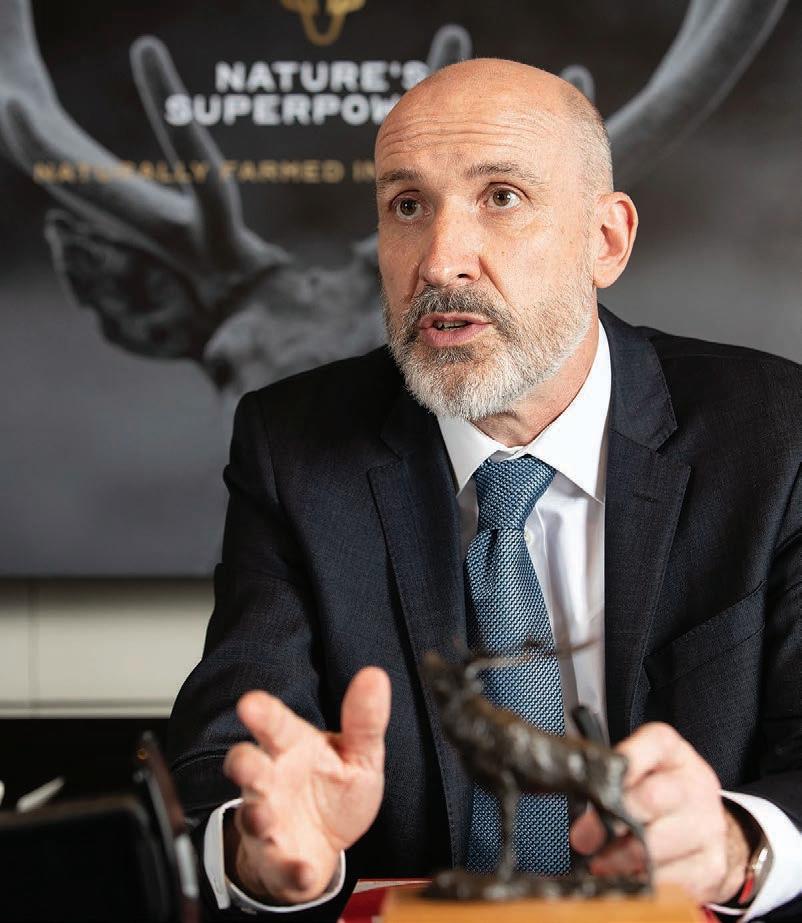
“to the dedicated DINZ team and contractors, to industry leaders, government officials and politicians” he has worked alongside over the years.
“The industry is different to five years ago; it is different to 15 years ago and it will be different in five years’ time as well.
“There is constant evolution in NZ marketing companies, strengthening brands to meet changing consumer preferences.
“The industry is well placed to capitalise on naturally produced product and I see NZ venison companies differentiating themselves in the future as they grow niche markets, such as grass-fed and non-carbon venison, more carefully placing these with those customers who value it most highly.
“It has been a reasonably tumultuous period in NZ farming and the international trade sector. I hope I leave the team in a good place, well positioned to serve a dynamic and exciting sector.”
Moffat has no specific plan for his future but “there will be
something and no, it won’t be taking up golf”.
DINZ board chair Mandy Bell will take up the interim role as executive chair “to keep up the momentum and support the DINZ executive team” while the search for new leadership is underway.
She acknowledges Moffat’s extensive contribution to the deer industry and says despite the transition, DINZ remains steadfast in its commitment to leading industry change and securing better access for deer products in international markets.
“DINZ remains focused on leading industry change and securing better access for deer products in international markets.
“We appreciate everything Innes has done, leading our sector through a time of real change.
“His unwavering support and service to DINZ have had a significant impact on many,” Bell says.
Finding the right person to step into Moffat’s seat is expected to take a couple of months.
THE finalists in this year’s Ahuwhenua Trophy for the top Māori dairy farm have been announced at a function at Parliament by Minister for Māori Development Tama Potaka. Guests included politicians, agribusiness leaders, industry representatives, diplomats and the finalists themselves.
On a three-year rotational basis, the trophy is competed for by Māori farmers and growers in the sheep and beef, horticulture and dairy sectors. This year the competition is for dairy.
The finalists are:
Wairarapa Moana ki Pouakani Incorporation – based in Mangakino; and Whakatōhea Māori Trust Board – based in Opotiki.
Nukuhia Hadfield, chair of the Ahuwhenua Trophy management committee, said once again the competition attracted a high calibre of entrants from around the country.
She said the dairy sector, like all primary sectors, faces huge challenges – global financial disruption, war, rising costs and some major markets that are taking longer than expected to recover from the covid pandemic.
New Zealand’s dairy farmers are not immune to these challenges, but this has not
deterred them from entering this year’s competition.
“This year’s finalists, along with the other entrants in this competition, show the strength and determination of Māori dairy farmers to successfully overcome adversity and get on with the daily task of producing their
They show the strength and determination of Māori dairy farmers to successfully overcome adversity.Nukuhia Hadfield Ahuwhenua Trophy
products in a truly sustainable way. Aotearoa should be proud of what they do and the Ahuwhenua Trophy competition ensures that their efforts are recognised and celebrated,” she said.
Hadfield said an issue Māori farmers face is that their contribution to the Aotearoa economy goes largely unrecognised, and one of the goals on the Ahuwhenua Trophy is to build awareness of this important contribution within te ao Māori, as well as with the wider public and throughout government and industry circles.
The Ahuwhenua Trophy is the most prestigious award for excellence in Māori farming and was inaugurated 91 years ago by
Māori leader Sir Apirana Ngata and the governor-general at the time, Lord Bledisloe.
The objective was and still is to encourage Māori farmers to improve their land and their overall farming performance with an emphasis on sustainability.
The finalists will each hold a public field day at their respective properties:
Thursday, March 28 – Wairarapa
Moana ki Pouakani Incorporation
Thursday, April 4 – Whakatōhea
Māori Trust Board
The winner will be announced at the awards dinner held on Friday, May 17 at the Globox Arena, Claudelands Event Centre, in Hamilton.
With funding in place and covid’s lessons still fresh, AgResearch could be closing in on a solution to the costly condition. Richard Rennie reports.
THE technology for developing and commercialising covid vaccines and the ability to adopt it for livestock vaccines is moving a step closer with AgResearch’s work on building an RNA vaccine for bovine viral diarrhoea.
As covid continued to swirl around the world two years ago, a little-known benefit for NZ scientists in that year’s budget was the provision of $40 million for investment in RNA vaccination development.
The RNA “fast start” platform has since given AgResearch scientists the opportunity to advance their work on developing an RNA vaccination that could deliver a higher level of efficacy than conventionally developed vaccines against bovine viral diarrhoea (BVD).
Dr Axel Heiser, AgResearch’s chief scientist is heading up a team taking the research to a proof of concept stage.
Massey University research has estimated that BVD costs NZ farmers about $150 million a year in deaths and lost production. It can be extremely hard to diagnose clinically, and herds can be blighted by “shedders” that, despite being outwardly healthy, spread the virus across herd mates, sometimes for years.
Further complicating matters,
embryos can become infected from their mothers.
“The RNA vaccines used against covid interfered with the virus’s spikes that attached to human cells. It is a similar set up with BVD. It has a protein that sits on the virus’s surface, we know it well and can develop a vaccine that puts out antibodies that bind to that protein.”
The beauty of an RNA vaccine for BVD control is also its ability to counter a spectrum of BVD strains, something existing vaccines struggle to do – with NZ strains proving particularly adaptable against those vaccines.
Heiser highlights the streamlined process for designing a BVD RNA vaccine, leading to a rapid progression through vaccine candidate development and accelerating the path to regulatory approval.
The technology has the potential to shorten vaccine development and registration from 10 years to 5-6 years.
While funding, usually the biggest hurdle for such research, has been locked in, the scientists have some other challenges to work through in coming months.
“This is proof of concept work at this stage, and if it works, we want to improve the RNA antigen so the nano particles that transfer the vaccination do not require the extreme cold-chain storage that
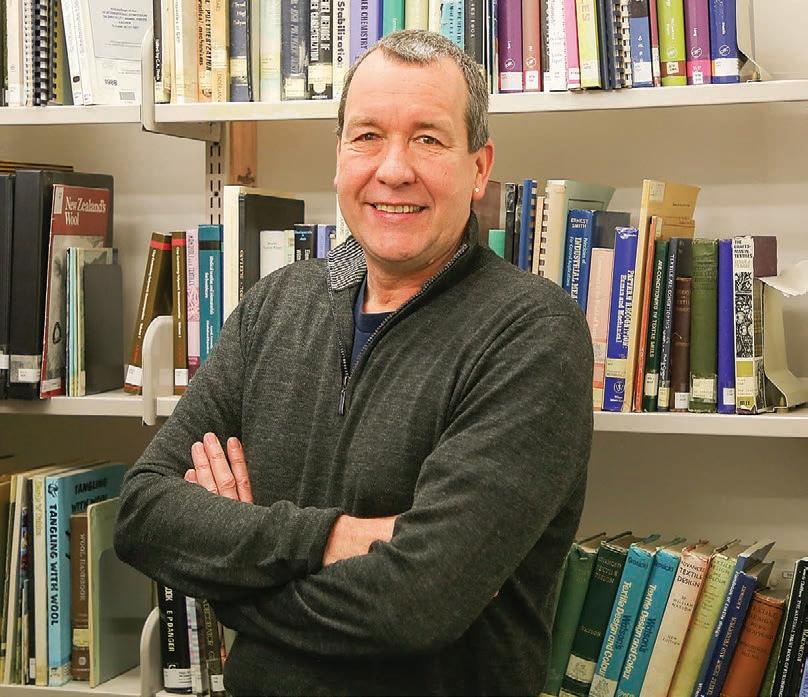
NAILED: AgResearch principal scientist Dr Axel Heiser says in a year researchers should have a proof of concept if the BVD RNA vaccine is possible and might have investor commitment for the next stage of development.
It is a similar set-up with BVD. It has a protein that sits on the virus’s surface, we know it well and can develop a vaccine that puts out antibodies that bind to that protein.
Axel Heiser AgResearchthe covid vaccines required.”
Storage temperatures have to be as low as -80degC, something that
 Richard Rennie TECHNOLOGY Energy
Richard Rennie TECHNOLOGY Energy
JUST over 20,000 hectares of pine forest would be enough to provide New Zealand with the fuel reserves needed to fire a power station over a dry hydro year.
Energy industry consultant Dr Lindsay Robertson has outlined the assorted options for providing dry-year base load electricity cover that have been considered by the Ministry for Business Innovation and Employment (MBIE).
The options have become even more pertinent now the new government has decided to can the proposed Lake Onslow hydro battery project, estimated to come with a $15 billion-plus price tag.
At present Genesis’s Huntly power station is NZ’s main base load supply, but it is under pressure to reduce its coal-fired emissions, accounting for about 4 million tonnes of CO2 a year, about 5% of NZ’s total carbon release.
In a webinar highlighting the potential of bioenergy as one of
the remaining preferred base load options, Robertson says MBIE had very specific and stringent requirements for alternative base load supply proposals. They need to be sustainable, fully renewable and fully dry-year focused in application.
Alongside bioenergy sources, the other two options are geothermal and hydrogen generation.
For large-scale fuel source, we decided at an early stage we were talking log wood and not much else.
Dr Lindsay Robertson WSPIn terms of capacity, bioenergy has the greatest potential, capable of providing between one and four terra-watt hours (TWh) of power.
As a supply to generate that sort of energy, “K” grade debarked logs currently sold overseas represent the most energy dense source of supply.
These could be converted to pellets and fed into a typical Rankin-type power generator or converted to a liquid biofuel option to feed a gas turbine plant.
“For large-scale fuel source, we decided at an early stage we were talking log wood and not much else,” he says.
One of the key fuel options is turning the logs into torrefied pellets that can be stored outdoors. Such pellets were trialled by Genesis over a week in early 2023 in the Huntly power station, and were hailed as a successful replacement for coal.
The pellets offer similar energy value to coal and produce less than 10% of coal’s emissions.
Robertson cited several benefits of pine logs, including being a relatively “clean” fuel source, having open market access for acquisition, and their ability to stockpile the requisite 1TWh of energy in the event of a dry year.
Estimates were a forest area of about 22,000ha would provide sufficient volume of timber to be sustainably harvested to provide the base load dry-year energy required.
including Mycoplasma bovis.
Heiser is confident NZ has the capacity to produce a BVD vaccine at scale, while also leveraging off the technology used for covid vaccines, including the same tech to modify RNA and to put it into nano-particles.
Heiser comes with a proven RNA vaccination pedigree, being involved in early efforts in the late ’90s with the technology in the first clinical trials treating prostate cancer and getting a positive immune response from the vaccination.
He anticipates that in a year’s time the scientists will have proven their proof of concept, and the next stage will involve treating calves with the vaccination.
“And if that works we will probably need four to five years to get registration here in NZ.”
made the use of RNA vaccinations against covid difficult in countries like India.
Collaboration with Victoria University researchers will have them working on new particles that do not require cold chain storage.
“There is a lot of IP we can create for NZ in that, but that is beyond this stage of the work.”
Viral livestock diseases represent a world of possibilities for future RNA vaccinations, including rotavirus and even foot and mouth disease. Bacterial diseases could also ultimately have such vaccines,
Globally a BVD vaccination would have significant commercial potential with the disease a blight on dairy production in other regions, including parts of Europe.
But in general animal health companies have stepped back from higher risk vaccination development in recent years, and Heiser says this has made the funding for the AgResearch work even more invaluable.
“The companies have become quite risk averse.
“For us to be funded at these early stages means we are producing the data and proof of concept. We are also lucky enough to have an investor interested to be involved between this stage and scaling up.”

NZ has about 1.8 million hectares in exotic tree plantations. The Bay of Plenty-Waikato area alone can supply 1.7 million to 1.8 million tonnes of K grade logs a year. But Robertson also cautioned about the energy required to produce the fuel pellets, which could become significant economically.
“We also need to ask, ‘Where is the energy for processing coming from?’”
But he says a pine log supply is well aligned with NZ’s needs in that the tree grows so well here, often close to major demand
areas, and a shift to this supply would use existing forestry infrastructure.
With a sustainable fuel Huntly power station remains a good solution to the base load issue, with potential to push its lifespan out for another 15 years if that fuel can be sourced.
Next steps would be to identify possible locations for growing and processing pine-based biofuel and confirm transport options.
Robertson says such a scheme could provide long-term employment advantages and is proven to be competitive with pumped hydro.




















Otago Regional Council needs to read the room and hit pause on its poorly drafted plan for managing land and water resources, Federated Farmers say.
The organisation’s Otago president Luke Kane says councillors need to do the right thing by ratepayers when they vote in March on whether to implement the Land and Water Regional Plan this June.
“Central Government have made it very clear there are going to be significant changes to the timelines and direction. Otago Regional Council (ORC) should be taking note of that and delaying their plan,” Kane says.
“It would be completely irresponsible of them to keep pushing ahead with the plan in its current form. It will just lead to needless cost and confusion for farmers, farming families and rural communities.
“As it’s currently written, the plan would severely limit our ability to continue farming in the Otago region.”
ORC has been working on its controversial Land and Water Plan for five years and was due to notify it – when many parts would take effect – at the end of June.
The plan is designed to meet the previous Government’s National Policy Statement on Freshwater 2020 (NPS-FM), but Kane says the plan goes much further than is required.
The new Government is also moving quickly to replace the

LISTEN: With the government signalling there will be changes to freshwater regulations, Federated Farmers Otago president Luke Kane says the Otago Regional Council should take note and pause work on its plan for managing land and water resources.
NPS-FM with what it says will be “pragmatic and sensible freshwater rules”, due to be completed in 18 to 24 months.
This will involve rebalancing Te Mana o te Wai (mana of the water), a concept that’s central to the NPS-FM.
Kane says although Cabinet has extended the deadline for councils to implement freshwater plans from the end of 2024 to the end of 2027, that’s only useful if ORC accepts it.
“It’s obvious to ratepayers that

NOT READY: Former Federated Farmers Otago president Simon Davies says Otago’s plan has a long way to go before it’ll be practical and sustainable, both environmentally and nancially.
nothing more should happen with this draft plan until we have clear direction on freshwater from the new Government.
“Why would ORC bring a new plan into place that’ll need to be overhauled in a couple of years, costing ratepayers even more money?”
He says he and other farmers are frustrated ORC councillors didn’t vote in favour of delaying the plan at a meeting on February 21.
“That’s very disappointing but we’re hopeful they’ll vote for postponement when they meet again at the end of March.”
Kane says, contrary to what environmental groups are saying, farmers aren’t opposing the plan because they don’t care about water quality.
“Farmers aren’t wanting to destroy the environment; we just want a practical and science-based approach that will work.
“We’re not disputing we need good environmental outcomes, but we need to see a way forward that will allow us to continue farming.”
He says once the problems with Te Mana o te Wai are worked out by the Government, the rest will fall into place.
“The ORC’s interpretation of Te Mana o te Wai is heavily one-sided towards looking after the health and wellbeing of water.
“It’s completely imbalanced and puts the health of the water before all other considerations – including human health, community needs, or economic development.”
Another farmer disappointed that councillors haven’t already put the draft plan on ice is Simon Davies, a sheep and beef farmer at Toko Mouth, near Milton.
He’s also holding onto hope that the March vote will end in the right result.
“The impression I’ve been given is that the councillors are expecting to delay it in March. I guess time will tell.”
Davies, a former Federated Farmers Otago president, says the draft plan as it stands is entirely unachievable.
“It’s probably not going to make a lot of difference to water quality, but we’ll pay a huge price in an economic way.”
Like Kane, he’s deeply concerned ORC has gone much further than it’s required to by Government.
“They’re going beyond the national stock exclusion regulations passed last year.
“The Otago region generally has good water. I acknowledge there are some specific areas that have a few issues to address, but demanding an entire region meet a standard that goes well beyond the national requirements is completely unreasonable and unnecessary for most farmers in Otago.”
Davies says potential implications for stock water limitations are also worrying him.
“It’s a real concern because if we lose our water, we just won’t be able to farm here.”
ORC appears to be trying to control activity rather than outcome, he says.
“The outcome is better water quality but they’re not actually trying to do that – they’re trying to control activities and assume that will improve water quality.
“This plan’s got a long way to go before it’ll be practical and sustainable, both environmentally and financially.”
Kane and Federated Farmers North Otago president Myfanwy Alexander have written to ORC councillors imploring them to postpone implementing the Land and Water Plan.


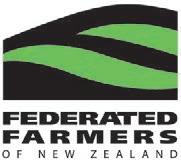
Just a few hours after o cially opening his four-hectare maize labyrinth to the public, Phil Sherwood was struck by a moment of panic.
“Our very rst people to go into the maze were a grandma and her two grandkids, and after two-and-ahalf hours they still hadn’t come out. I thought, ‘Oh heck, what have we done?’
“We sent our boys in to nd them, and it turns out they weren’t lost –they were just taking their time and enjoying the experience,” says the Federated Farmers Waikato dairy vice-chair.
In fact, Sherwood and his family have been slightly taken aback at quite how much visitors have enjoyed navigating the maze and learning about farming in the process.
“The number of questions we’ve had about rural life, farming and maize has been incredible. It’s been a real opportunity to bridge that ruralurban divide.
“We’ve had so many repeat conversations about maize because
people think they’re standing in a eld of corn. A lot of people go, ‘This corn is so tall’.
“As they’ve learned about what we do on the farm, and what maize is used for, they’ve been blown away.”
Sherwood says the idea for a maze on their dairy farm just south of Matamata (they own another in nearby Richmond Downs) came to him while milking last August.
“I thought it might be something fun for us to do as a family and a way to build connection with our community.
“We wanted to open our farm gates to the public, which is not something us farmers do often.”
He, his wife Marlene and boys Tommy and Locky decided they’d give it a crack this summer, but it took a while to work out how to create it.
“We did a trial with precision planting (GPS mapping) to create one-third of the maze. It wasn’t the easiest process for our contractor, but we got there.
“And then we planted the rest conventionally and hand-cut that

FUN FOR ALL: Phil and Marlene Sherwood with sons Locky and
part of the maze. There’s a lot of manual labour goes into it.”
They opened the maze in January, running 10:30am to 3pm on Saturdays and Sundays, at $10 per person.
Visitors can buy cold drinks, snacks, homegrown corn and free-range eggs.
Each visitor or group faces the challenge of nding 12 stations in the maze, with each station showing a picture of a di erent number of cows, which change each day.
The rst person to go through the
maze and tally up the cows from all 12 stations wins a daily prize pack provided by local businesses, Sherwood explains.
“We o ered 12 local businesses the chance to name one station after their business, like a promotion for them at no cost, except they could o er spot prizes.
runs an arable cropping and dairy farm near Kyiv.
“What blows me away is that this guy’s from a country where there’s a war going on, but we still had so much in common because we could talk farmer to farmer.”
INTEREST: Phil Sherwood and his family have been taken aback at how much visitors have enjoyed navigating the maze and learning about farming in the process.
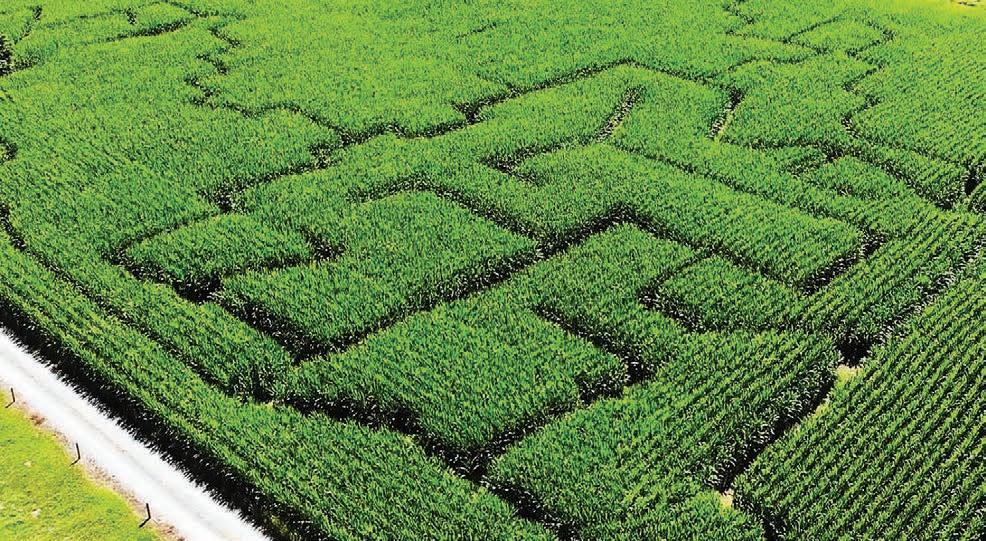

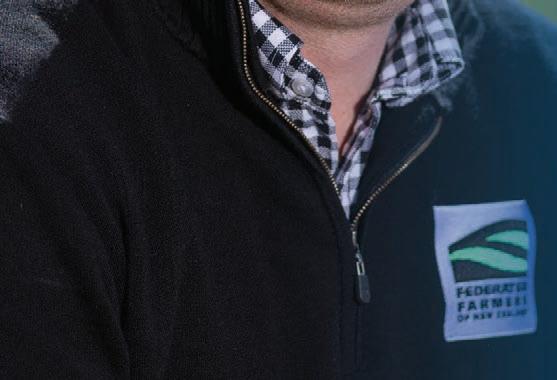

“It’s been an opportunity to go back to those suppliers and businesses that we use – like Open Country, Evolve Fitness and Redoubt Bar – and give back to them. As farmers, we’re notorious for hitting them up for a deal but we never have anything to give back apart from our business.”
Sherwood says most people spend about 45 to 90 minutes in the maze –but some much longer.
“It’s been hot as hell most days, but people are really determined to do the whole challenge. If they can’t nd all 12 stations, you can tell some of them are really gutted.”
The family’s had visitors from all over New Zealand, and abroad, including the UK, America, and India.
“One who stands out was a guy from the Netherlands who farms in Ukraine, where his wife is from. He
We wanted to open our farm gates to the public, which is not something us farmers do often.
Phil Sherwood Federated Farmers Waikato dairy vice-chair
Sherwood says the family’s not doing it to make money, but to create some enjoyment for all involved.
“It’s a labour of love. We’re helping to connect people with farming, and that’s a cool thing to be doing.”
The Sherwood Family Farm Maze Maize will be harvested in early March but will reopen next summer, with the family aiming to run it from late December through to February.


He farms in the Far North but Colin Hannah’s best wishes are with rowers currently making their way up the coastline of the deep South.
A four-person rowing skiff, plus cox, is out on the ocean to raise money for the Lions Cancer Trust, the Child Cancer Foundation, Surf Lifesaving NZ and Starship Hospital.
Volunteer crews tag in and out on marathon 50-70km daily rows, which started from Stewart Island in December. They’re aiming to make the final leg to Cape Reinga sometime in July.
As a melanoma survivor, Hannah – Federated Farmers Northland president – applauds the mission of the Lions Cancer Trust to fund two mobile ‘skin check’ clinics that will aid in the battle to reduce New Zealand’s appalling skin cancer toll.
“Skin cancer killed my father. He didn’t get to it soon enough,” Hannah says.
Nearly 30 years ago, a spot on his own face became sore to touch.
A friend urged Hannah to get it checked and it was immediately removed, with tests later showing it was cancerous.
Hannah has since gone for skin checks every six months and has had dozens of other lesions and spots “burned off” with liquid nitrogen over the years.
“I’m fairer-skinned than many but my advice to all farmers is to get those checks done.
“Us farmers are out in the sun every day, and even if you’re diligent about hats and sunscreen nowadays, maybe that wasn’t always the case.
“Better safe than sorry. As they say, ‘don’t let that spot be a full stop’.”
Federated Farmers used to share a site at Northland Field Days with
Melanoma New Zealand, prior to MNZ offering skin cancer spot checks on their rural partner FMG’s site.
“Every year they’d find someone in trouble,” Hannah says.
More than 6000 melanomas are diagnosed in New Zealand and around 300 Kiwis die of it annually –accounting for nearly 80% of all skin cancer deaths.
About 70% of melanoma cases occur in people aged 50-plus, and men are twice as likely to die from the disease.
Invercargill Rowing Club president Ian Hamilton is a backbone of the Rowing for Life Aotearoa campaign.
He was a member of crews that made crossings of Foveaux Strait (2010) and Cook Strait (2016) as charity fundraisers and was eager for an even more ambitious ‘length of New Zealand’ row.
Checking out beach landing sites
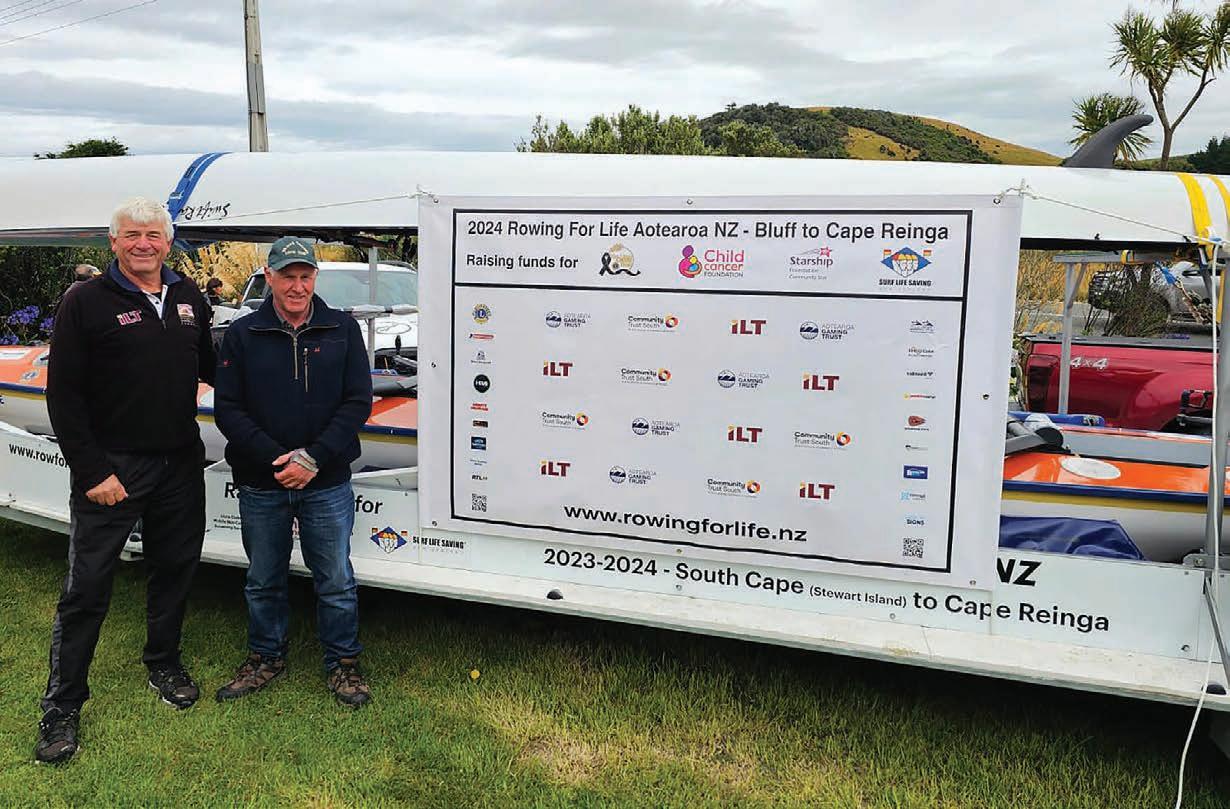
at the bottom of the South Island, Hamilton ran into Federated Farmers member Colin McDonald, whose property at Slope Point is probably the most southern commercial farm on the ‘mainland’.
It just so happened that McDonald
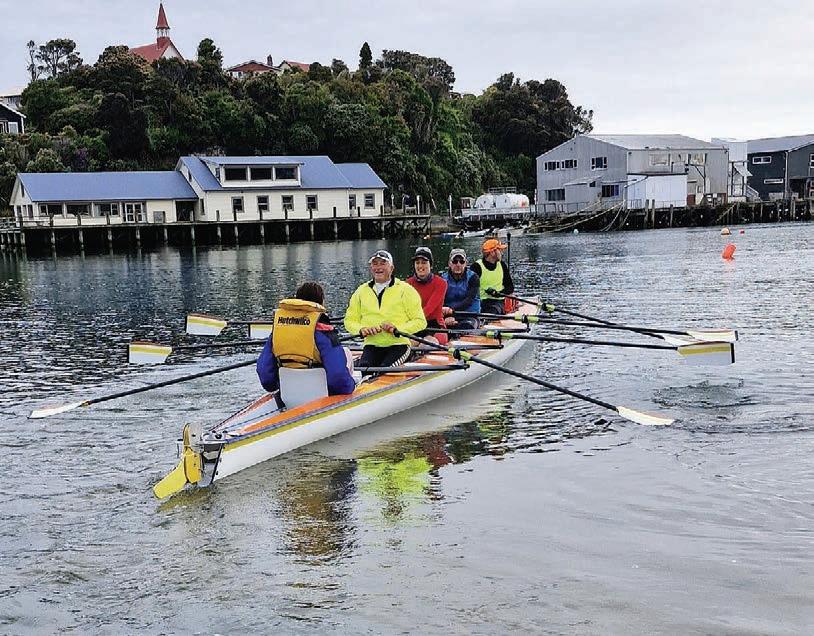
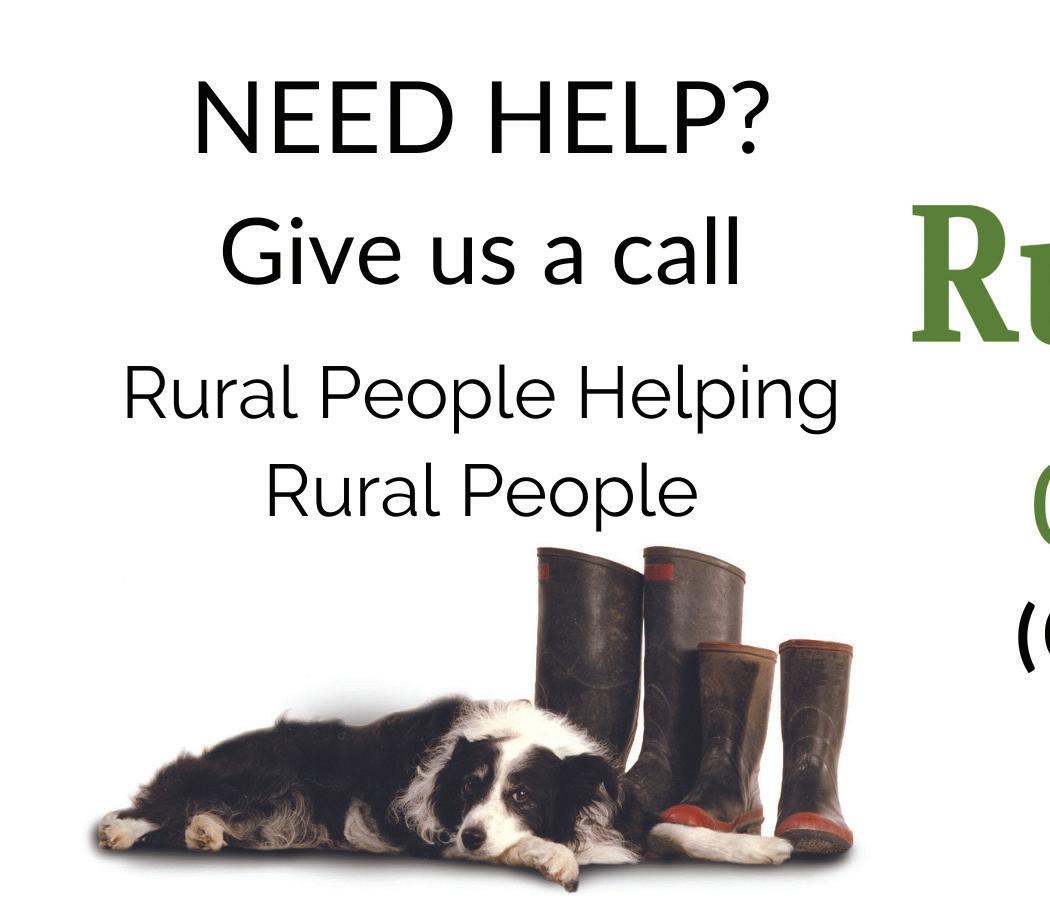
is a member of the Toi Toi Lions Club and he put Hamilton in touch with Wendy Goodwin, a trustee of the Lions Cancer Trust.
The trust is fundraising for two skin check vans that, with the help of Lions and medical volunteers, will “get out into those towns and communities away out the back”, Goodwin says.
It costs $300,000 to import and kit out each van and Goodwin says the first one is nearly ready for fit-out now.
“We hope to have it on the road by September.”
She’s rapt Rowing for Life agreed to make the Lions Cancer Trust one of their charities and says she’s in awe of the rowers, other volunteers and generous sponsors getting in behind the epic voyage.
Goodwin, who farmed for 40 years near Mataura in Southland, understands well the farmer/skin cancer link.
“Over in Australia they use these big truck and trailer rigs for their skin cancer clinics. I happened to be visiting in 2012 and hopped on board one of them.
Us farmers are out in the sun every day, and even if you’re diligent about hats and sunscreen nowadays, maybe that wasn’t always the case. Better safe than sorry. As they say, ‘don’t let that spot be a full stop’.
Colin Hannah Federated Farmers Northland president“Well, they picked up quite a few areas that needed to be looked at. I still get checked yearly now,” Goodwin says.
“We need these mobile clinics to get underway here. It’s not just farmers. It’s stock agents, truck drivers and all those others who are out in the sun and haven’t aways put sunscreen on.”
You can check out the rowers’ progress, and support them with a donation, by searching Rowing for Life Aotearoa-NZ on Facebook and GiveaLittle.
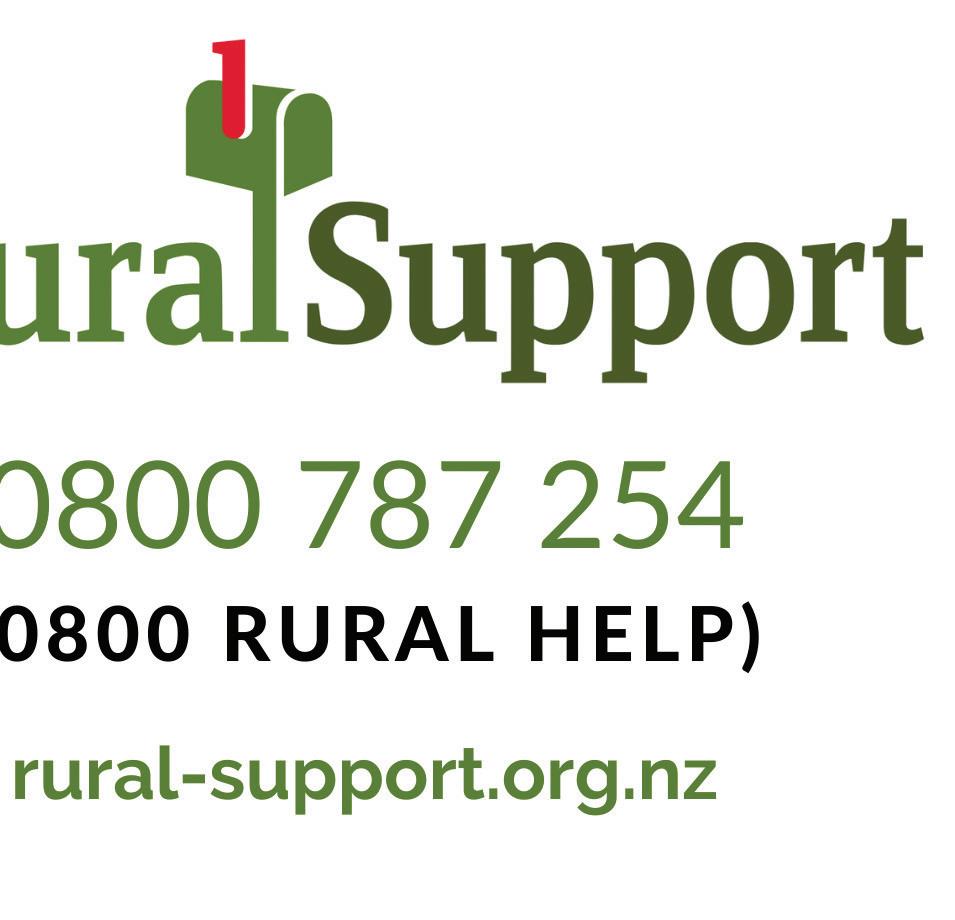
Farmers and livestock truck operators are keeping their ngers crossed that a plan for more stock e uent dumps isn’t sidelined by competing road funding priorities.
There are signi cant nes for truckers when over owing on-board tanks spill e uent onto roadways, creating a ‘loss of traction’ safety risk for motorists.
Manawatū-Rangitikei Federated Farmers president Ian Strahan says that at a time when farmers are under a microscope for the impact of their livestock on the environment, it’s puzzling that the risk of truckspilled e uent is being given so little attention.
“Truck drivers have told me, in con dence, that the dumping of e uent on side roads is a widespread occurrence, especially when rain is adding to their e uent load.
“One of the most popular places to do it is on hills, releasing as they go up an incline.
“The Saddle Hill is one place prone for it. Of course, from Saddle Hill it’s a very short distance down to the Manawatū River.”
Strahan doesn’t endorse the practice – but he doesn’t blame the truck drivers either.
“What choice do they really have with so few e uent dumps?”
As it impacts Strahan’s province, there’s a stock e uent disposal facility (SEDF) in Feilding and another at the Taupō saleyards, but nothing in between.
“So, we’ve got probably thousands of litres of e uent a week direct discharging onto roads, which are a very quick path into waterways.
“Councils get worked up about the e uent from a few ewes way back up the gully, but they’re paying no attention to this issue. It’s a slap in the face for the Manawatū and Rangitikei catchment groups that work so hard to protect waterways,” Strahan says.
Don Wilson chairs the National Livestock Transport & Safety Group,
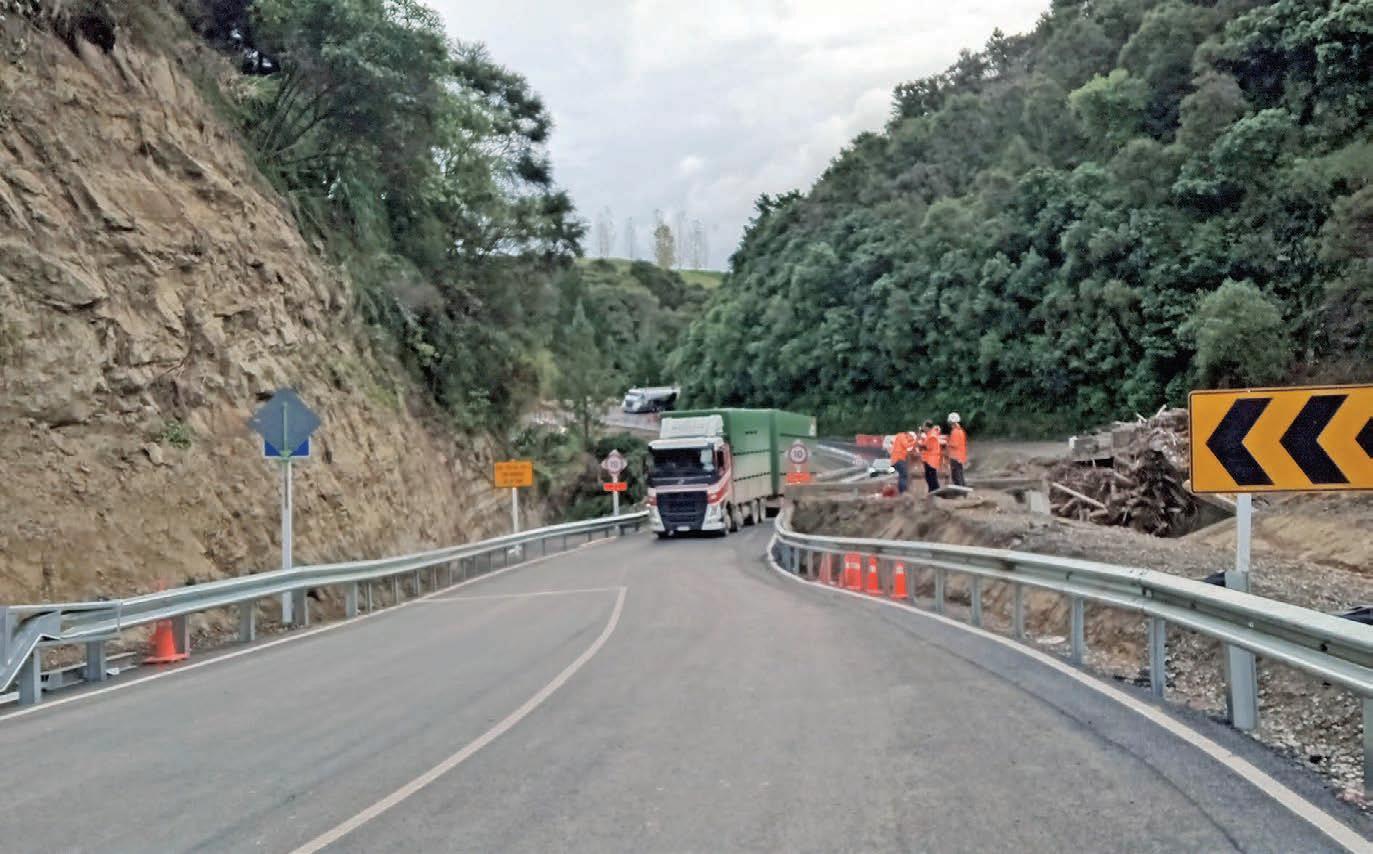
of which Federated Farmers is a member. He says the industry is very aware of the issue and a business case has been developed and put to NZTA/Waka Kotahi for 19 more SEDFs, adding to the 24 sites already established in the North Island and 19 in the South Island.
They don’t come cheap: the estimated cost of the 19 new facilities, including land purchase, is $38.3 million.
Road funding is allocated under three-yearly National Land Transport Programmes, and the proposal is that the cost and construction of the new SEDFs are spread over three NLTPs (2024-2031).
As the bene ts of the disposal facilities accrue to wider society, not just farmers and transport operators, the business case proposes NZTA picks up the cost, leaving regional and district councils to identify the sites and deal with any opposition from neighbours.
The business case identi es 33
potential gaps in the SEDF network; the 19 selected are considered the priority.
It also notes that, between 2012 and 2021, there were 61 reported crashes caused by a road surface being slippery due to mud and/or e uent, including one fatal and six serious injury.
The total social cost of all those crashes was $14.1m.
It’s estimated 95% of livestock truck and trailers have some form of holding tank, most with around 200300 litres capacity.
While 20-30 years ago trucks could convey 35-40 cattle or 400 sheep, the bigger trucks enabled by Transport Rule changes in 2010 and 2013 mean modern trailers can now transport over 50 cattle or 500 sheep, meaning e uent tanks should be around 520 litres.
“Tanks today are undersized by around 50%,” the business case states.
Wilson is as keen as anyone to
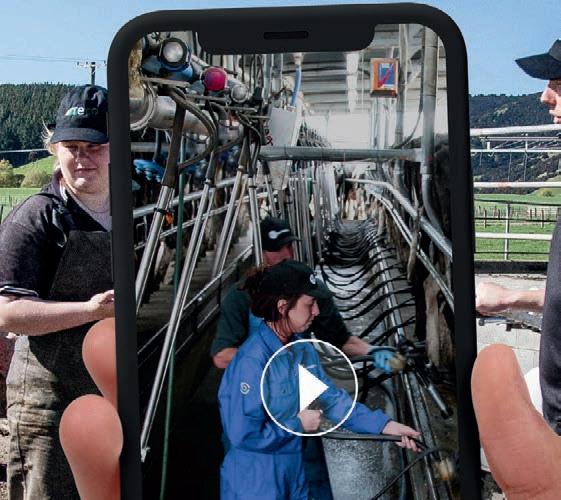
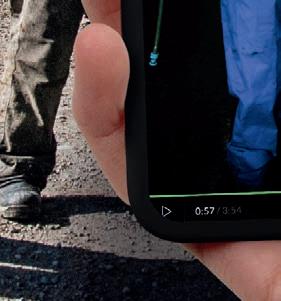
TOILET STOP:
Federated Farmers Manawatū-Rangitīkei president Ian Strahan says there is probably thousands of litres of e uent a week direct discharging onto roads, which are a very quick path into waterways.
see the release of the Government Policy Statement on Transport, and con rmation of funding for the SEDF national strategy. But he adds that farmers must also play their part by standing o their animals from feed for at least four hours before their scheduled pick-up and journey.
It’s a slap in the face for the Manawatū and Rangitīkei catchment groups that work so hard to protect waterwaysIan Strahan
Federated Farmers ManawatūRangitīkei president
While that’s di cult for early morning pick-ups, and dependent on farm facilities, he argues more than 50% of farmers are not abiding by the ‘at least four hours’ advice.
The good news for Ian Strahan,
and for Rangitikei District councillor Gill Duncan, who has also lobbied for action, is that three of the proposed new SEDF locations will serve their wider area: at Waiouru and at Vinegar Hill on State Highway 1, and at Te Ahu a Turanga, the new Manawatū Gorge highway.
Both are nervous about the money, recognising there is huge pressure on road funding.
“Turakina Valley is basically smashed after Cyclone Hale, and then Gabrielle,” Cr Duncan says. “We’ve got something like 40 cut-outs underneath roads in our district.”
But support for more stock e uent facilities is widespread – and in high places. Cr Duncan put the need for more stock e uent facilities to a gathering of candidates during the General Election campaign last year. Candidates from all ve parties present agreed, with Andrew Hoggard (ACT) describing the case for them as “a no-brainer”.
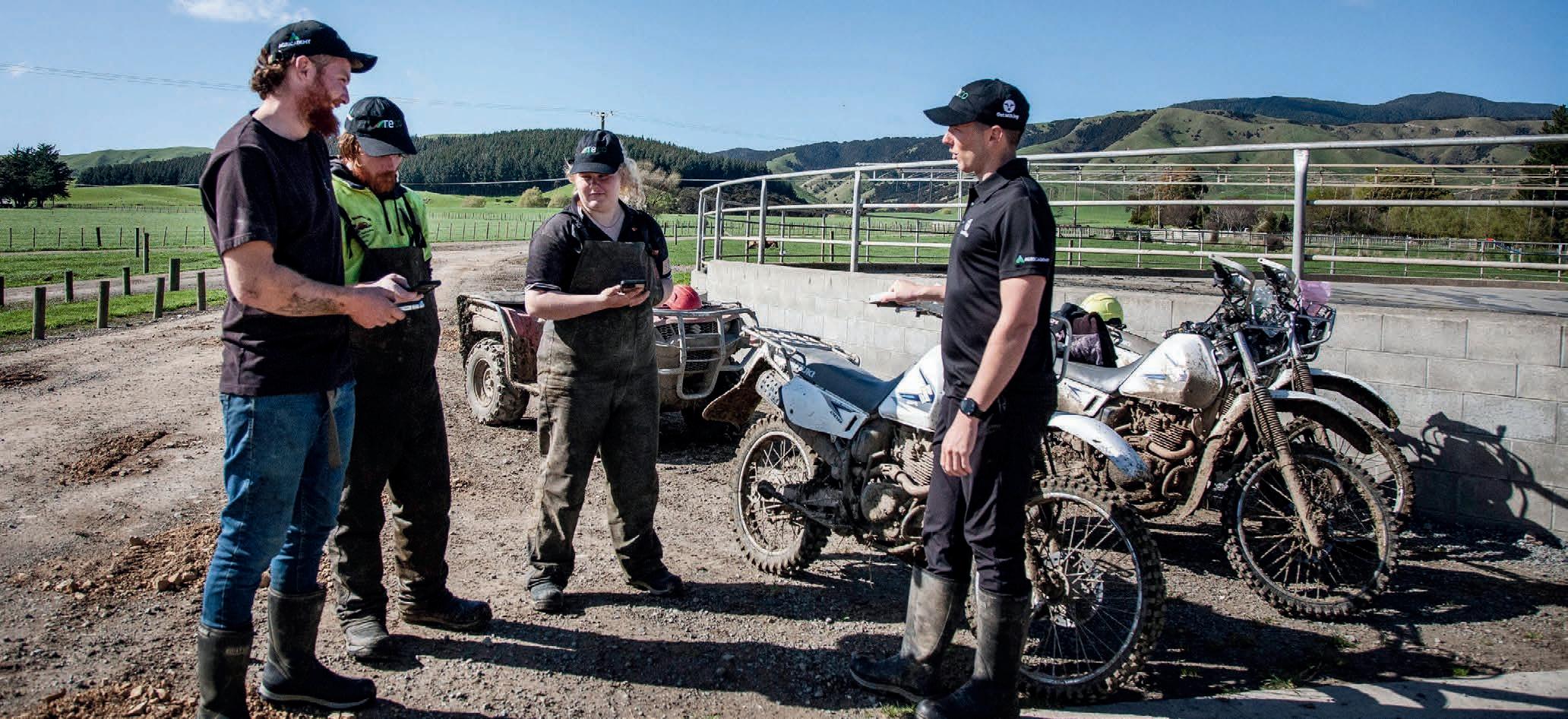




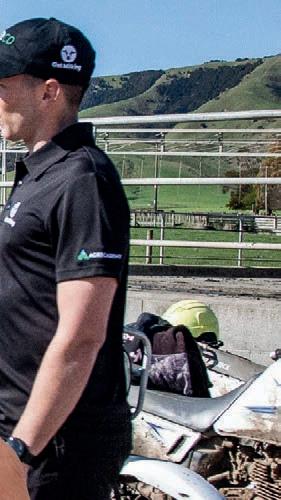





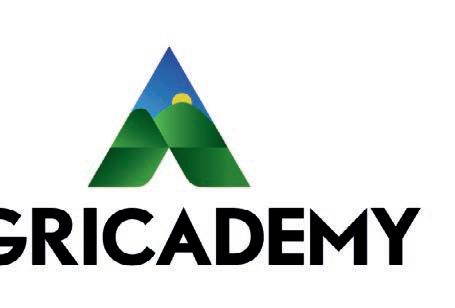

Finishing or dairy support
140 ha with 50% mowable, 20% in attractive bush, balance moderate to steeper.
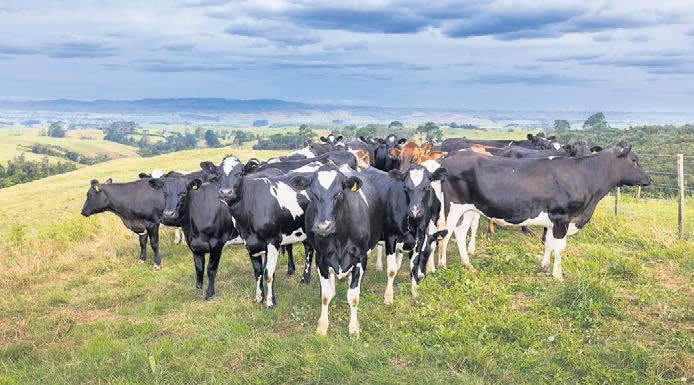
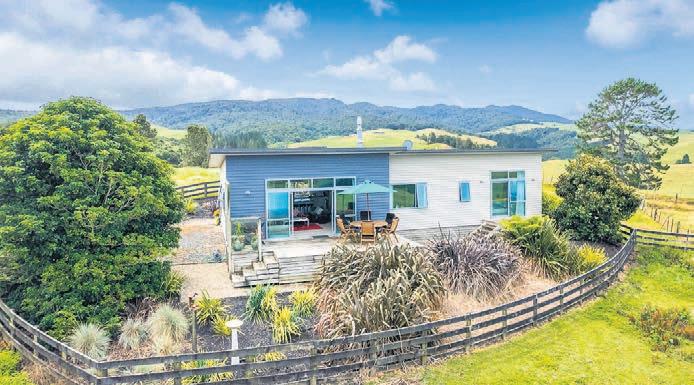
Auction 12.00pm, Wed 13th Mar, 2024, Haupatu Sports Club
211 Victoria Street, Cambridge
There is a modern, well sited, three bedroom, mono pitch home with excellent views. Additional accommodation is available in the 'loft shed'. Excellent water from a ram, tidy, clean pastures, reliable rainfall and excellent aesthetics.
Close to all amenities with Pirongia Village a mere 16 km distance with its excellent Primary School and only another 33 km to Hamilton with its full range of services. Secondary schooling is available in Te Awamutu, 28 km distance from the farm. Buses pick up at the end of Mangati Road.
If being handy but very private is important then this property is a must view.
Matamata 1578 Old Te Aroha




Your all-inclusive farming destination
A well maintained property spanning approximately 135 ha in the Waikato District is a hidden treasure ready to be unveiled. Merely a 15 minute journey from Matamata, this farm serves as a sanctuary for R2 dairy heifers and beef livestock during the winter season. The terrain, which receives regular fertilization, varies from flat lands to gentle medium slopes, with a somewhat steeper gradient towards the rear. The farm is split into approximately 40 paddocks most of which have excellent track access and water troughs. The facilities encompass two cattle yards, a woolshed, a six bay calf shed, and two workshops. Adding to its charm is a luxurious four bedroom home, clad in schist.

View Tue 5 Mar 12.00 - 1.00pm
Web pb.co.nz/TWR173806


John Sisley
M 027 475 9808 E john.sisley@pb.co.nz
David McGuire
M 027 472 2572 E david.mcguire@pb.co.nz
Ngongotaha Valley 53 Burnsdale Drive Final
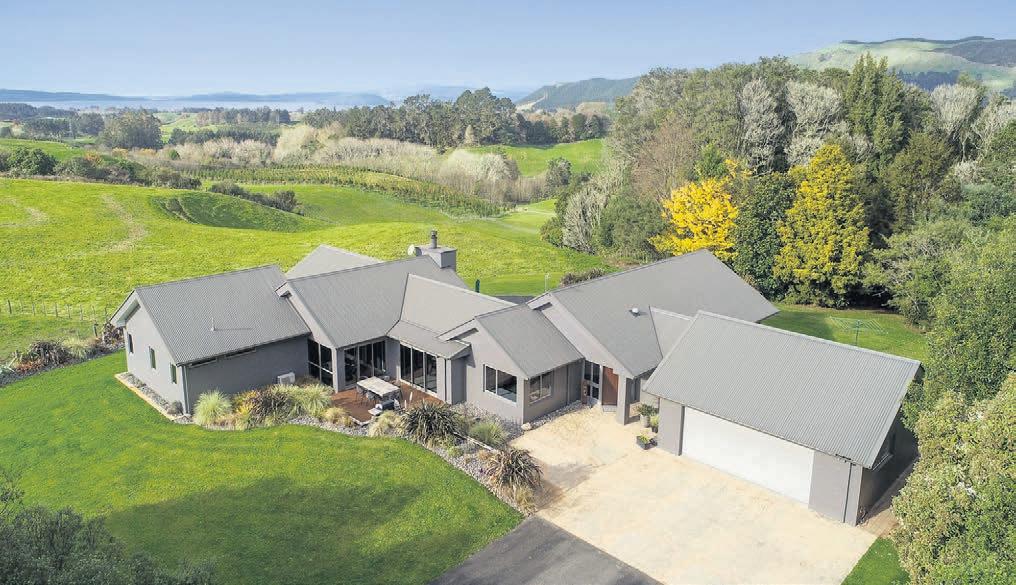

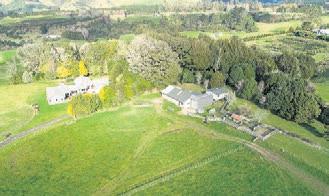

Sold the farm???
If you are now on the lookout for a property with the following features? Privacy, views, scale, native bush, convenient location, abundant shedding, executive style living? HERE IT IS!
• Magnificent four bedroom, three bathroom residence, panoramic views
• Extensive range of garaging / workshop space plus sheep and cattle handling facilities
• 25.11 ha of flat to gently undulating land that is well fenced and watered
• Conveniently located just 5 km to Ngongotaha Village and 12 km to Rotorua


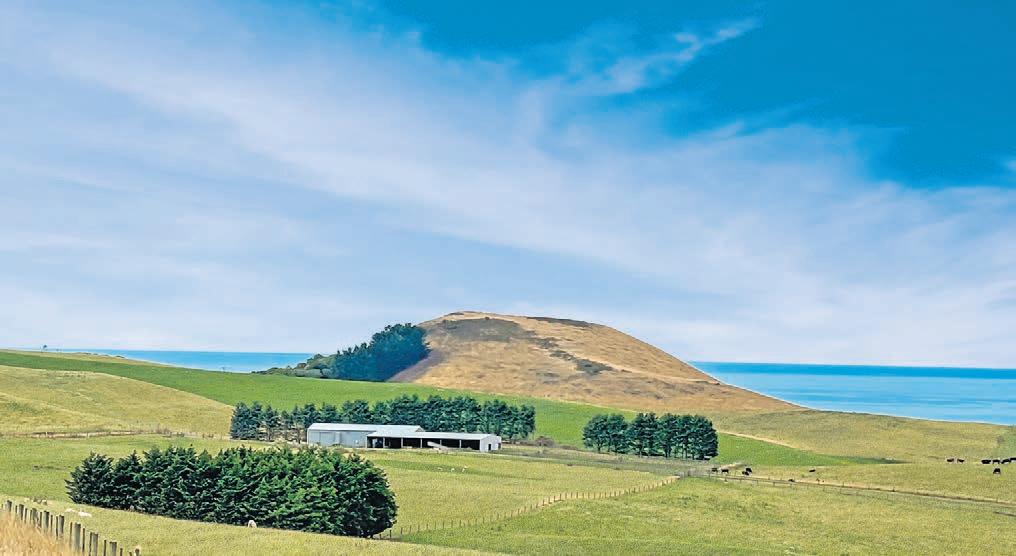
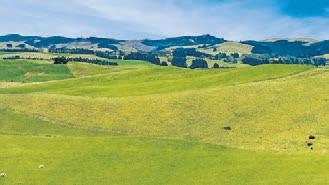
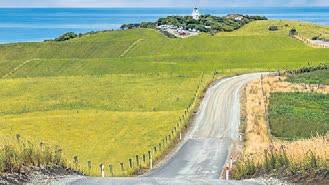
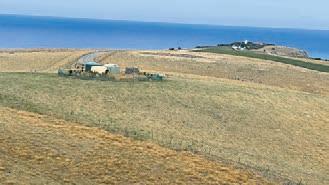

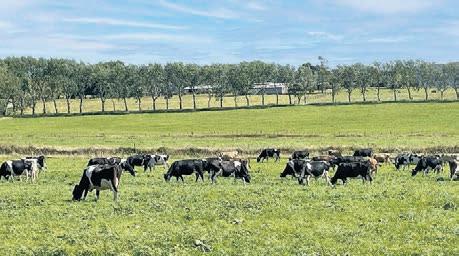



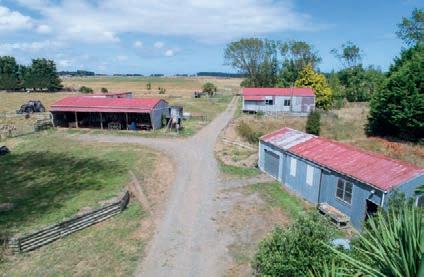
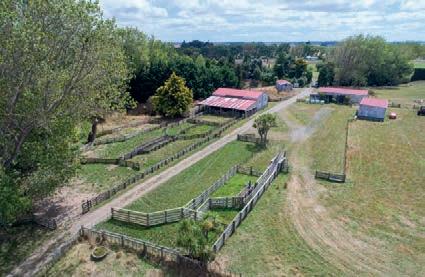
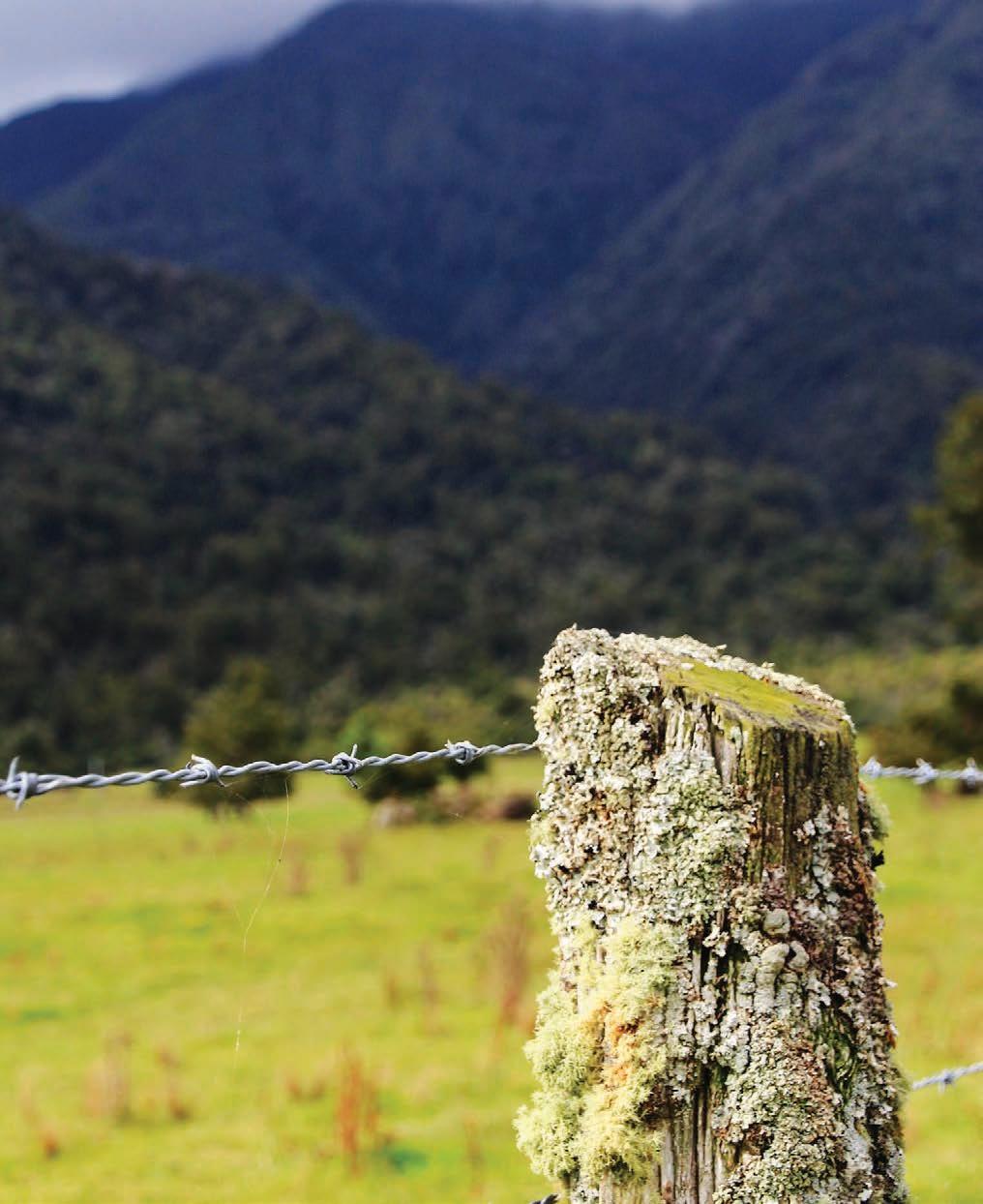
CARTERS RD AHAURA – DAIRY UNIT
135 hectares. 3 bedroom cottage, cowshed and farm buildings. Excellent soils, centrally raced, 34 paddocks.
MATAI ROAD – DAIRY UNIT
88ha Freehold & 110ha lease. Milking 310 cows, 36-aside cow shed. Large 4 bedroom home. Approx 153ha effective, fertile river silts. Cows available.
AHAURA-KOPARA ROAD – LIFESTYLE
28.9 hectares (STS). 3 bedroom wooden home, Carport, single garage and lean-to. Subdivided into 8 paddocks with central laneway.
WATTERSONS ROAD – AHAURA LIFESTYLE
24.9 hectares (STS). 3 bedroom wooden home, carport and extra room. Three bay hayshed. Subdivided into 8 paddocks central laneways.
Possession Date All Properties 31st May 2024
For Sale By Tender
Closing 20th March 2024 (unless sold prior)
Greg Daly Real Estate Limited

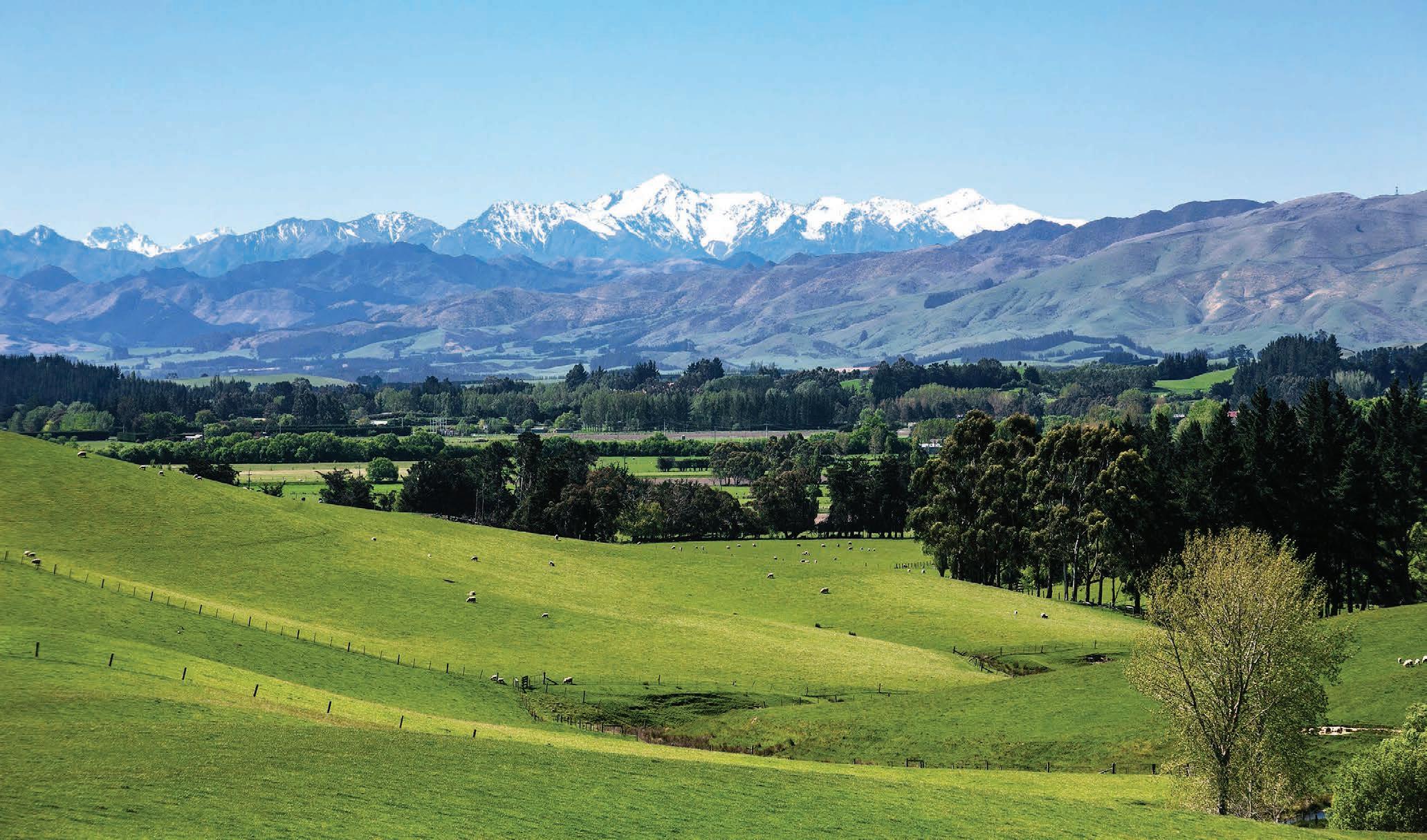
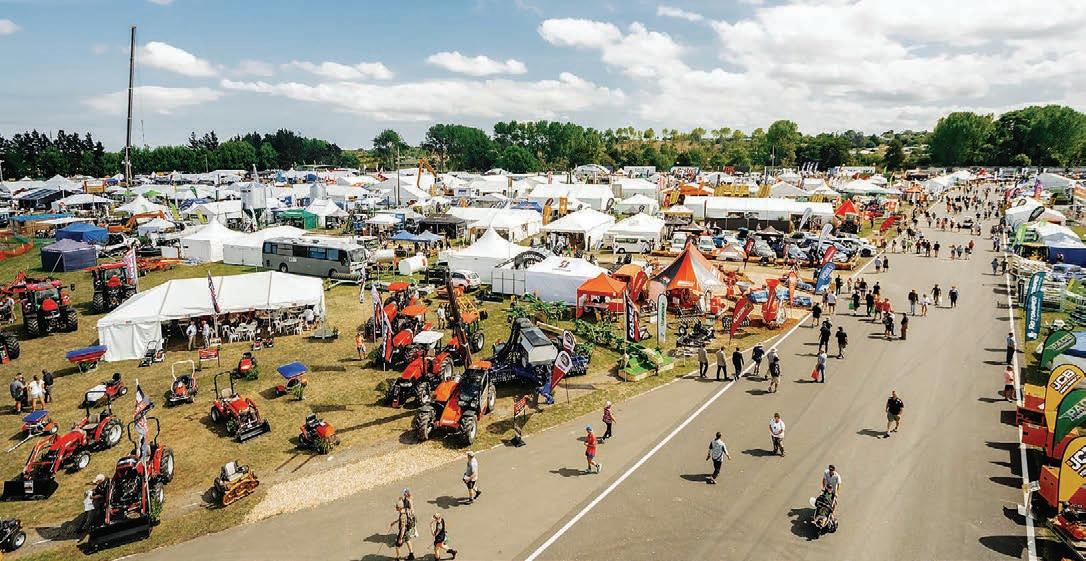
GROWTH: Central Districts Field Days has grown to more than 500 sites, as businesses from throughout the country show their willingness to be involved in the event.
reporter MARKETS Field days
CENTRAL Districts Field Days has come a long way since its introduction 30 years ago.
The three-day event, held on March 14-16, is now well-established as the largest regional field days in New Zealand, generating over $50 million in sales revenue.
It all began in 1993 when Don Eade introduced it as an annual event.
It has become a focal point for businesses and rural connections, bringing together more than 27,000
visitors each year.
Those attending the field days over its 30-year history will be well aware organisers have stuck to a successful formula for the event.
Its location at Manfeild, in Feilding, Manawatū, is an ideal location, the race track and paddocks being transformed into a mini town in a matter of days.
It wouldn’t be a field day without farm machinery and tractors, and there promises to be plenty on offer.
The thousands of visitors and hundreds of exhibitors show their passion and support for a thriving
agricultural community.
The event has grown and diversified over time. From farmers and foodies to tech-heads and townies, New Zealand’s largest regional field days has something for everyone.
Central Districts Field Days started with 230 sites occupied by exhibitors, and has now grown to more than 500 as businesses from throughout the country show their willingness to be involved.
In addition to the usual crowd favorites such as the National Excavator Operator Competition, Black Falcons flyover and the NZFC Central Districts
fencing competition, the event now hosts Franklin Farm FMX crew, new mobile app technology, a forestry hub, a dedicated cuisine pavilion and a premium bar where you can kick back and relax.
The event is now in its 31st year, but the 2020 and 2022 field days were cancelled because of covid-19.
Last year’s event was held following Cyclone Gabrielle, which battered Hawke’s Bay, Gisborne and the upper North Island.
All the signs are good that 2024 will be bumper year and an ideal chance for visitors to relax and spend a few dollars.
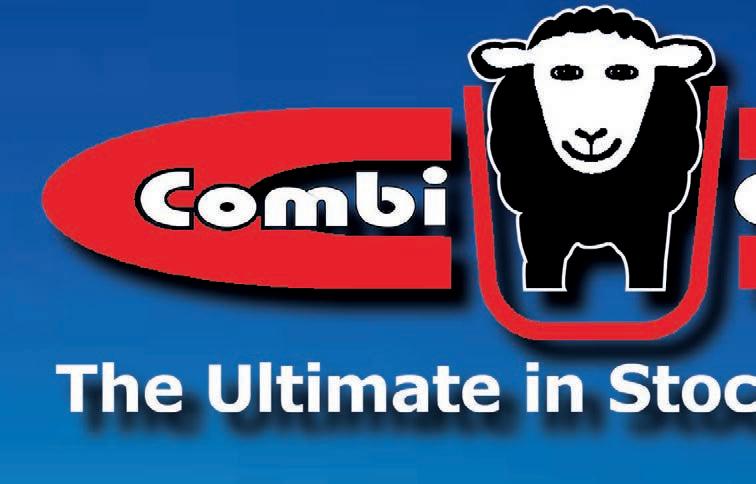
 Annette Scott PEOPLE Health
Annette Scott PEOPLE Health
THE Central Districts Field Days are as good a place as any for a heath check.
The free wellness van is touring New Zealand until the end of the year, offering free health checks for those in agricultural communities. And it will be parked up at Manfeild in Feilding on March 14 and 15 for the Central Districts Field Days.
The van is the initiative of the Mid Canterburybased Carr Family Foundation, which runs a variety of programmes focused on rural health and wellness, education and community support, in partnership with Platinum Sponsors Carrfields and gold sponsors Chemist Warehouse and Mother Earth.
Carr Family Foundation chair Stacey McKerchar said often in rural areas time is scarce, and doctors can be hard to access, so general check-ups can be missed, and this can have

devastating consequences for families.
“We are committed to giving back to the agricultural communities we work in,” McKerchar said.
“Our mobile wellness van gives us the opportunity to connect with rural people, in locations convenient to them.
“These simple tests can highlight any issues you may not be aware of before a serious health event occurs.”
She said key dates and accessible locations have been selected for the touring wellness van, based on times of interest in the farming calendar.
A registered nurse will be stationed in the van, assessing blood sugar levels, oxygen levels, heart rate, cholesterol levels, blood pressure, and BMI.
These tests can indicate risk factors for underlying chronic health conditions.
All health information collected will remain confidential and a referral will be written to a GP for any issues of concern.



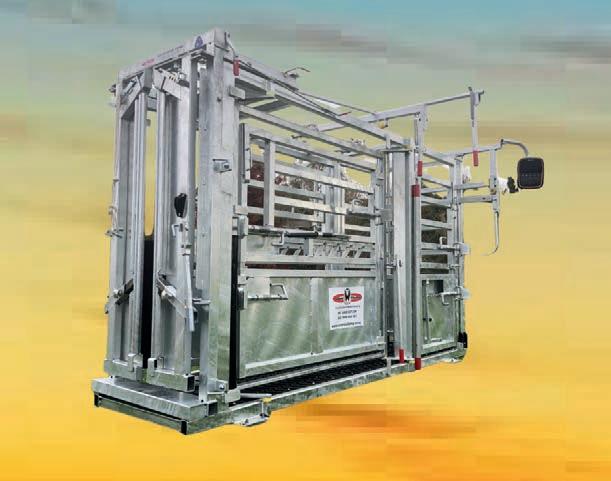




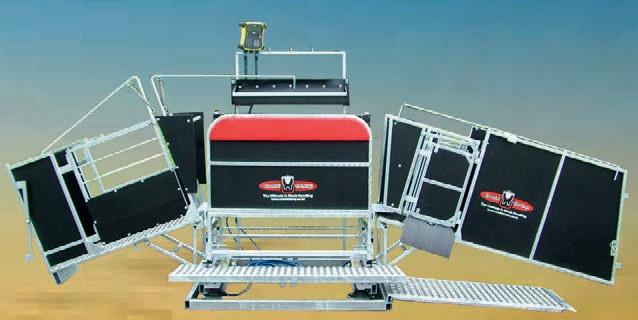























































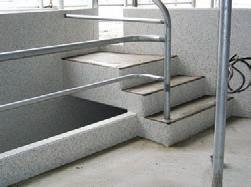




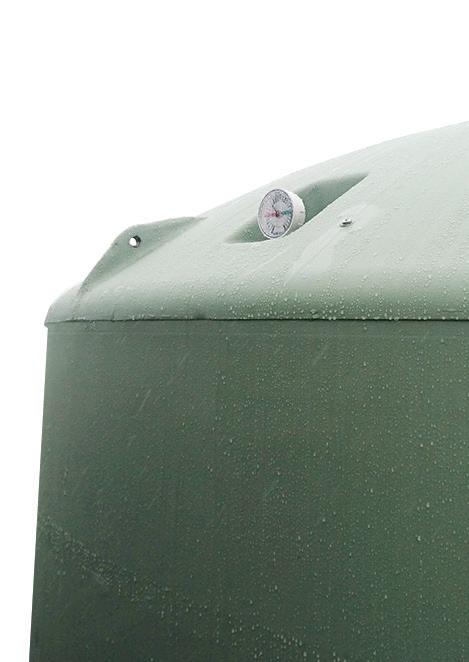


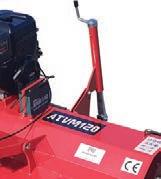





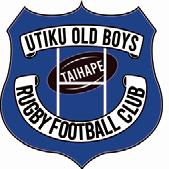
Easter

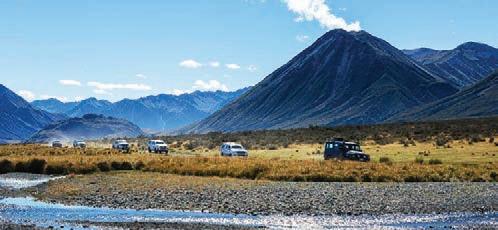


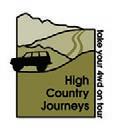
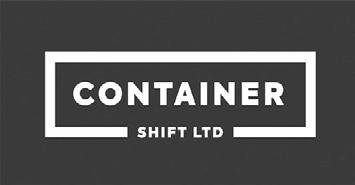





THE
MORRINSVILLE
TUESDAY 26TH MARCH 2024
12.00pm start
A/c IF & CJ Smith
120 M/A In-milk Cbred cows
31 R2 I/C Xbred heifers, incalf to Jersey
This is an outstanding 3 digit herd code, G2 profiled herd.
Ave SCC 95,000
BW 290/50 PW 339/76 RA 100%
BW’s up to 425 PW’s up to 695
Last season produced 448 M/S per cow and 1312 M/S per ha.
Inalf LIC nominated Friesian, Jersey and Xbred for 5 weeks.
Tailed with Murray Grey.
TB C10, EBL free, Lepto innoc. Owner bred and milked for over 40 years. Animals are bred for production and type. They tick every box and present an excellent opportunity for purchasers.
A later delivery by prior arrangement.
The cows will be livestreamed on our MyLiveStock online platform. See full details on mylivestock.co.nz and our Facebook page.
Contact Agents:
Bruce Mills 027 574 0242
1
G3
25
Friesian & Frsn x Incalf Heifers
G3 Crossbred Incalf Heifers
60 XB & Jersey Incalf Holdover Cows
49 Friesian Incalf Heifers
Enquiries: Steve Quinnell 027 552 3514
$1700
$1650
$1750
LK0118037©
you
What do you call a fake noodle?
An impasta!
What do you call an old snowman? Water.
What do you call a snobby criminal walking down the steps?
A con descending!
What do you call a sad cup of coffee?
A depresso!
What do you call a fish with no eyes? Fsh.
What do you call a bear caught in the rain?
A drizzly bear.
What do you call something that’s easy to get into, but hard to get out of? Trouble.
What do you call a cheese that doesn’t belong to you? Nacho cheese!
a/c Estate B L Smart, Pyke Road, RD7 Palmerston North (signposted from Rangiotu Road, SH56)
Saturday March 9th, 11am start (viewing from 9am)
Comprising:
2006 Toyota Hilux 4WD SR5 ute; Fordson Major E27N petrol tractor; Fordson Major E27N diesel tractor P6; Oliver Standard 77 Vintage petrol tractor; 2019 Holden Commodore Calais; Kuhn GA4121 Masterdrive Rower Conditioner; Krone Vario Pack 1500 Hay baler; Balloon-tyre farm trailer; Massey Ferguson 5-disc Plough; single furrow Swamp Plough; 3-furrow Vintage Plough (x2), set of tandem discs; Kuhn Power Harrow 3m; Crumbler Roller; various harrows & levellers; 6m Wellcraft inboard/outboard boat; HiTransport tray Hydraulic Spray Unit; Pearson Soft Hands; Tractor Wood splitter; Kuhn GA 4121GM Single rotor rake; Anderson S/N 906 vacuum pump; Ultimate Power Sprayer; calf feeder; electric sprayer; diesel & petrol tanks; grader blade; assorted electric fence equipment; assorted steel; assorted engine oils; plus sundries: Chainsaw, Tractor Bucket, Tractor Forks, Macrocarpa Slabs, Steel 12M Lengths Assorted, Vintage Tractor Wheels, Tuatara SUV, Vintage Seeder, Lathe & Accessories, Vintage Tractor Spares, Spare Tyres for Rakes/Hale Baler, Corrugated Iron, Air/Oil filters, Reciprocating Saw, Endless Chain, Spray Units, Water Blaster, Arc Welder, Vintage Tractor Engine, Vintage Milk Plant, Post Rammer.
strictly Cash/EFTPOS unless buyer has a current NZFL
account View photos on
Friday 15th March 1pm

80 2th rams
- Romdale
- Texel x Romney
- Perendale X Texel X Romney
- k. X Romney
- k. Maternal (hogget Mating)
- Terminator - Tough Hill-bred Blackface
To be sold on-farm and online through Yourbid. Videos and online bidding open March 8th at



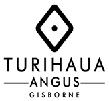


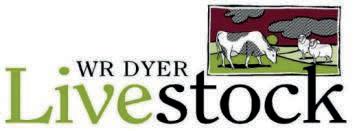
Munro Farm Partnership
505 West Otago Road, Conical Hills, RD 1, Gore 9771
Wednesday 13th March - 1.30pm start
Ewes & Lambs:
> 700 3/4Shire & Better Ewe Lambs
> 100 7/8 Shire Ewe Lambs
> 450 3/4 Shire & Better 2th Ewes
> 400 3/4 Shire & Better 2Shear Ewes
> 200 3/4 Shire & Better 3Shear Ewes
> 730 1/2 Shire 1/2 Perendale 4Shear Ewes
> 380 Perendale 5Shear Ewes
[Cell] 0274 333 381 [Email] ross@dyerlivestock.co.nz


Bob
027 462 0126
021 140 3760
> 140 Perendale AD Ewes
The above ewes come forward for sale in very good condition. They are on a Toxo/Campo Programme and receive 5in1 pre-lambing.
Lambs have been consistently averaging 18+ kgs to the works over the past 5 years.
The ewes come highly recommended by the Auctioneers.
Rams:
> 12 Shire MA Rams (4th-FM) ex Tim Gow
> 4 Shire Ram Lambs (Owner Bred)
> 4 Suffolk Rams (2th-FM) ex Ross Wilson
> 3 Shire Teaser Rams (4th)
BIDR will be operating for the sale of the Livestock only.
To register for BIDR please go to www.bidr.co.nz.
Please refer to our website to view photos of the plant: www.hazlett.nz/whats-on.


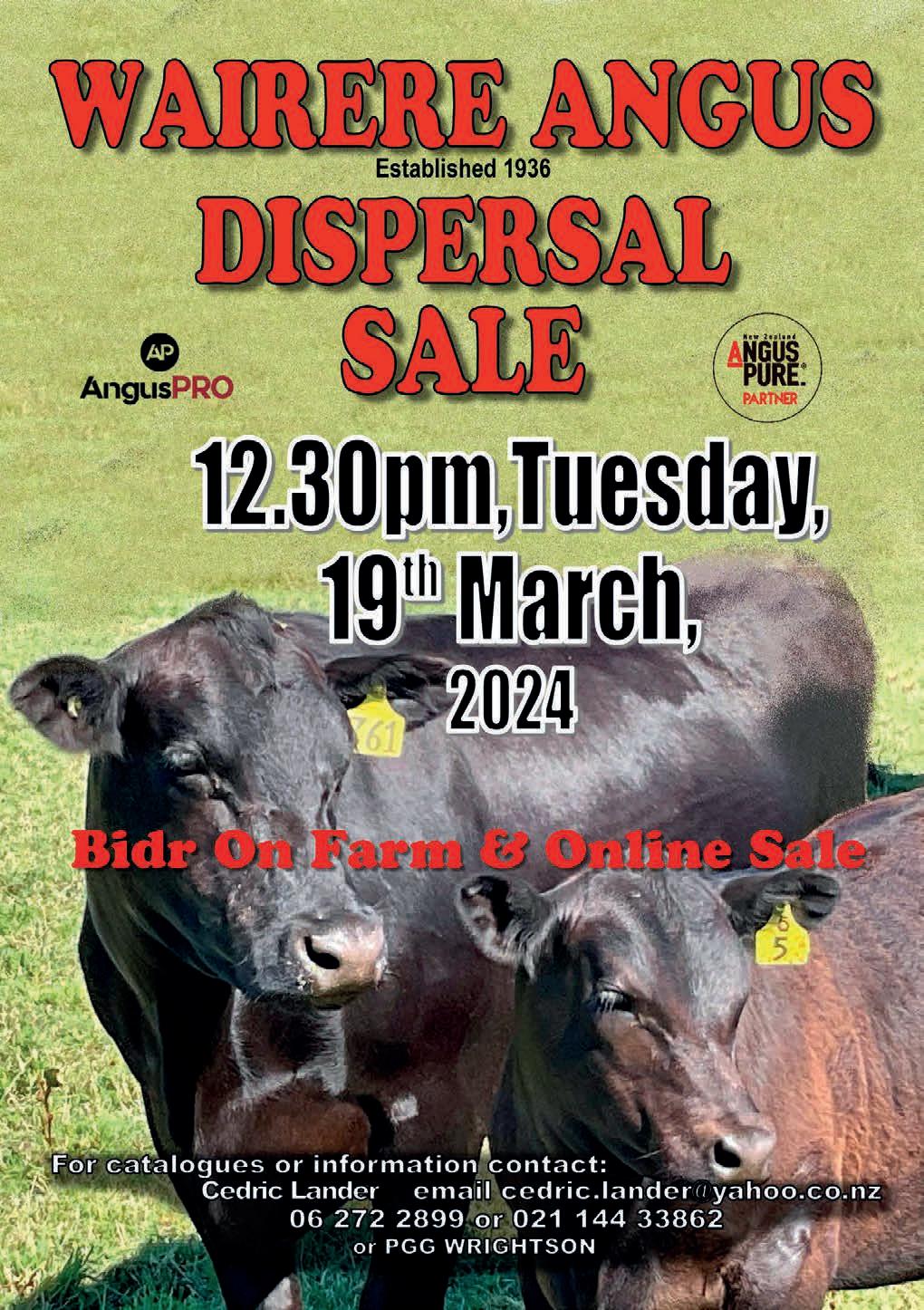
Masterton Saleyards | Tuesday 12th March | 11am
Total Entries: 1800
• 920 Weaner Steers • 260 Weaner Bulls • 280 Weaner Heifers
Extra entries due to dry conditions. Annual lines of quality cattle.
Glenbrae
McFadzean Cattle Co
• 260 Meat Maker Bulls
Calves sired by McFadzean Genetics.
Top cattle renowned for their superior growth rates and outstanding temperament. These cattle come highly recommended.
Te Whanga
• 120 Angus Steers
Murray Priest
• 60 Angus Steers
Tarewa
• 80 Angus & Angus Hereford Steers
Onetai
• 70 Simmental X Steers
Patrick Cattle Co
• 60 Angus Steers
Awatoitoi
• 60 Angus South Devon Steers
• 60 Angus South Devon Heifers
Flatpoint Station
• 80 Angus Steers
For more details please contact:
Andrew Jennings 027 594 6820
Brian Diamond 027 283 9600
www.mastertonsaleyards.com
Freephone 0800 10 22 76 | www.pggwrightson.co.nz
Key: Dairy Cattle Sheep Other
Upcoming Weaner Fair Dates
Feilding Sale Yards | 11.30am
Thursday 14th March
Mixed Sex
Wednesday 27th March
Mixed Sex
Wednesday 3rd April
Weaner Steer & Bull
Thursday 4th April
Weaner Heifer
Wednesday 17th April
Sue Brothers
Thursday 18th April
Mixed Sex
Tuesday 23rd April
Weaner Steer & Bull
Wednesday 24th April
Weaner Heifer
Thursday 2nd May
Mixed Sex
Thursday 16th May
Mixed Sex
NB: These dates are subject to change or cancellation depending on numbers entered.
For more details please contact:
Maurice Stewart 027 246 9255 or Tony
027 590 1711
Matawhero Cattle Sale
Tuesday 12th March 2024, 11am
Wairoa Wnr Fair
Monday 25th March 2024, 11am
Matawhero Wnr Steer & Bull
Tuesday 26th March 2024, 11am
Matawhero Wnr Heifer & Older Cattle
Wednesday 27th March 2024, 11am
Contact:
Jamie Hayward 027 434 7586
www.AgOnline.co.nz
High costs meant it was never going to be a cracking season but the drier summer created some extra challenges for lamb traders and those selling store.
 TFiona Quarrie MARKETS Sheep and beef
TFiona Quarrie MARKETS Sheep and beef
HE current cold snap is just another reminder that autumn is here and so too the usually more profitable winter-trade season for lamb finishers. So how have the lambs fared in the yards over summer and what climatic conditions are at play?
The current feed situation is varied across the country, but a quick look shows that Hawke’s Bay has had a good summer for the most part.
North of Feilding is looking tidy now too, after a dry start, but from Feilding south it is a different story. Marlborough particularly has had a dry summer and Canterbury too has burnt off, quite literally in areas. Southland might be green, but time is limited before temperatures drop there. With a much softer lamb schedule and uncertainty around its direction, the store lamb market has been a challenge this year. Relative to schedule, there have been some positive sales when demand has spiked due to crops coming on, but the general
market has sat at expected levels.
The average schedule across the North Island for February was $6.08/kgCW, while the average return for 30-32kg male lambs at Feilding across the month averaged $2.61/kgLW. This puts the market for these lambs at 43% of schedule, at the lower end of the typical 42-49% range going back to 2014, and well below the 57% of schedule seen at Feilding in February last year.
Since the beginning of November 2023 and through to the end of February this year, Feilding has yarded 72,148 head of store lambs. Going back six years, this figure would have been 146,500.
The last sale for February was a tough one at these yards and auctioneers were thankful to have support from Hawke’s Bay agents, but this wasn’t enough to stop a major correction in the market.
The LivestockEye report that arrived in inboxes the evening of Friday, February 23 put the average per kilogram return at $2.30/kg, back 20c/kg from the previous sale. This put the average lamb at 30.6kg and $70.50 per head.
This is just part of the drop seen

Proudly sponsored by
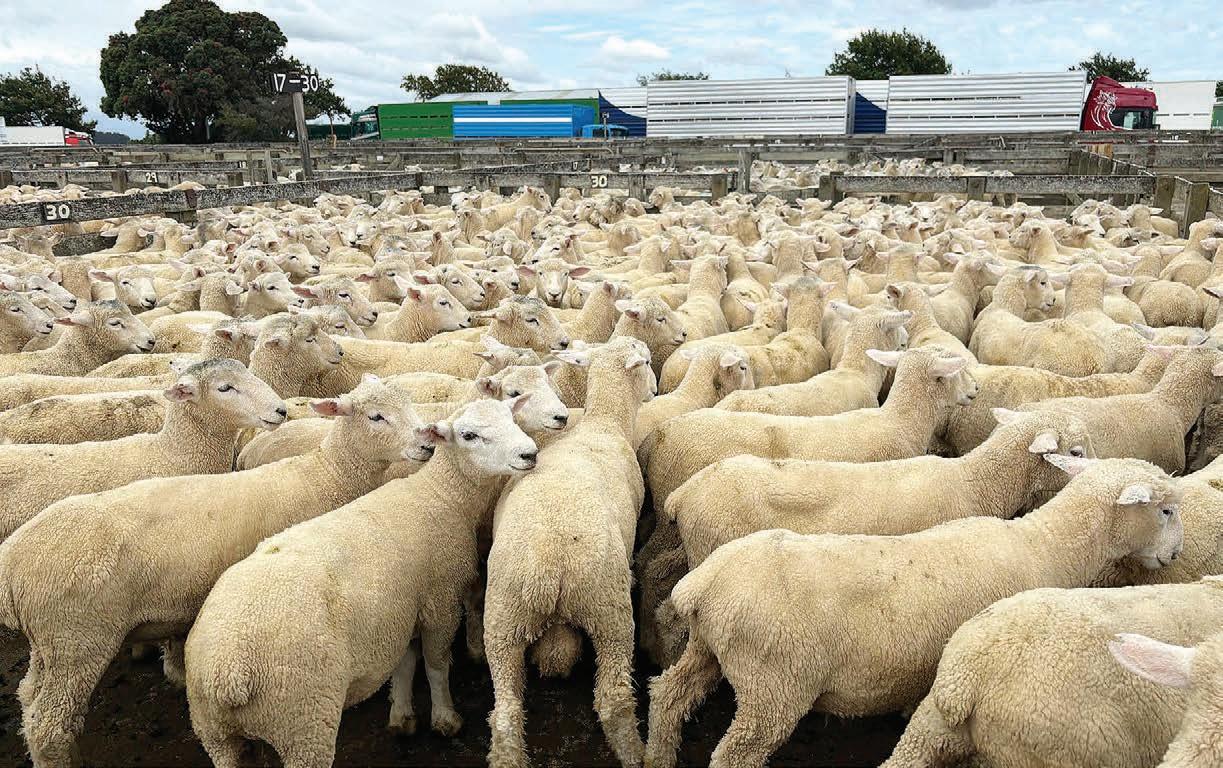
been targeting higher weights to make up for the lower schedule and lambs just aren’t moving”, Gallen said.
Tony Gallen PGG Wrightsonsince the start of February when the average return was $2.70/kg at Feilding.
Feilding PGG Wrightson agent Tony Gallen offered several reasons for the current market.
The lack of local demand stems from the drier conditions south of Feilding “where a lot of our finishing country is”. The dry has also meant that lambs haven’t done as well, and unless they are on crop the weight gains have been slow.
Adding to this, “traders have
“We have been fortunate that Ohakune, Taihape and King Country have grass” Gallen said, “but numbers should flow into Feilding towards the end of March and into April depending on frosts and rain.”
For now, the hope is that demand from Hawke’s Bay continues to support the market.
In years past, there has also been interest from the South Island to absorb some of the later lambs coming out of the North Island hills. A conversation with PGG Wrightson regional livestock manager for Canterbury, Grant Nordstrom, confirmed that demand will be touch-and-go for a while depending on rainfall.
“Buyers will be drawing from down south first. By the time you
add cartage to a North Island lamb the price has got to be very cheap,” Nordstrom said.
The other influencing factor is a preference for later-born options closer to home over typically earlier lambs from the North Island, due to the risk of teeth cutting earlier. Adding fuel to the fire is a drop in grass seed quotas for next year and therefore less grass going in this autumn.
Despite all this, there have been some North Island lambs head south already and will likely be a few more.
It was never going to be a cracking season with schedules near $6.00/kgCW and high costs sticking around, but the drier summer has created some extra challenges for lamb traders and therefore those selling store. With any luck, a good rain will have fallen in the last couple of days to give grass a bit of life heading into autumn.
Farmers Weekly is reliable and consistent. It’s great to have the solutions Federated Farmers are working on published weekly.
Simon Cameron, Haast sheep and beef farmer, Federated Farmers Meat & Wool Industry Group Vice Chairperson.
The Blenheim calf sale, usually held towards the end of March, was pulled forward to Wednesday, February 28 due to drought conditions. Despite some feed still around, natural water was becoming a problem and vendors made the call to go early. It paid off and strong demand from central North Island produced a good result. A yarding of 883 head of traditional and beef-cross calves, 570 steers and the balance heifers predominantly went north to Whanganui, Waikato and King Country while smaller numbers went to Kaikoura, Reefton and Canterbury. Top Angus steers reached $1100 and the average for steers settled at $4.03/kg. Heifers averaged $3.29/kg.
Tuakau | February 26 | 540 sheep
Tuakau | February 28 | 155 cattle
Frankton | February 27 | 362 cattle
Prime
Stortford
Mixed-age
|
Store whiteface male lambs, good
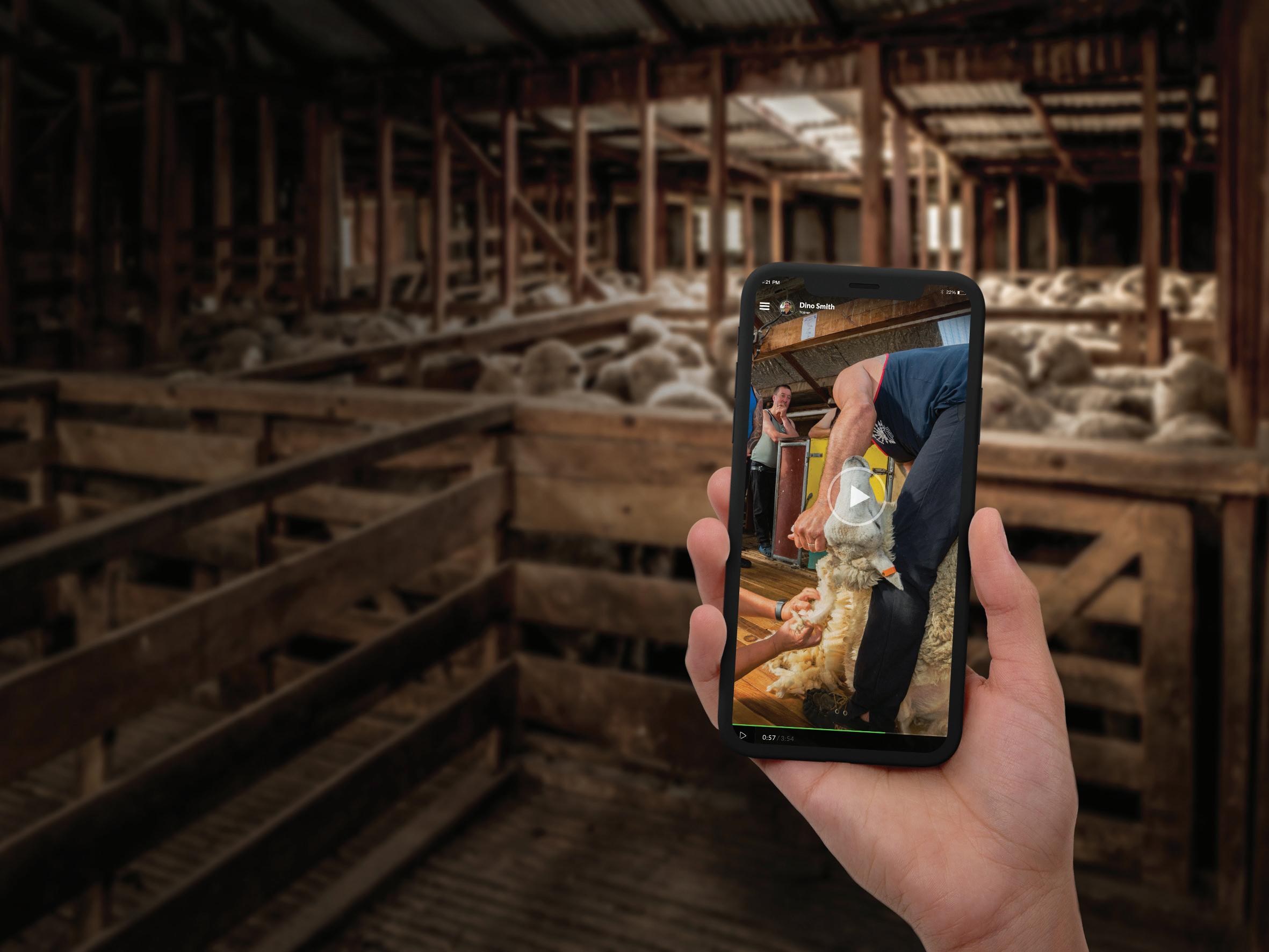
Canterbury
Store
Store
Prime
Weaner
Temuka |
26 | 741
Store
Tekapo | February 22 | approximately 4500 sheep




















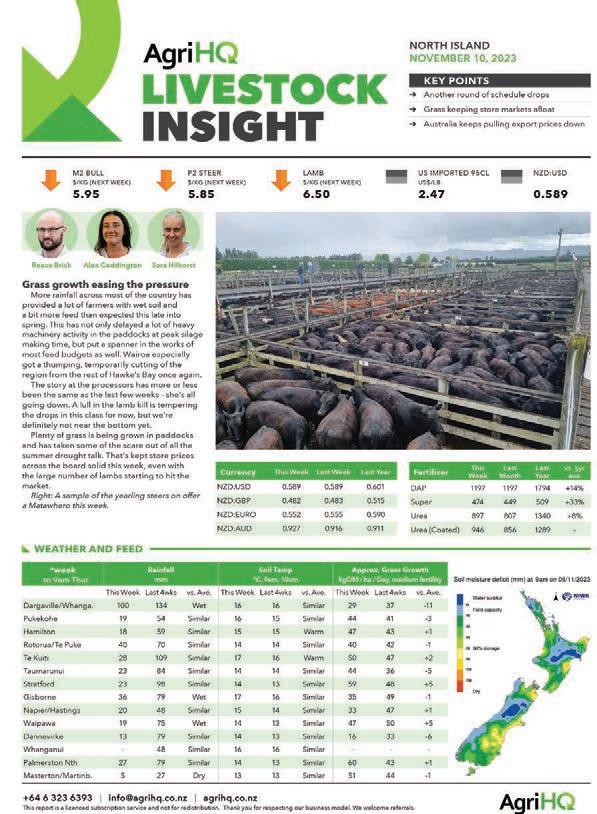












 Philip Duncan NEWS Weather
Philip Duncan NEWS Weather
HOT weather is great when you’re on holiday, but when you’re trying to work it can sure make life tricky. Hot weather – especially when we have a windy nor’wester with it –can make us more irritable/short fused and more irrational, and things we might be stressed about can become more of a burden.
With so much dry and hot weather around so much of New Zealand, some cooler air flows may be just what the doctor (or forecaster) ordered.
We have more days with heat these days. Our longrange departure from normal temperature maps have become boring to use because, almost without fail, every month leans 0.5degC to 1degC above normal. (“Normal” is usually the past 30 or 40 years of temperatures, so the departure-from-normaltemperature maps are a great way of saying “It’s warmer/cooler than the past few decades I’m used to.”) And it seems over the last
decade that cold blasts are shorter lived than they once were. I hope they return.
Waikato is an area well known for very cold winter mornings. Despite being farther north than many other regions, Waikato has the perfect basin shape to it, which allows cold air to sink.
When I was a kid in the ’80s and ’90s, daylong frosts, which started at -5degC (or below), were common. These days, not so much.
While I hate to admit it, I’m an Aucklander now. Frosts were a regular thing when I moved to our largest city in 2000. Every year had a frost. Now, years go by without anything worth noticing.
So how much of this is cyclical and how much is climate warming? In my view there isn’t enough NZ data to confirm, but my gut instinct is that it’s likely both.
The Antarctic blast in 2011 that saw heavy snow to sea level in Dunedin, Christchurch and Wellington – and saw snow flurries as far north as Auckland city suburbs and snow on the Northland ranges – was a oncein-30-years event, based on
headlines in the news over the past century.
El Niño is forecast to fade in the months ahead, with most international models picking a neutral winter (but perhaps a touch more westerly flow – which may keep eastern areas hotter and drier for a bit longer).
It seems over the last decade that cold blasts are shorter lived than they once were. I hope they return.
Cooler air is forecast to carry on in Southland, Fiordland and coastal Otago, but the El Niño side to autumn may well keep milder westerlies and hotter nor’westers in the mix from time to time elsewhere. Just like it did in spring (especially early spring).
But here’s one last part of the equation – the nights are getting longer, faster. In fact, in the month of March we lose around 20 minutes of daylight each and every week, so by the end of this month that’s one hour of heat removed from each and every day.

ORANGE COUNTRY: The mean temperature for February. El Niño is forecast to fade in the months ahead.

EITHER SIDE OF NORMAL: The temperature anomaly map for February shows how much warmer or cooler than normal it was.
• NZ kicks off with an autumn storm this week
• The week ends with high pressure and summer weather returning





